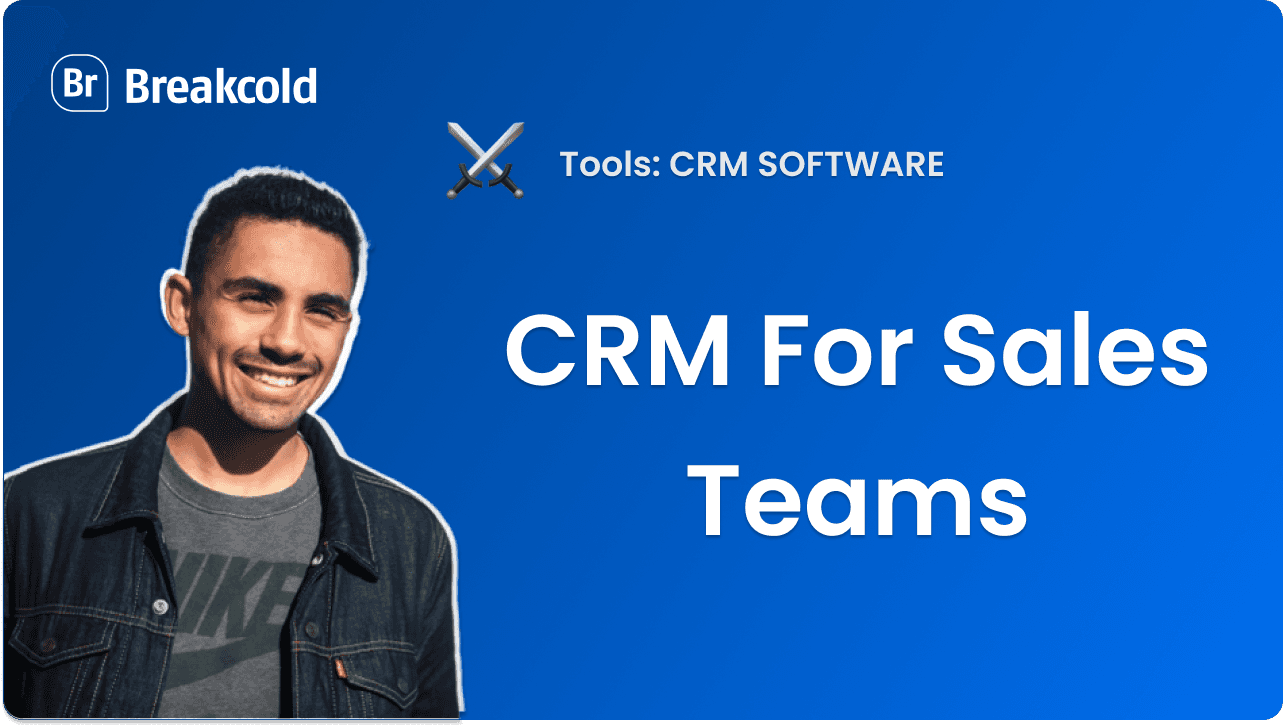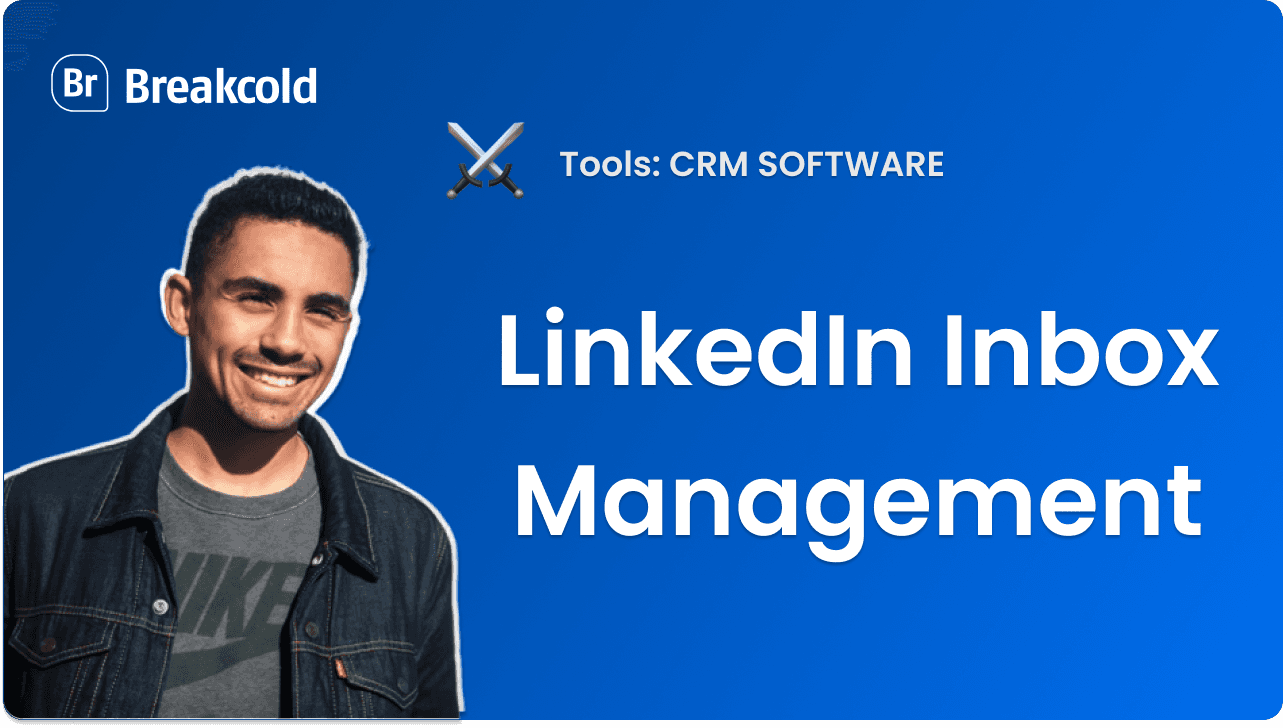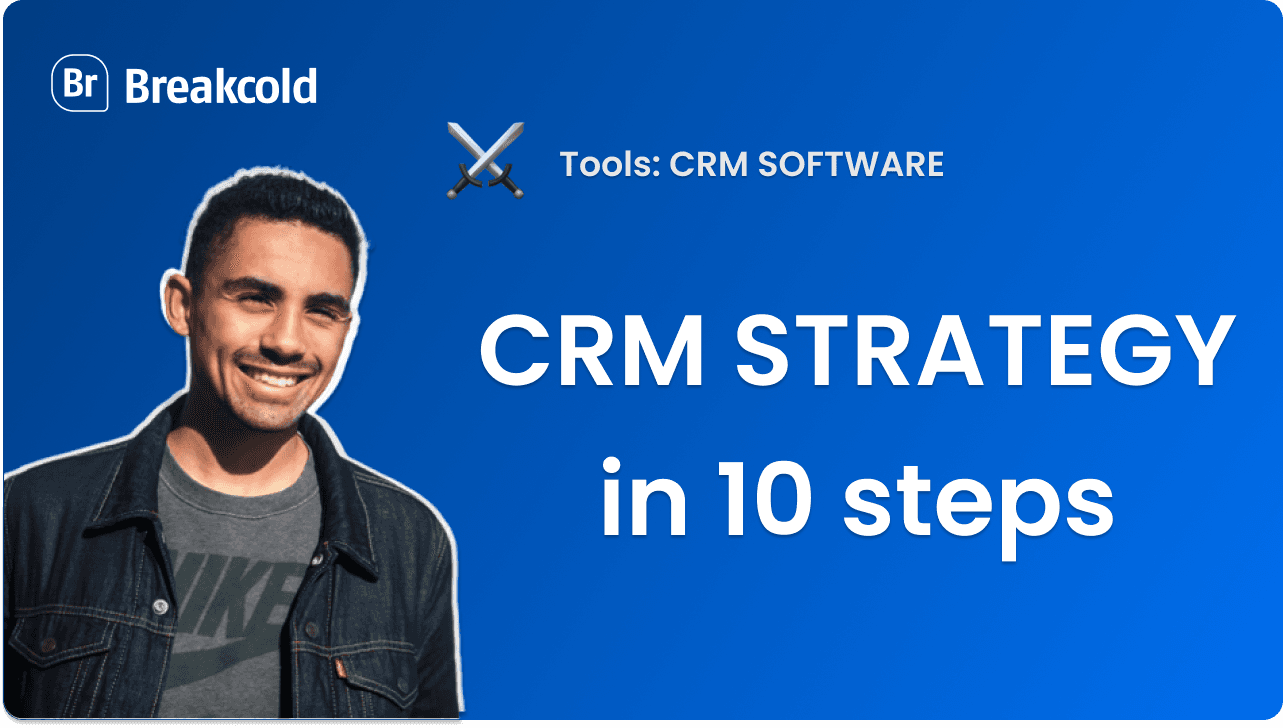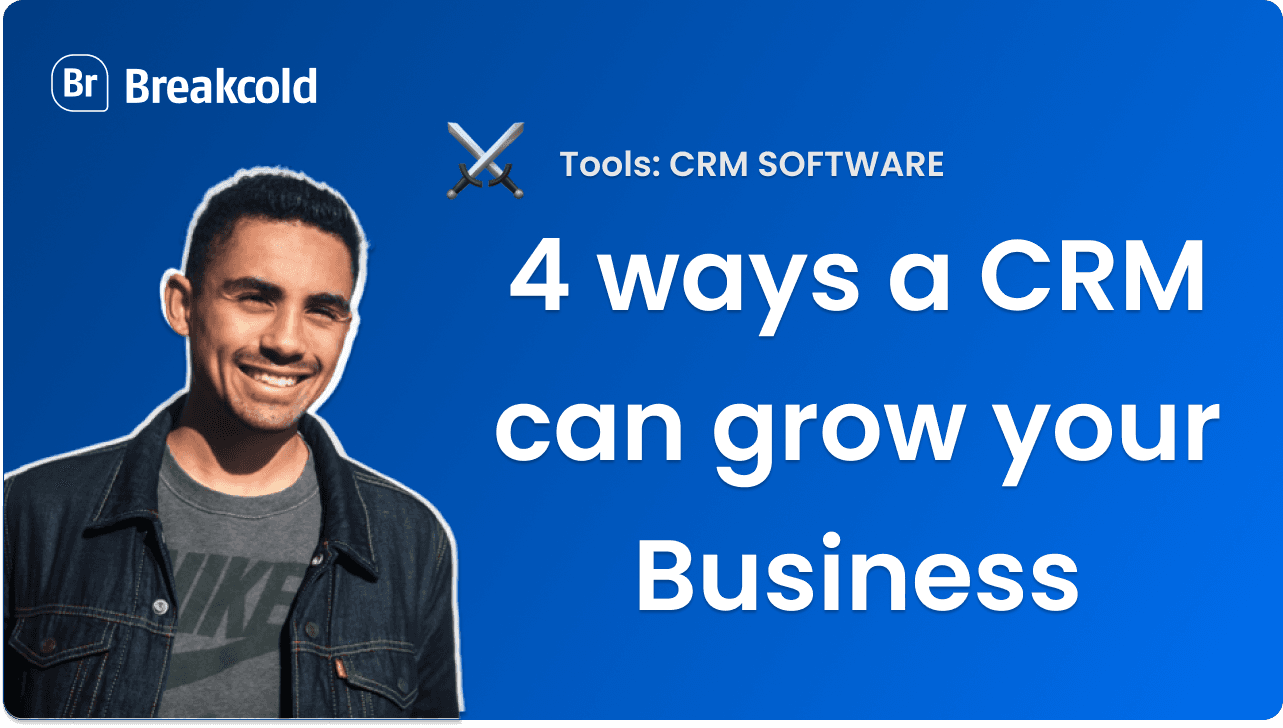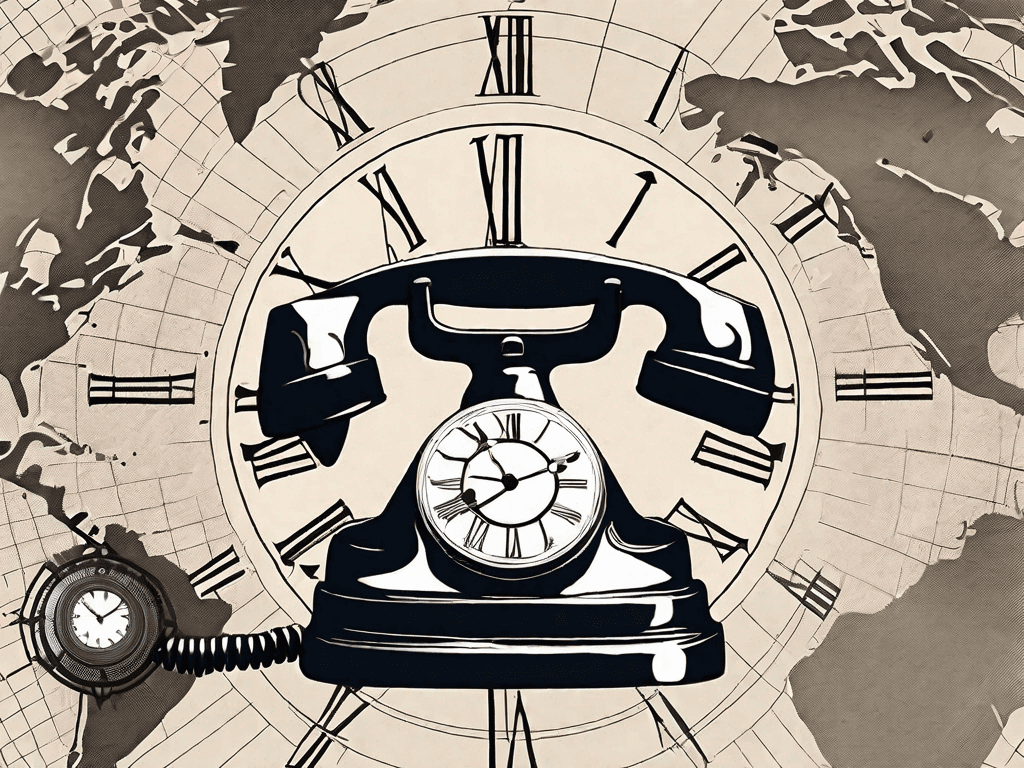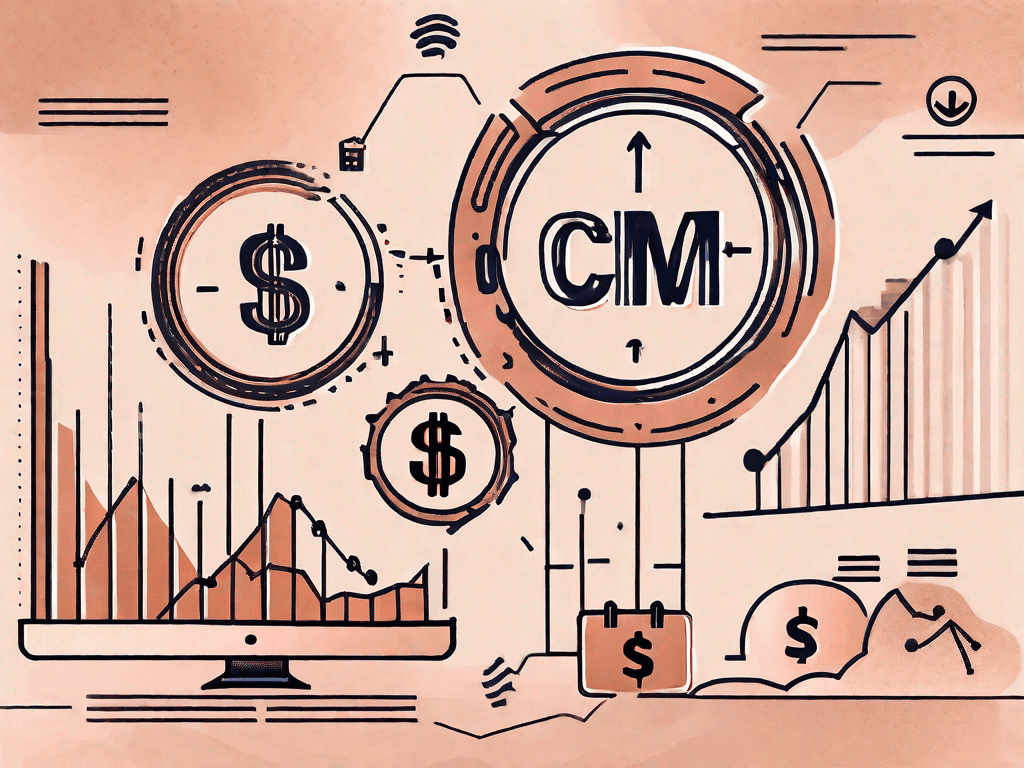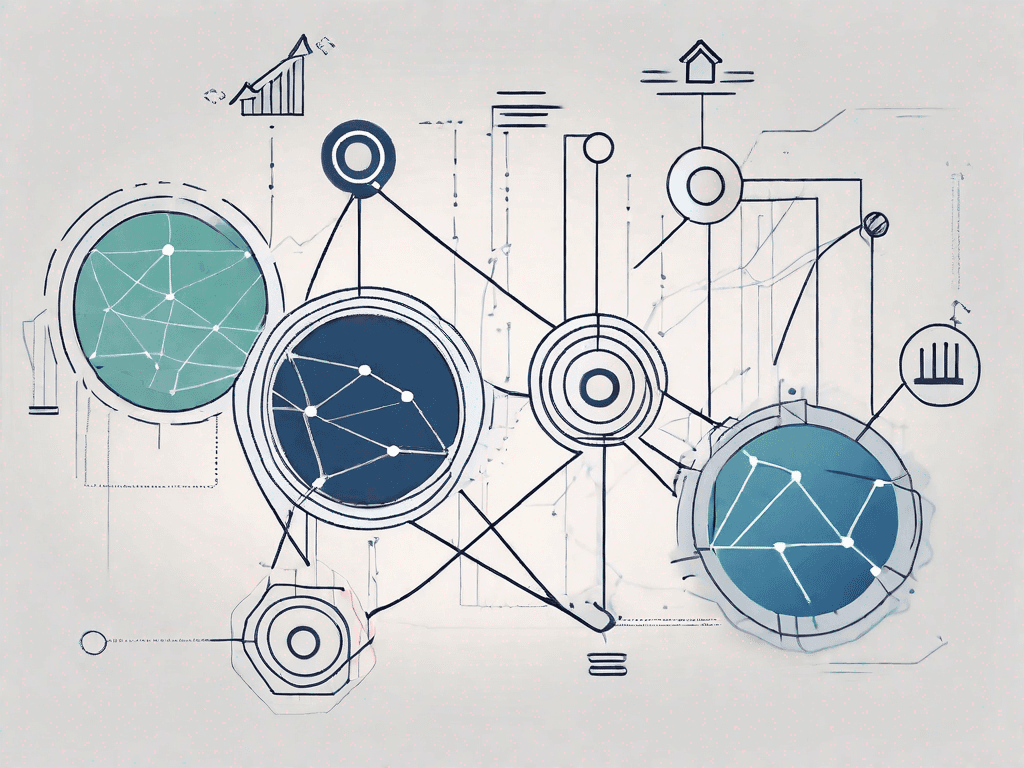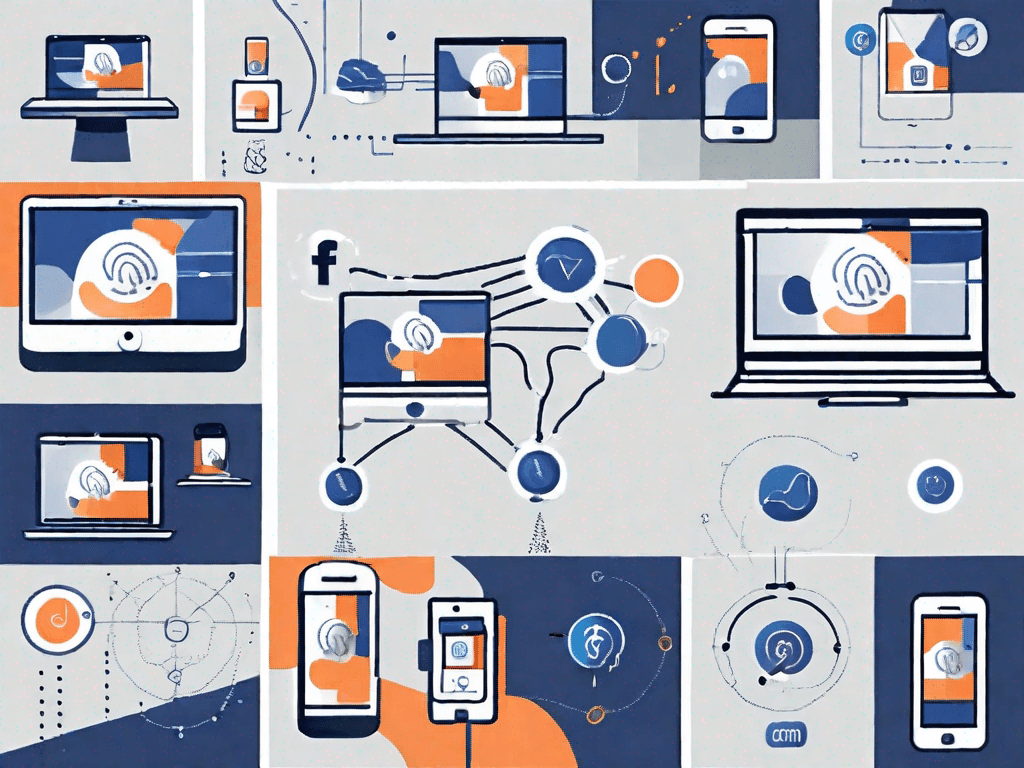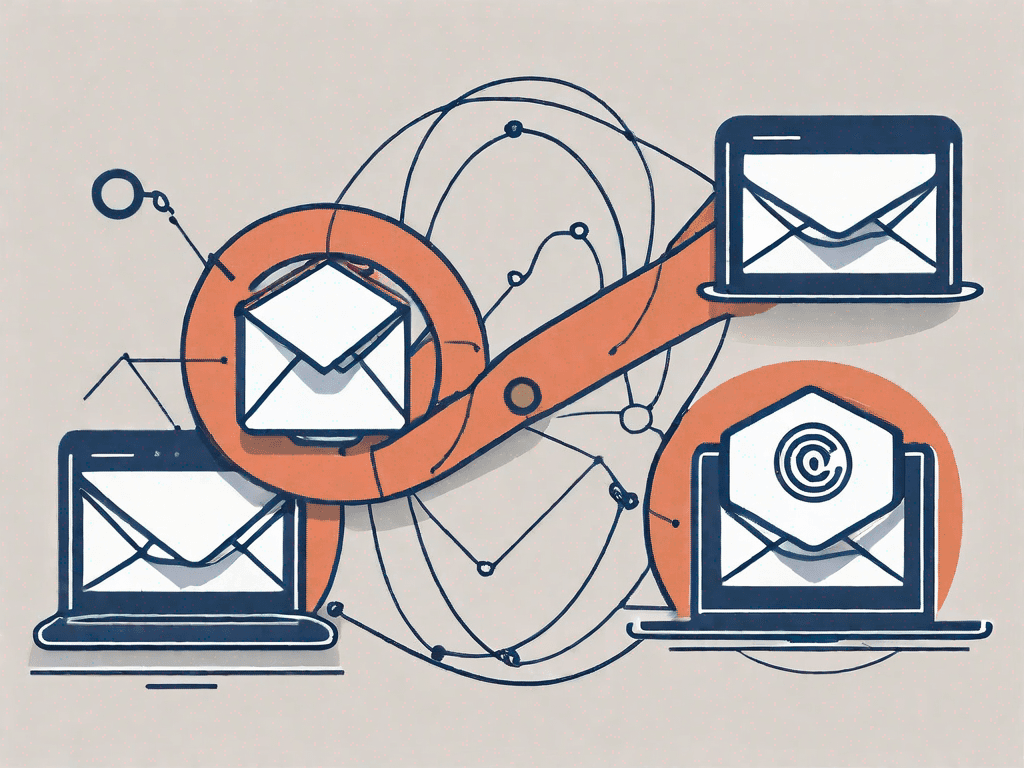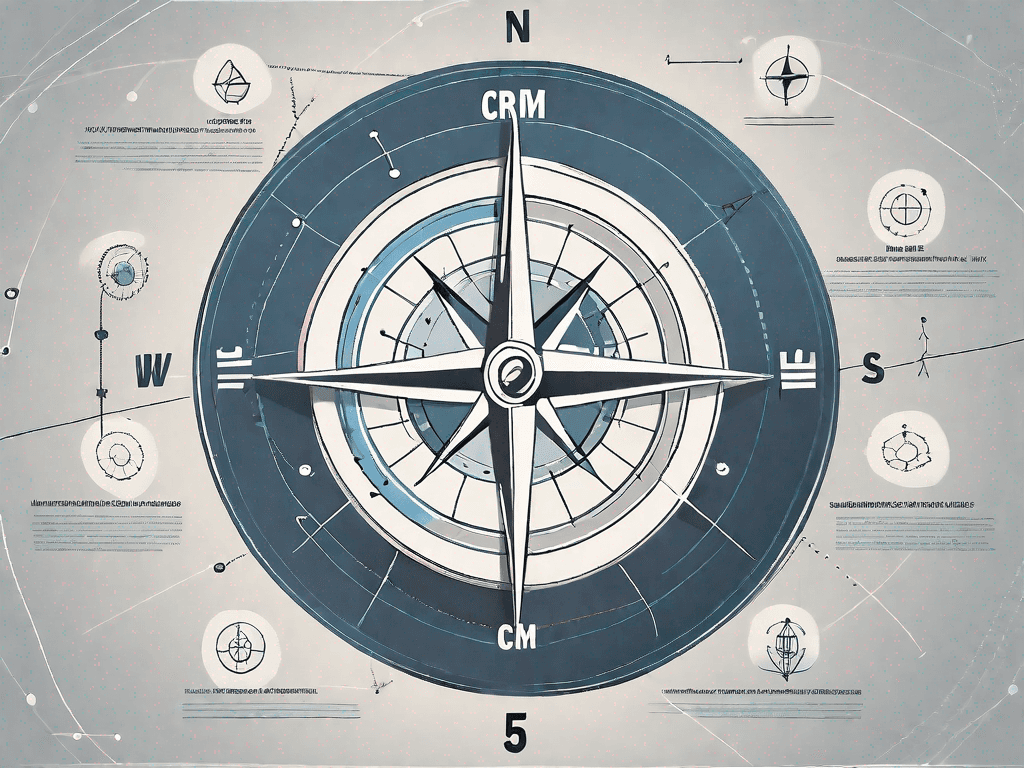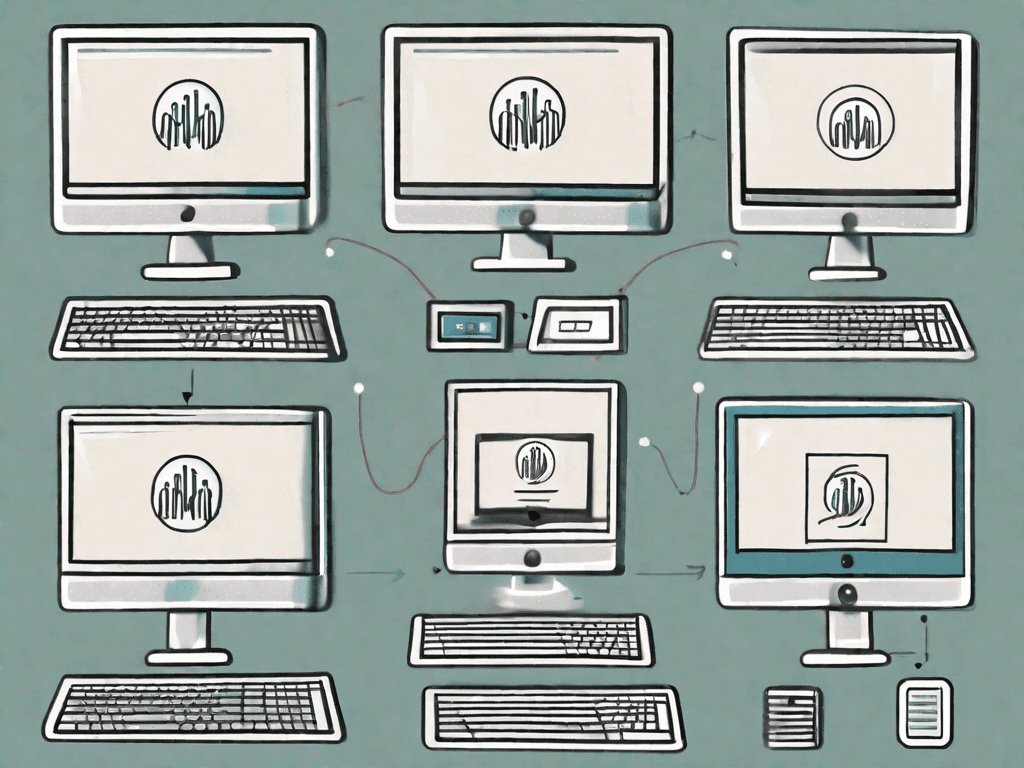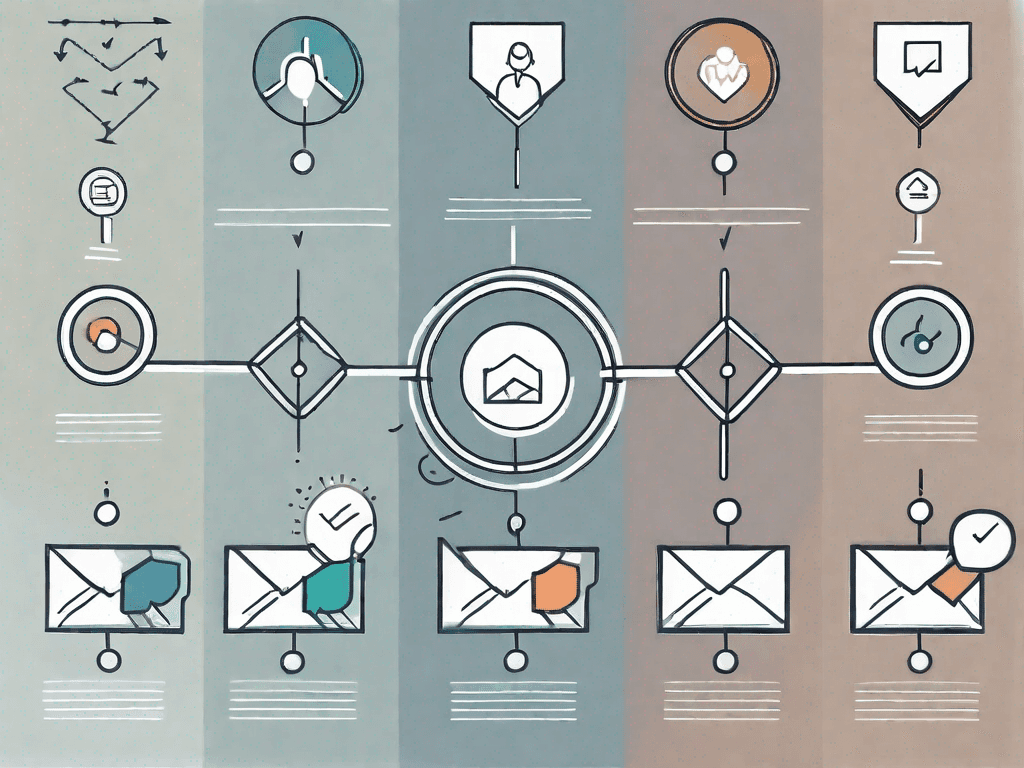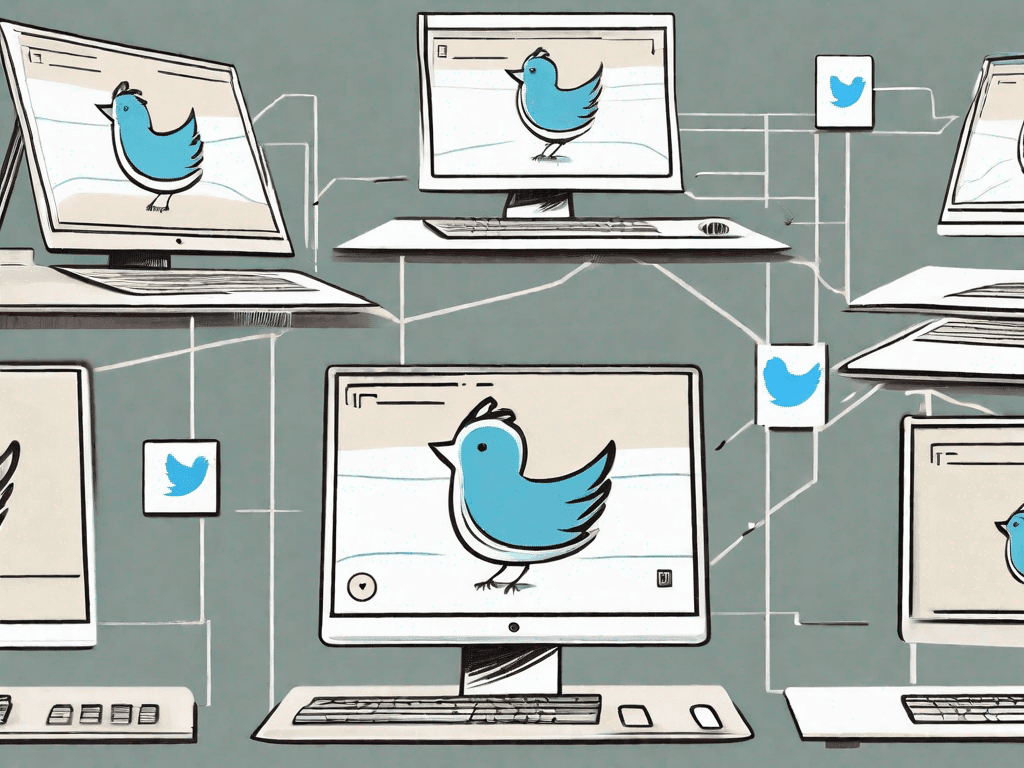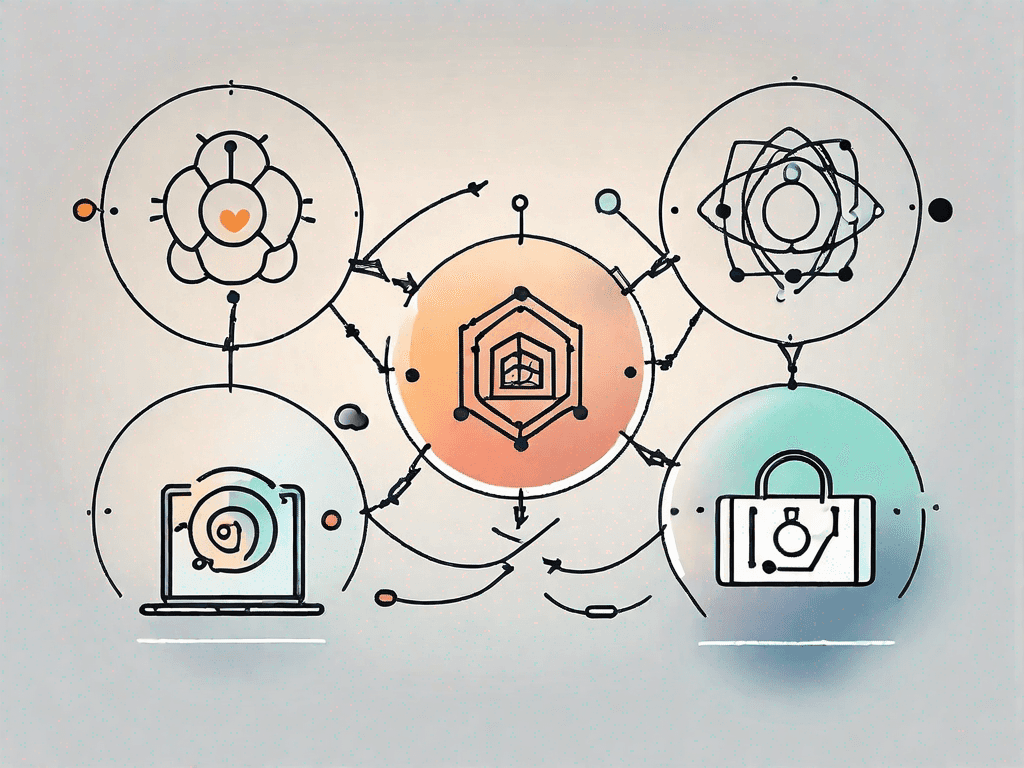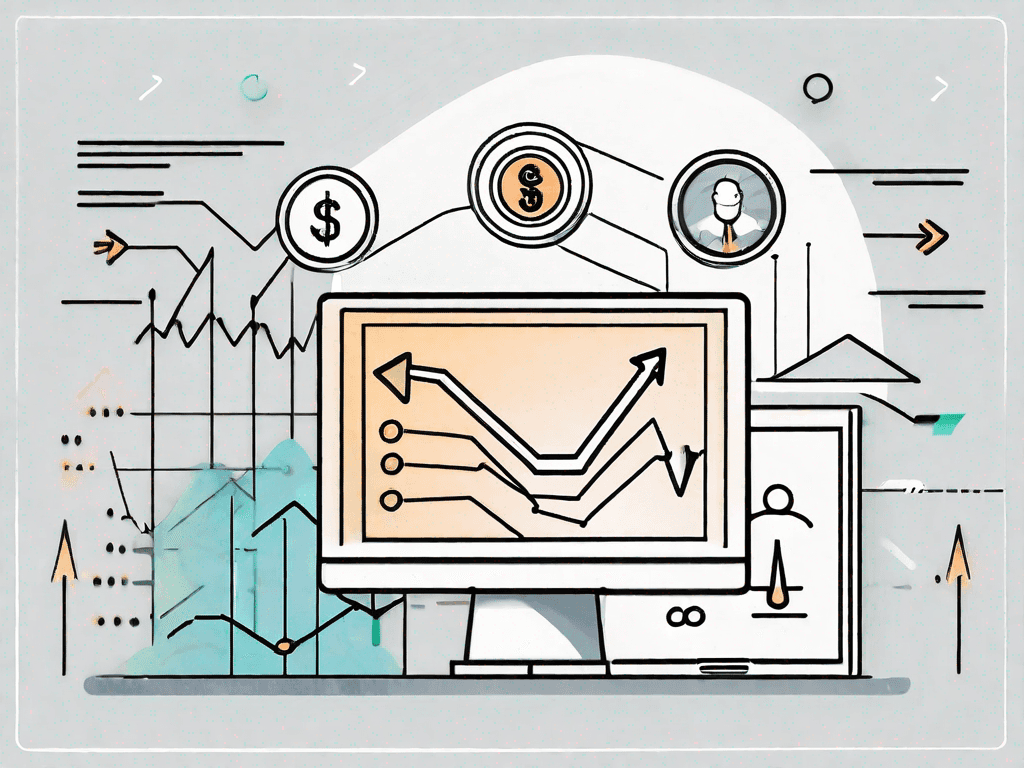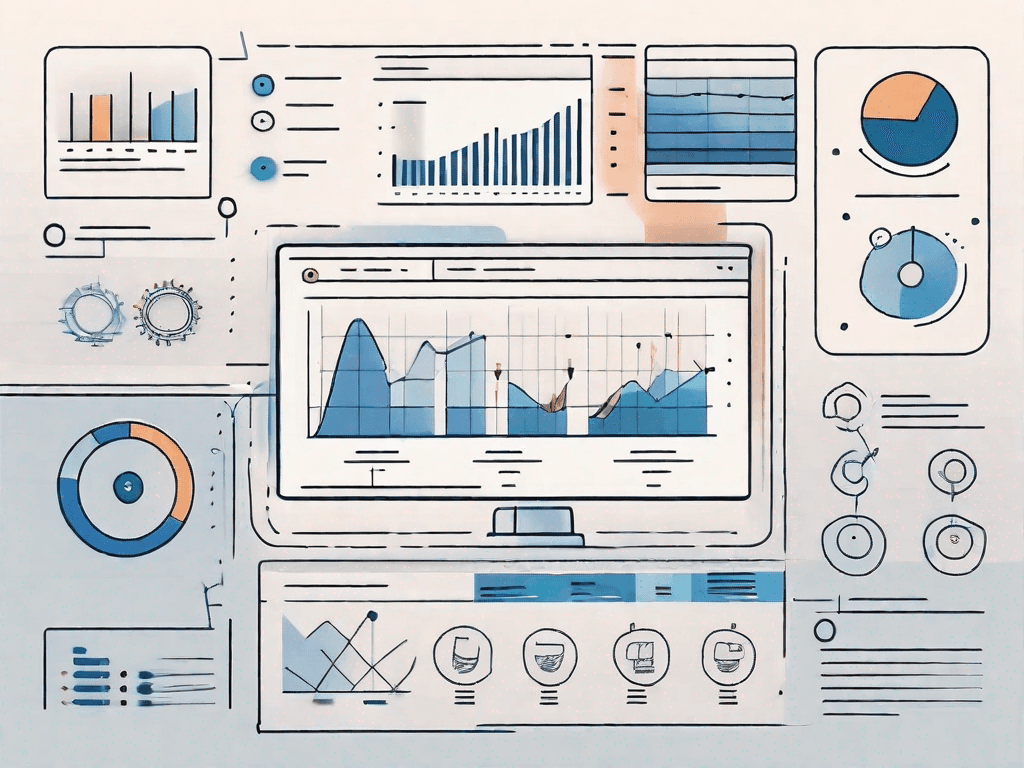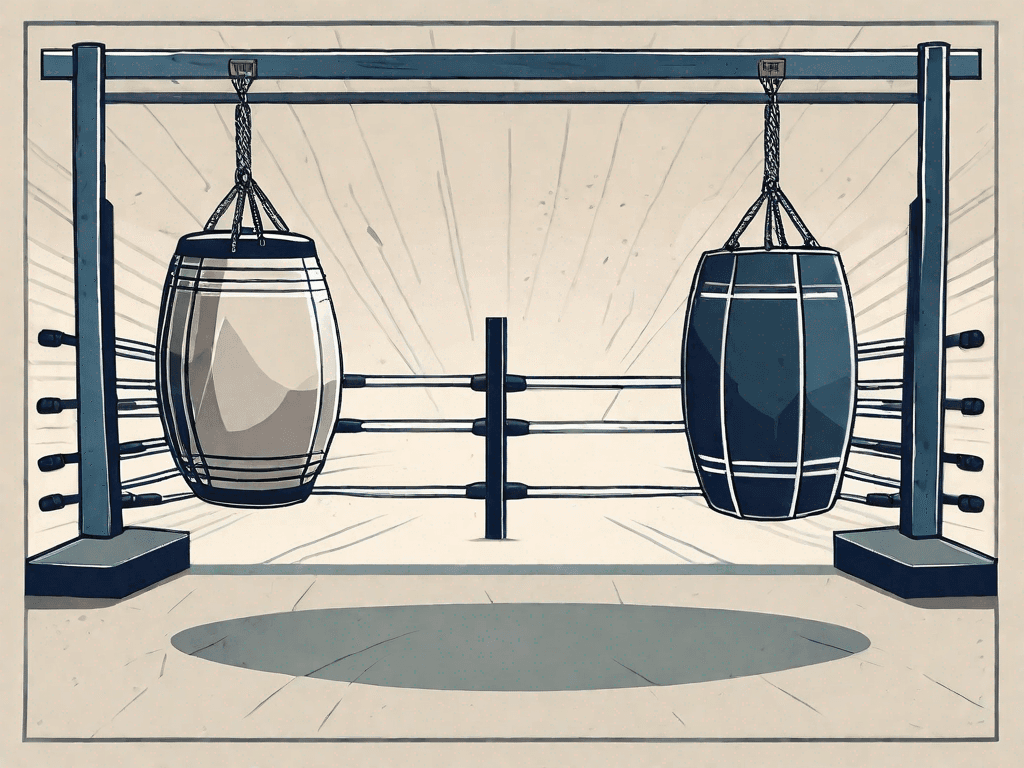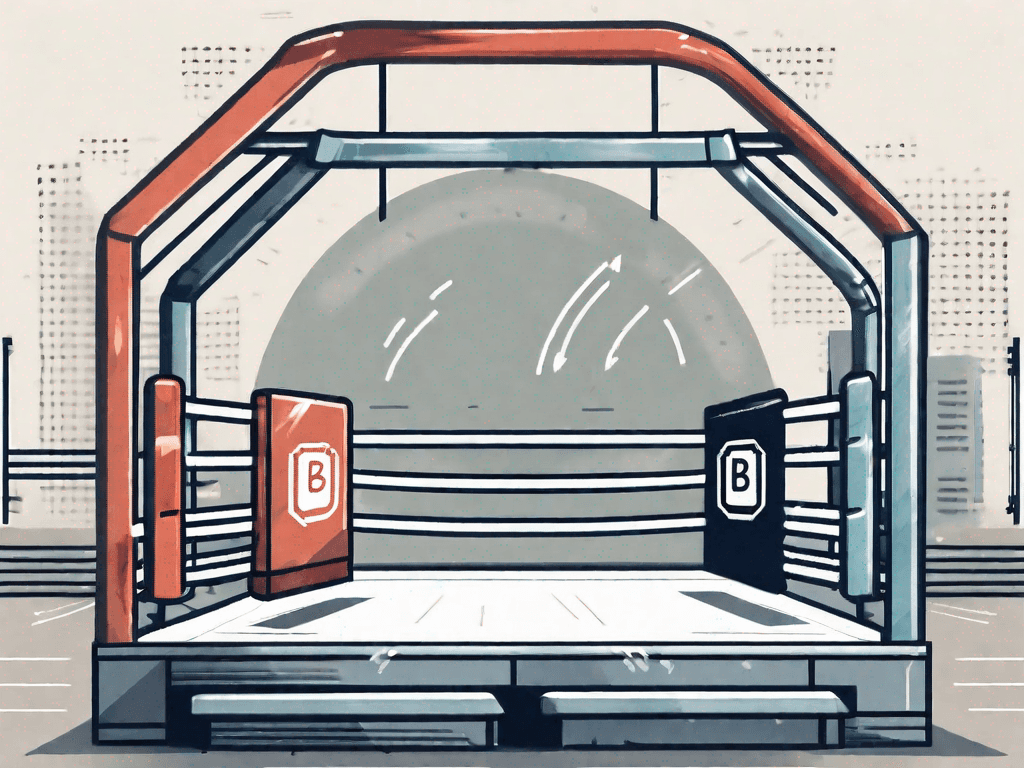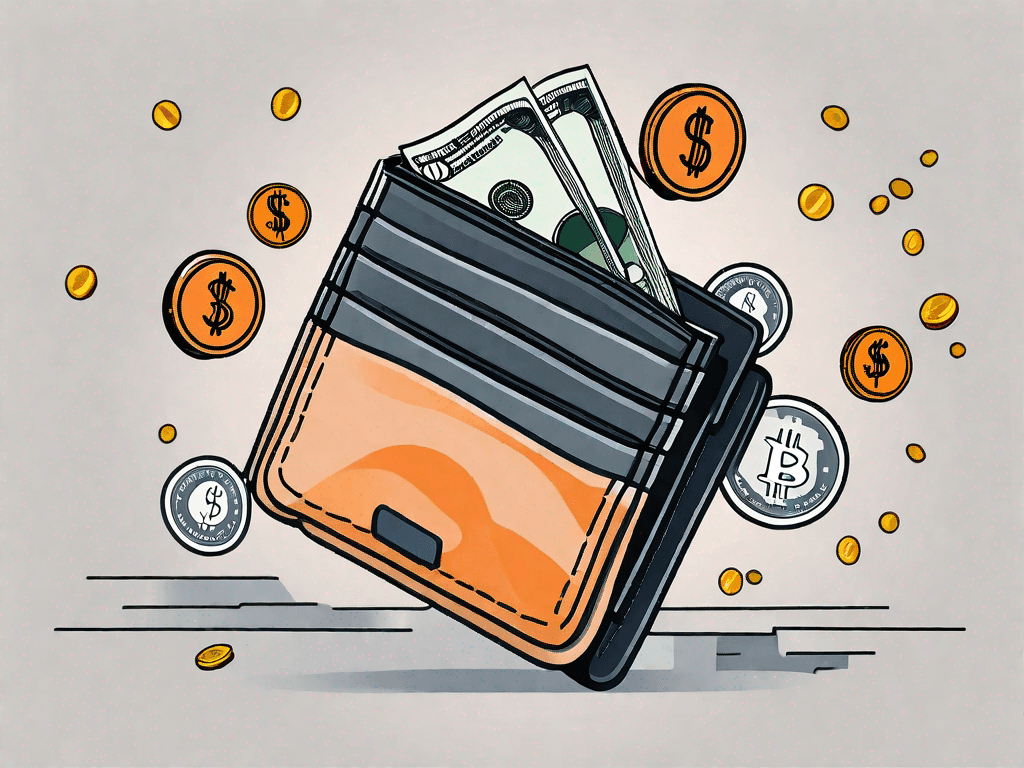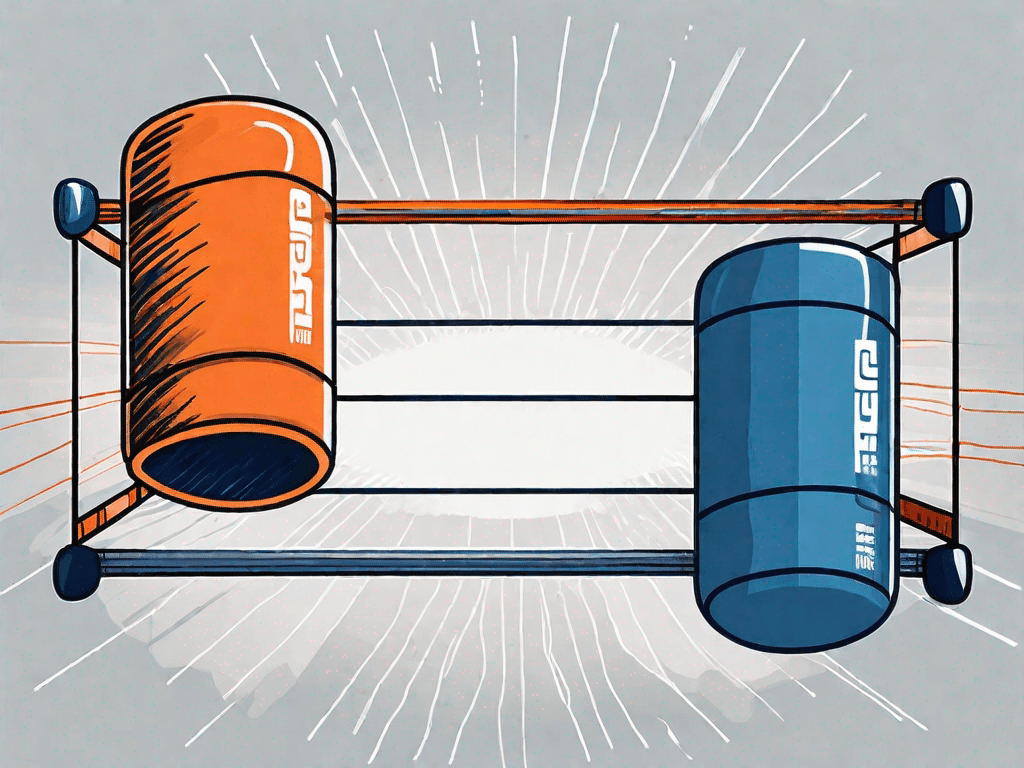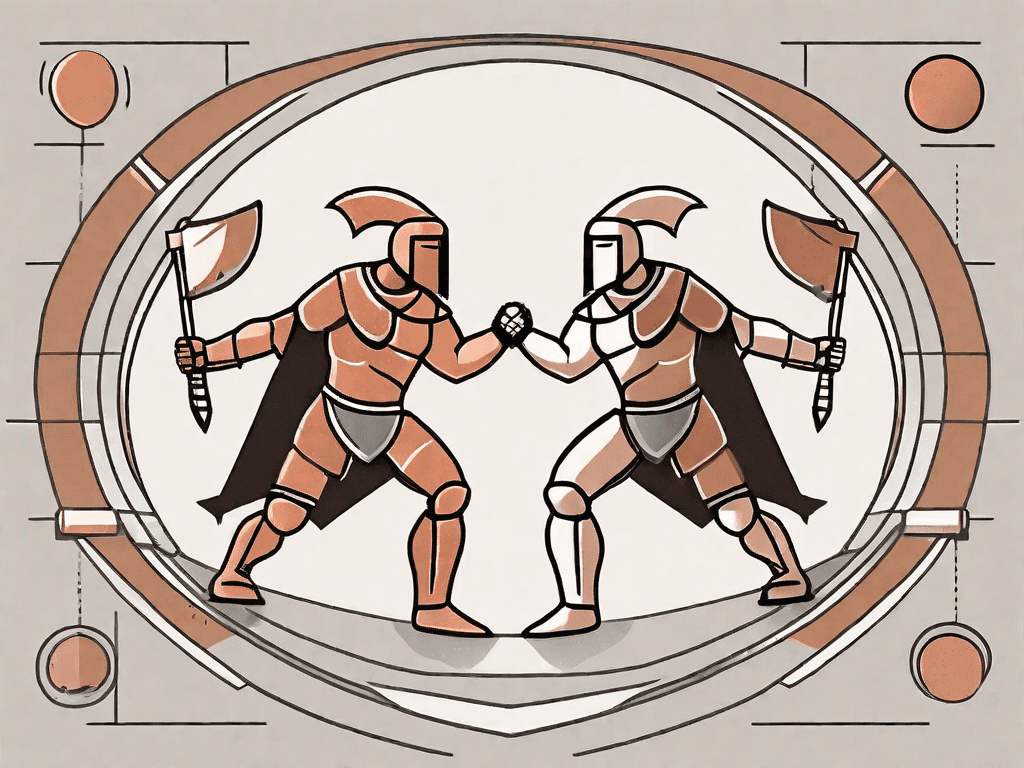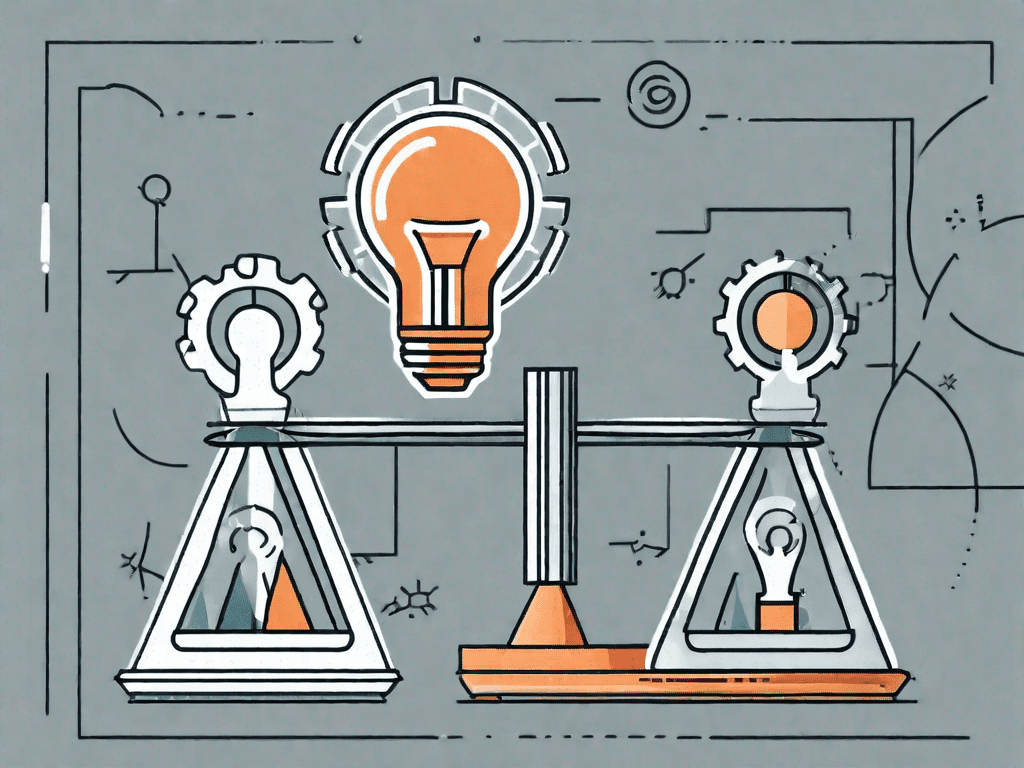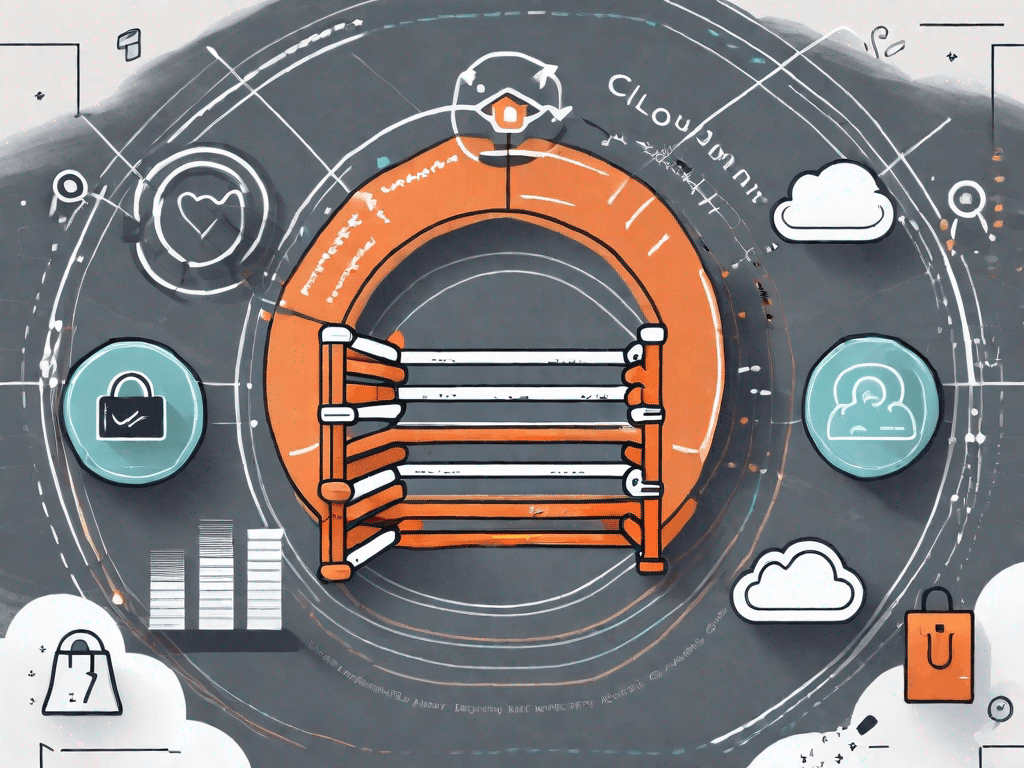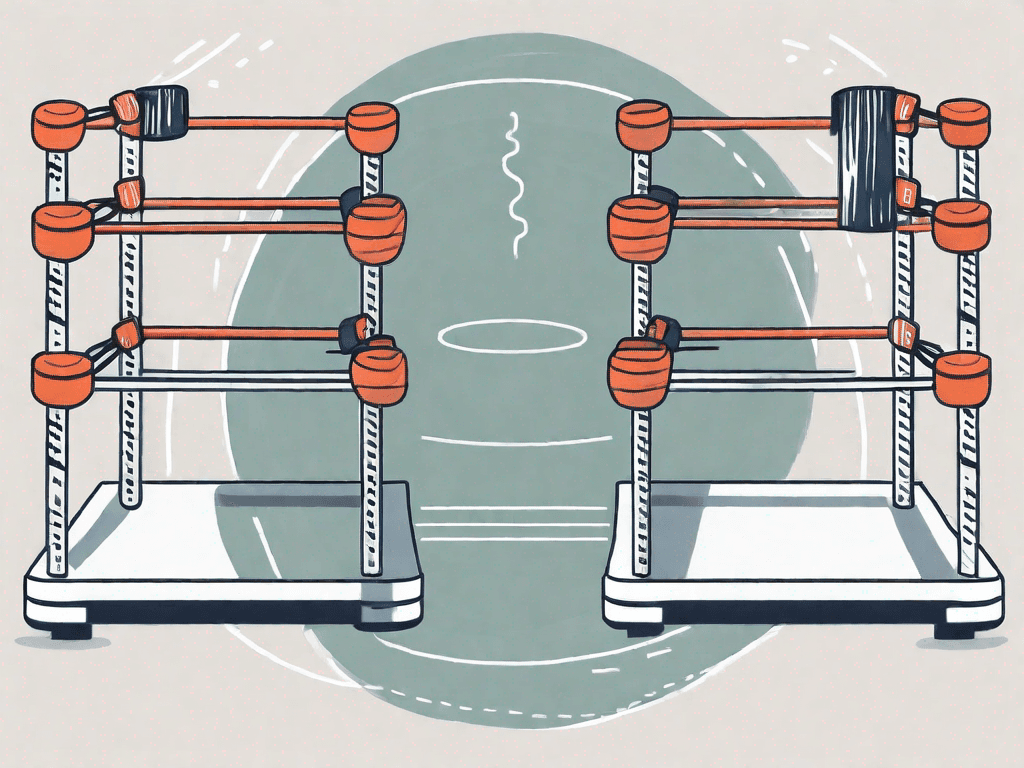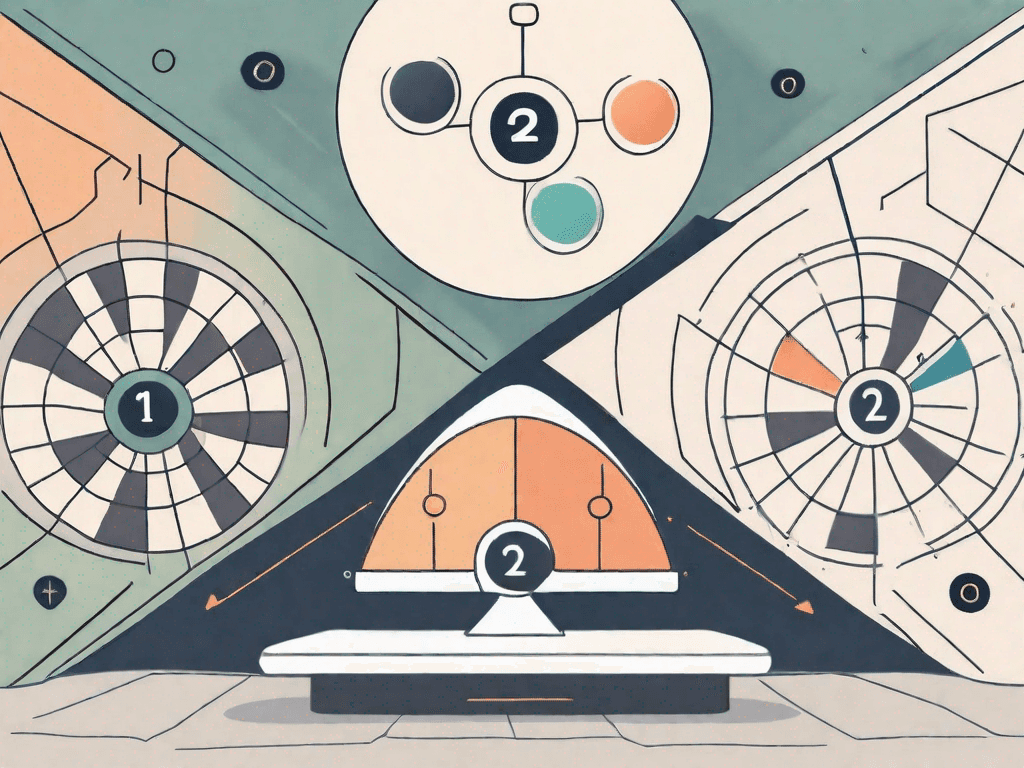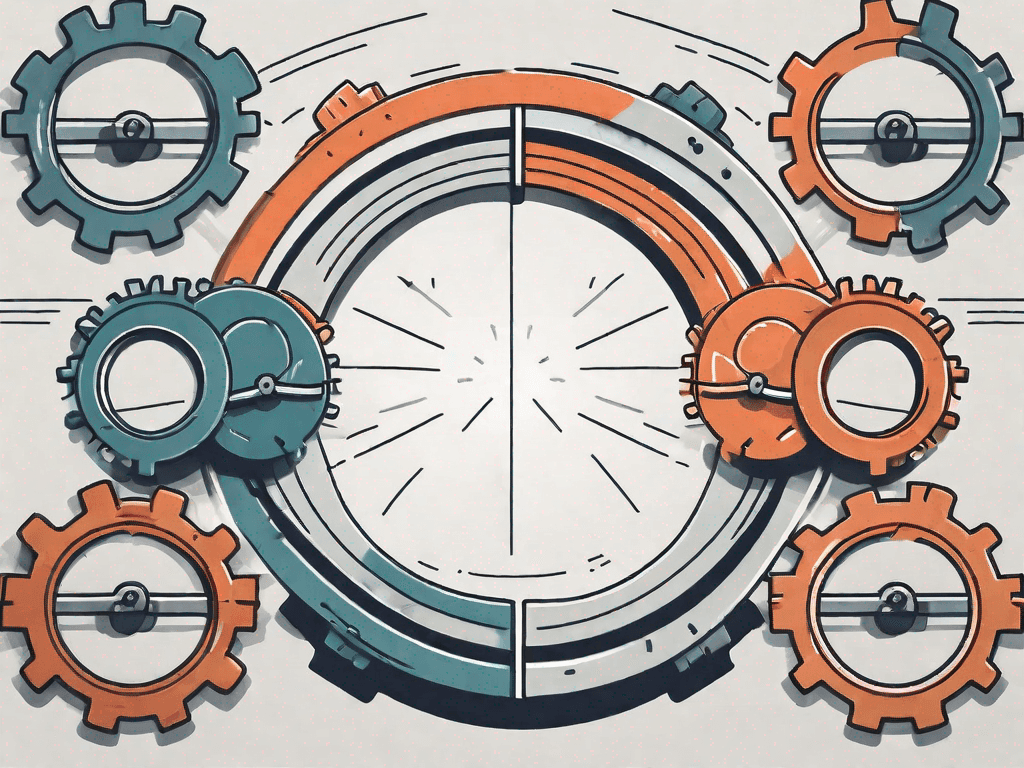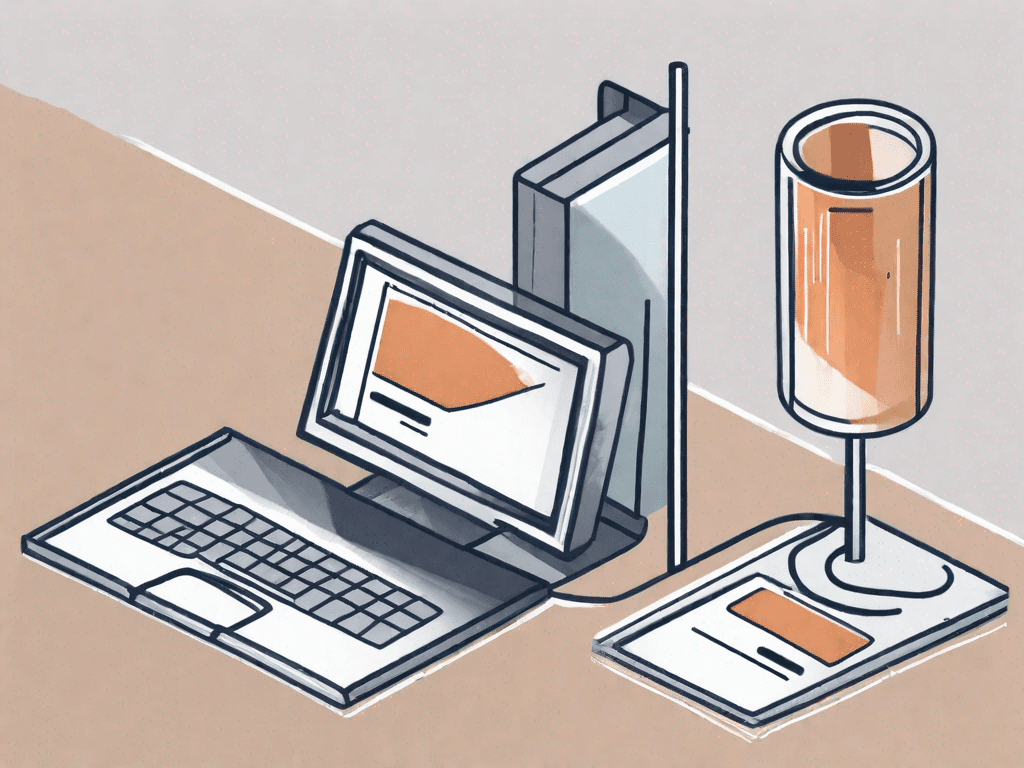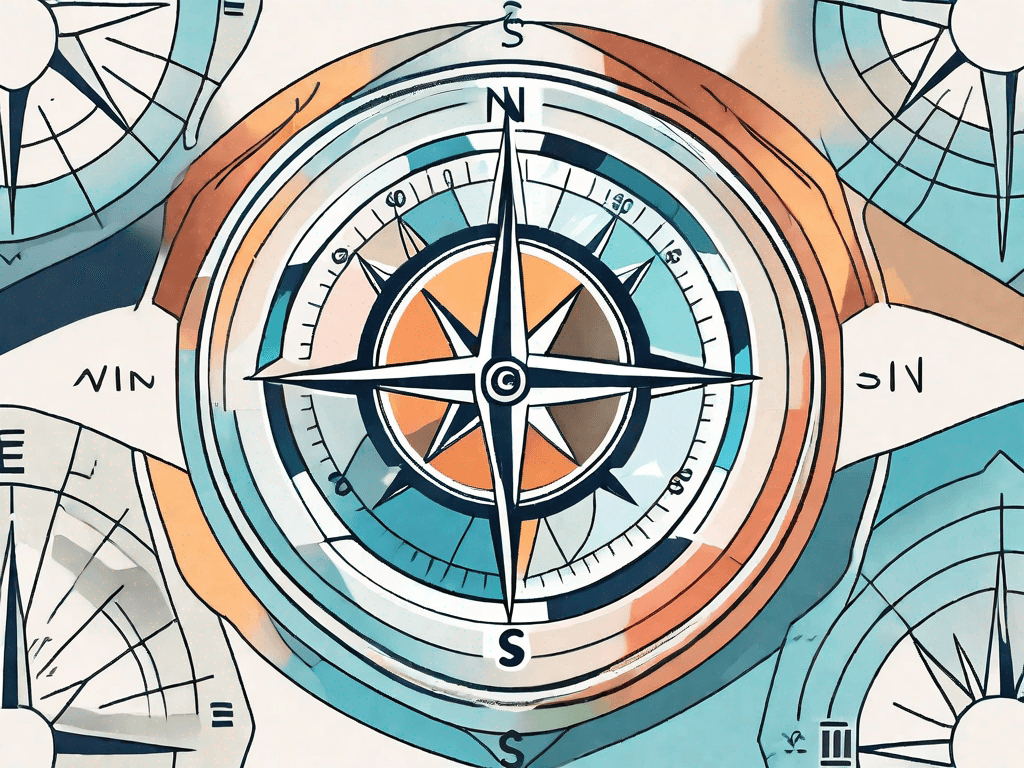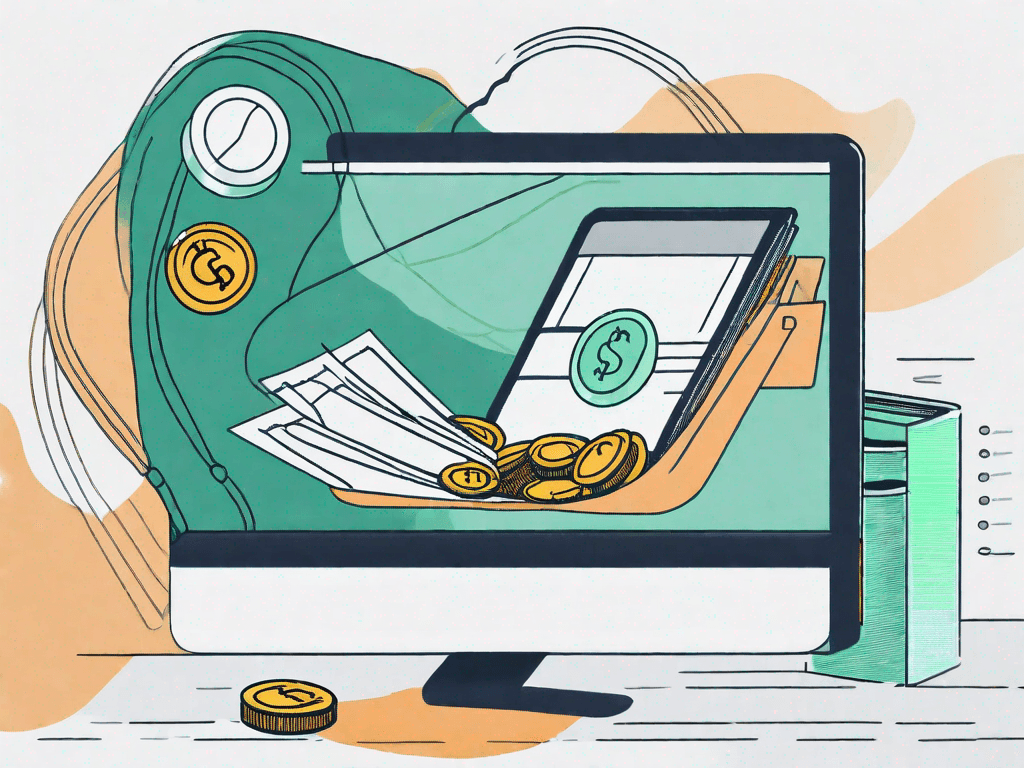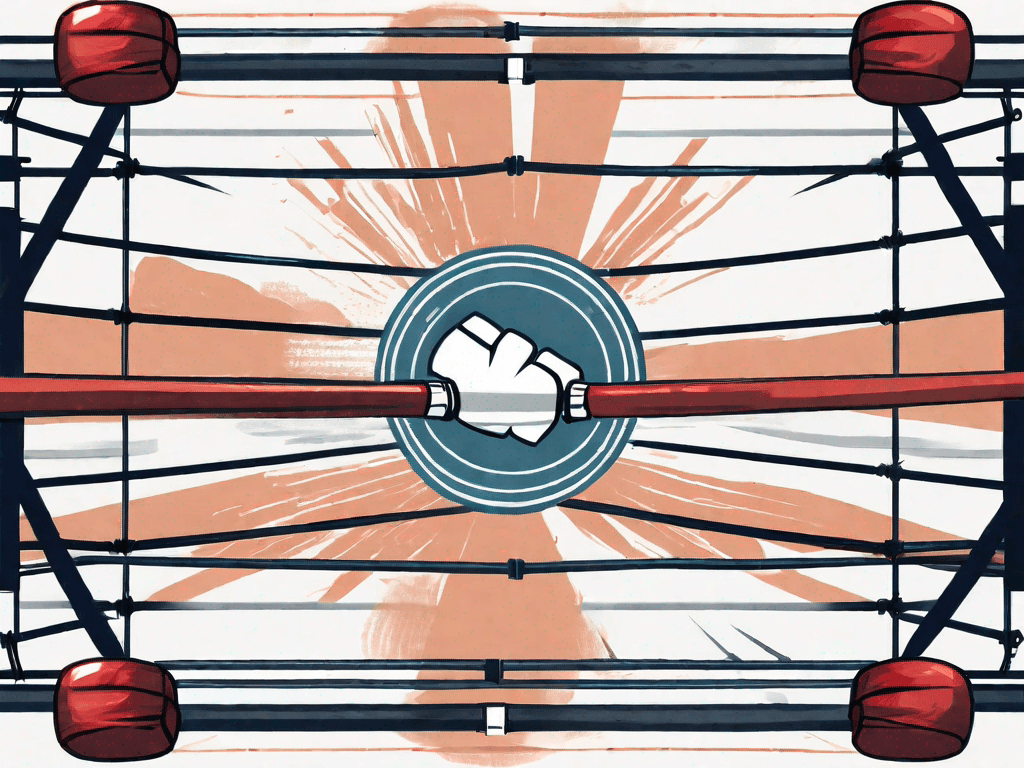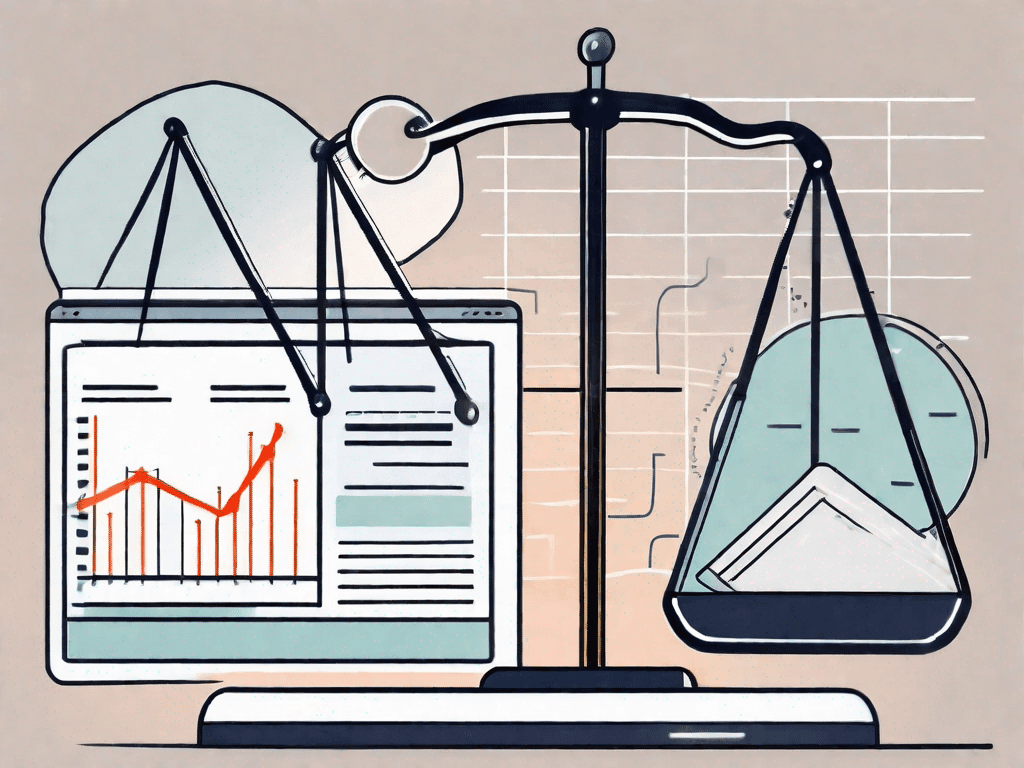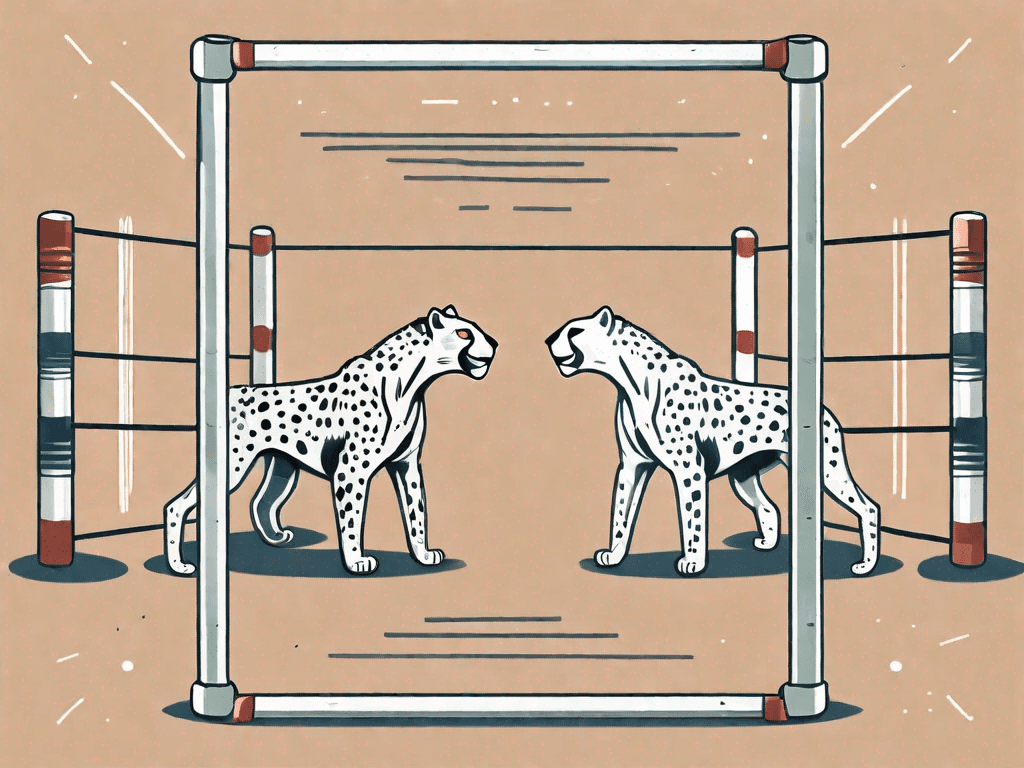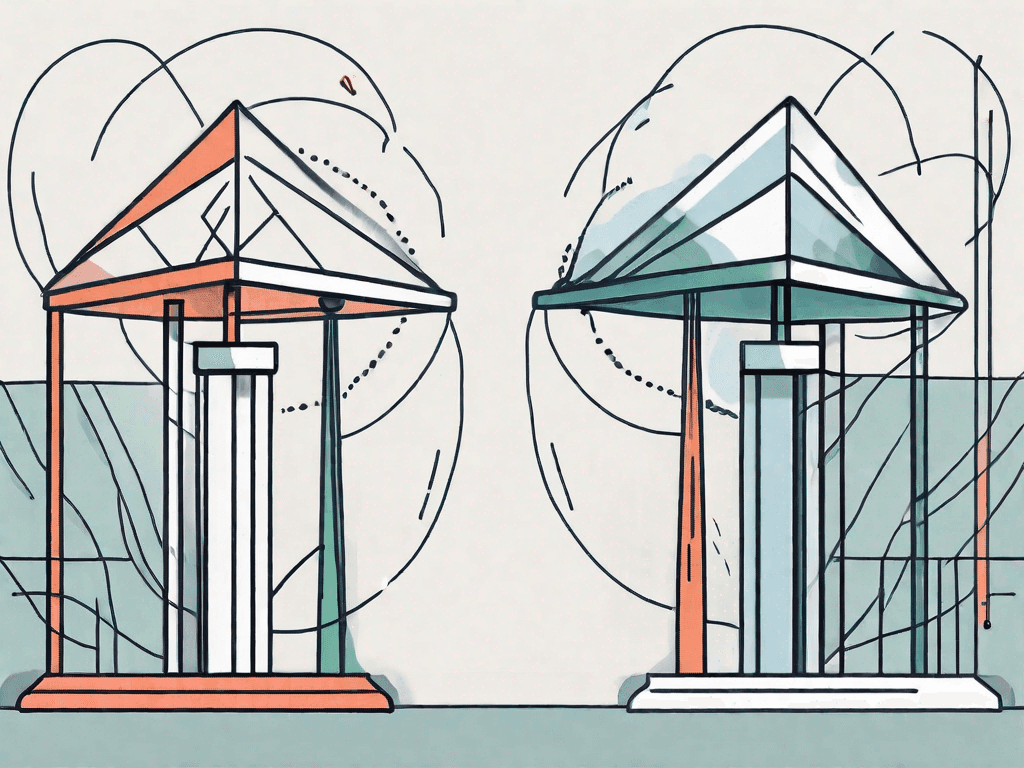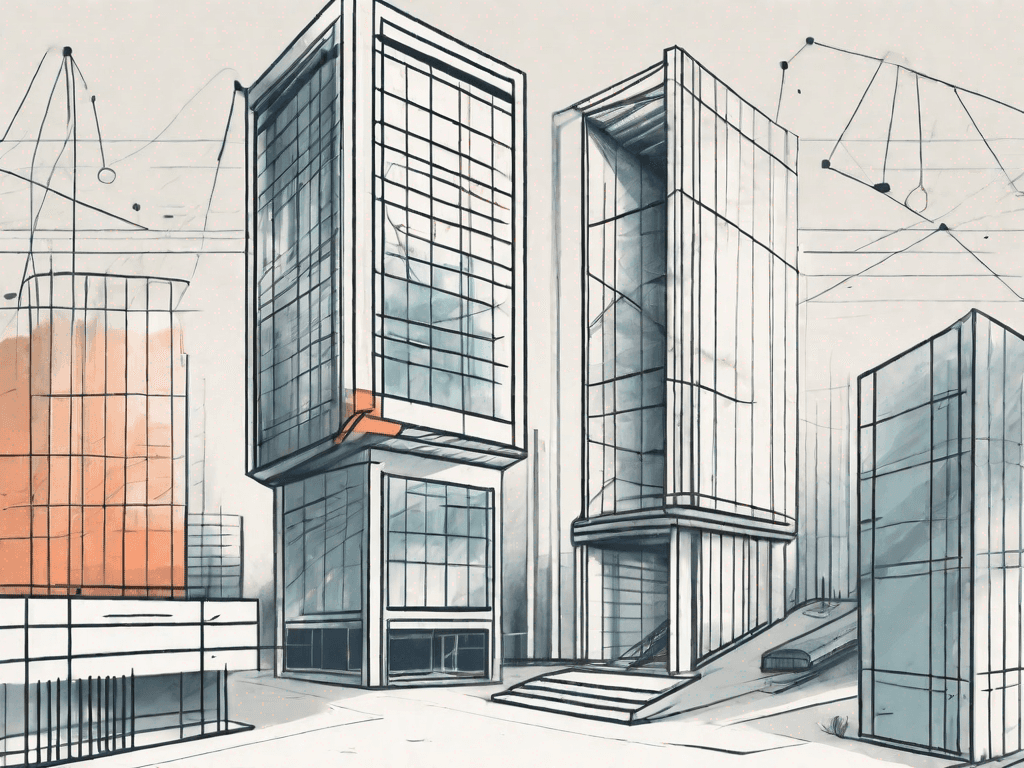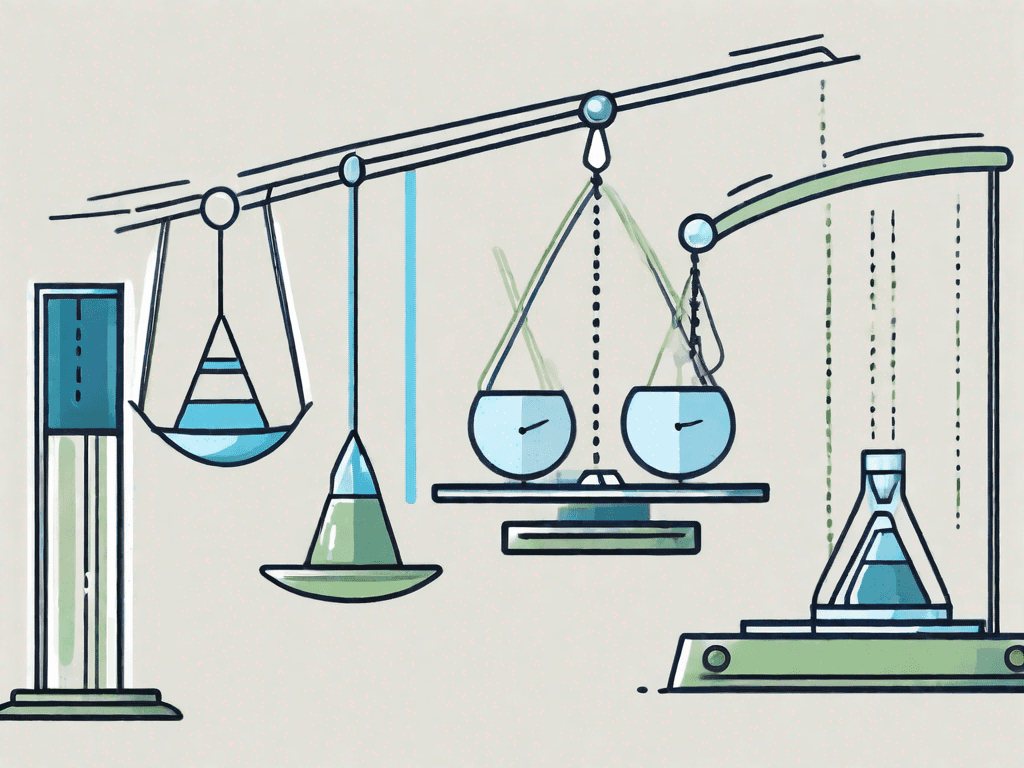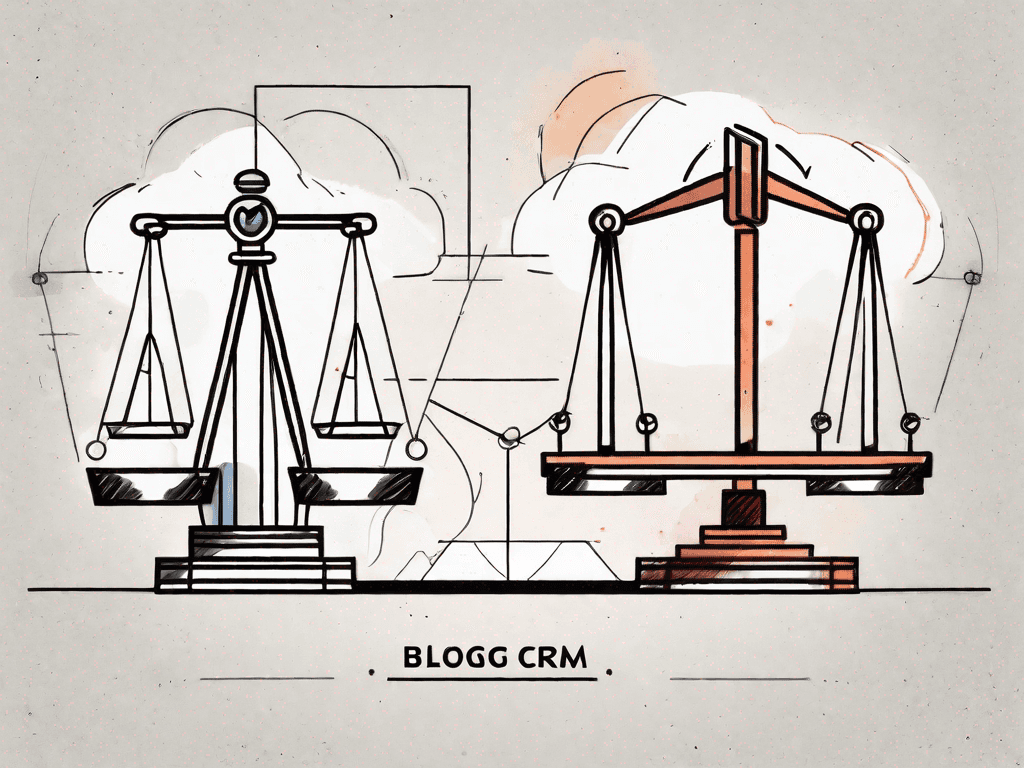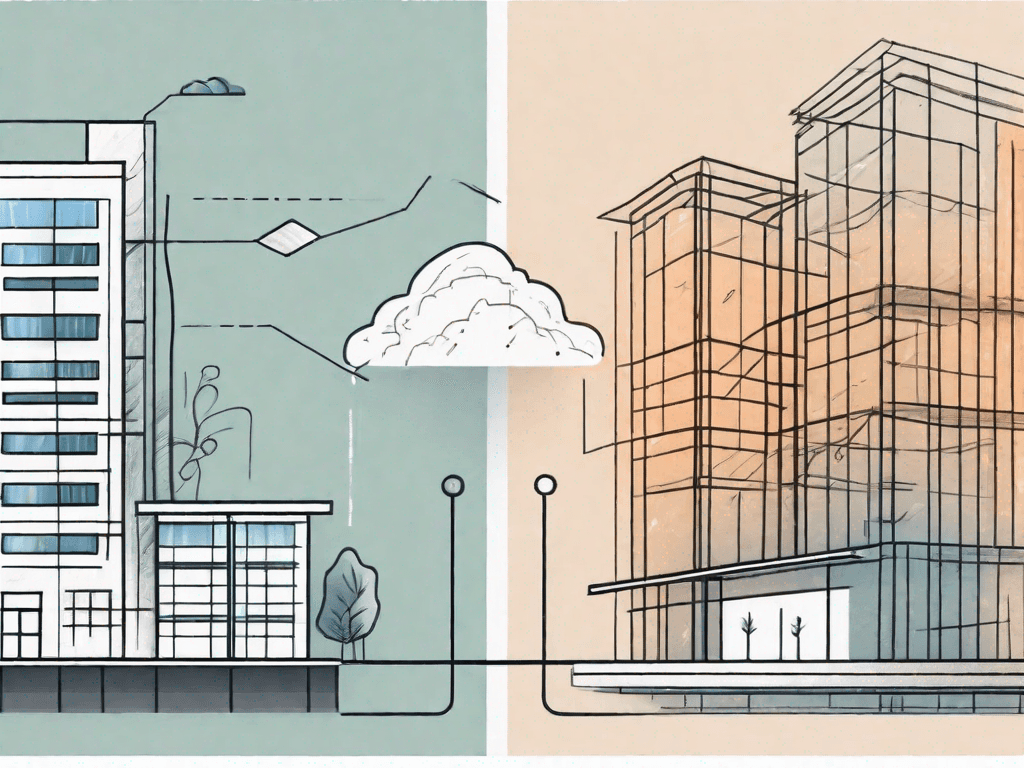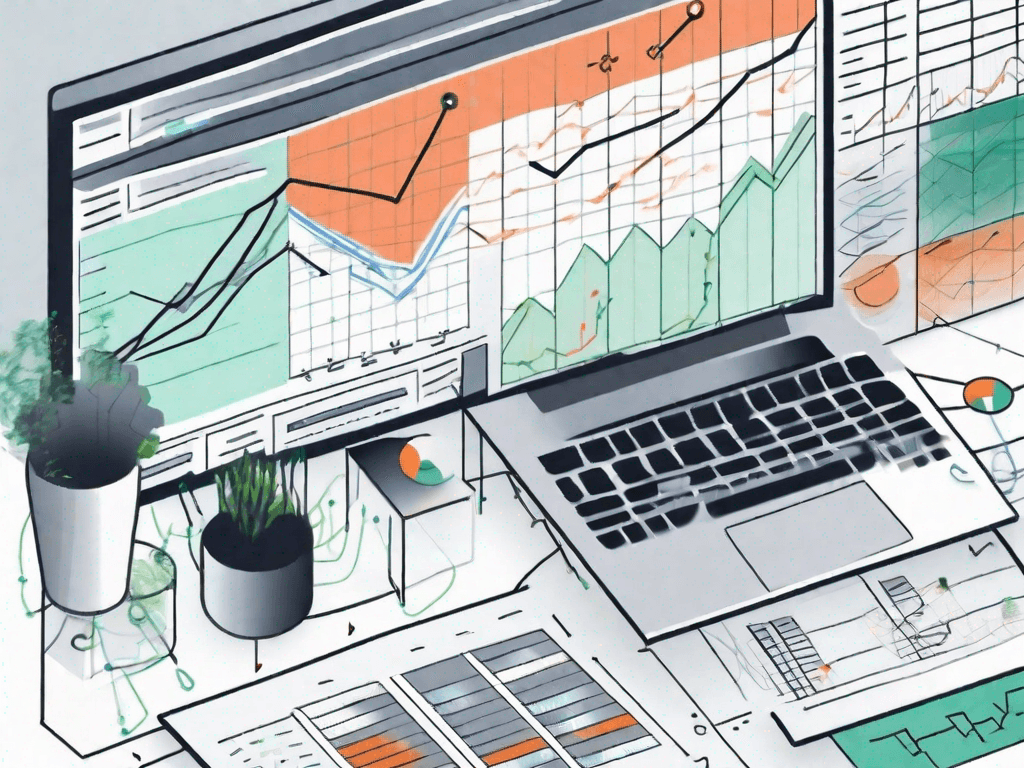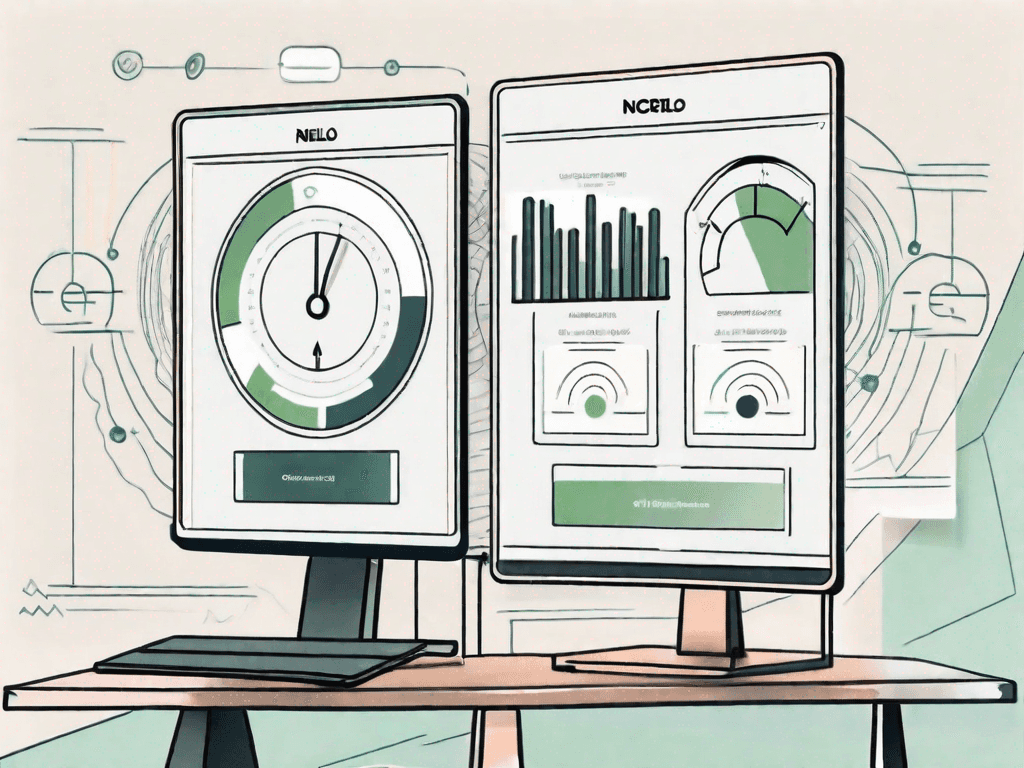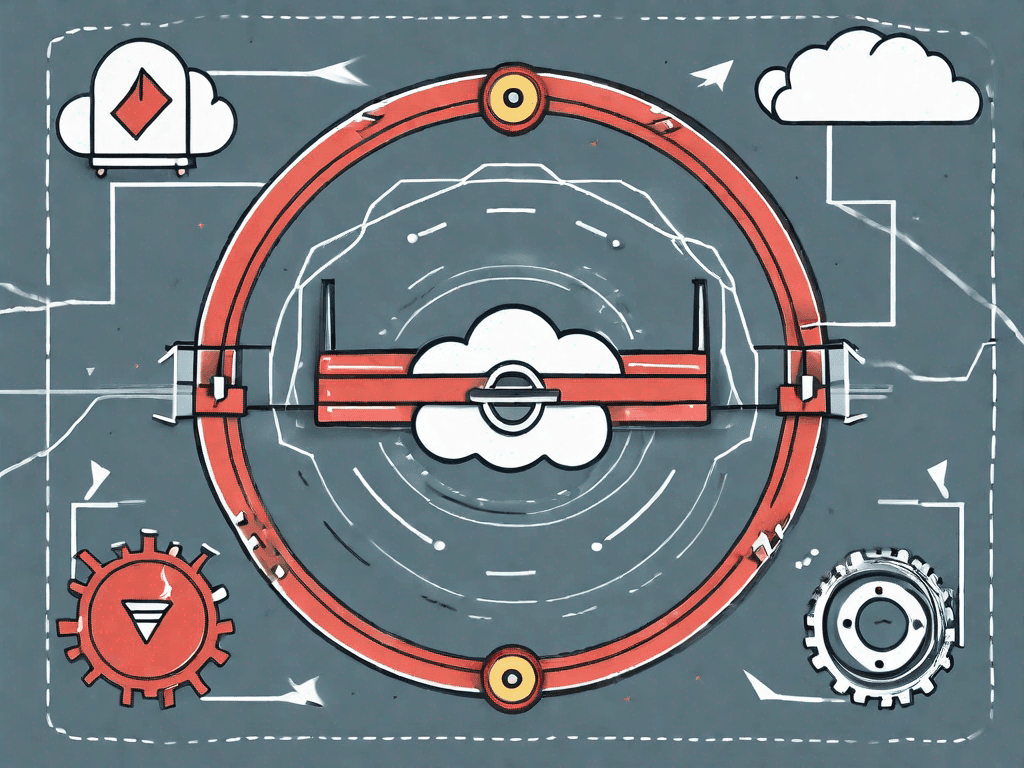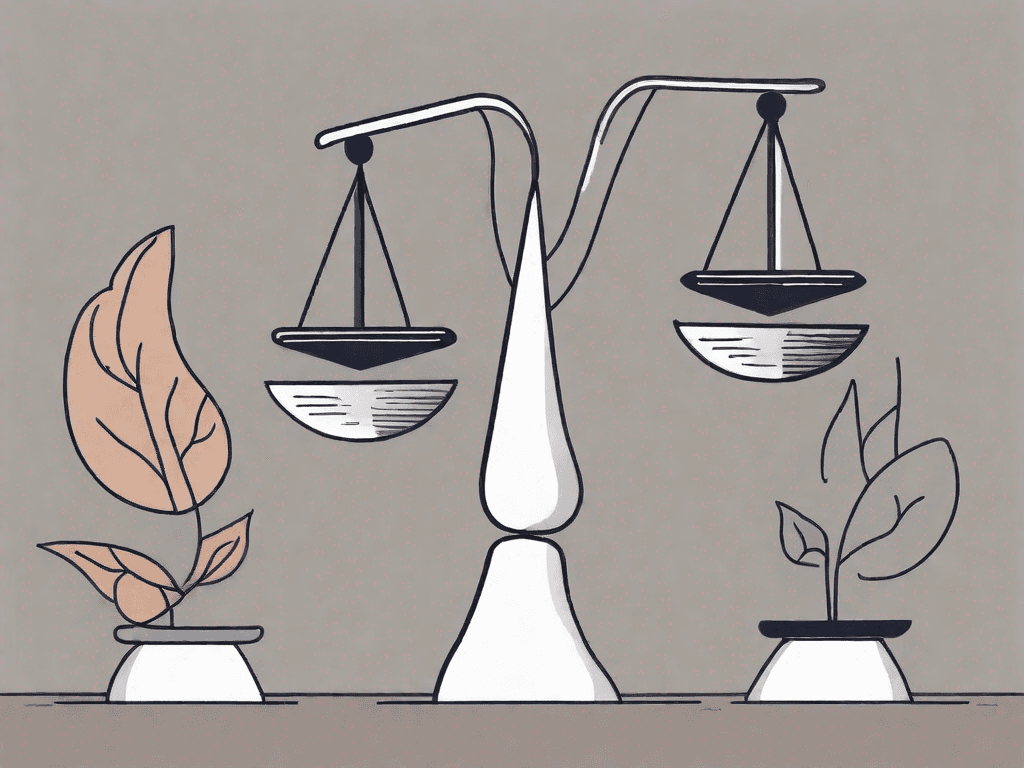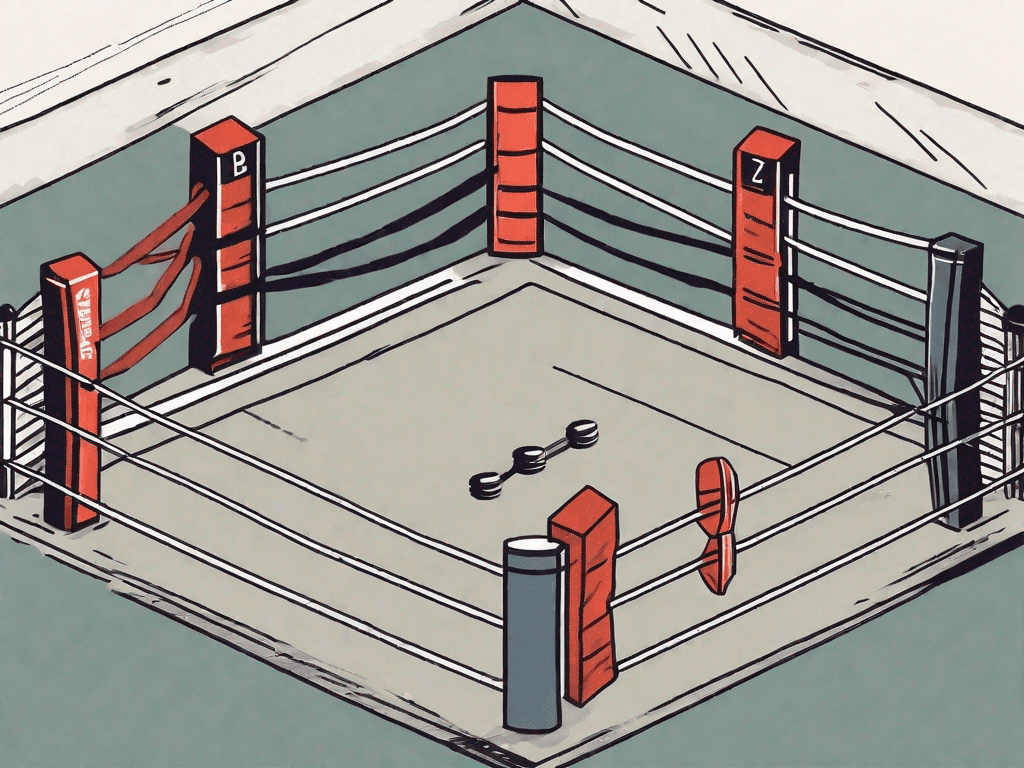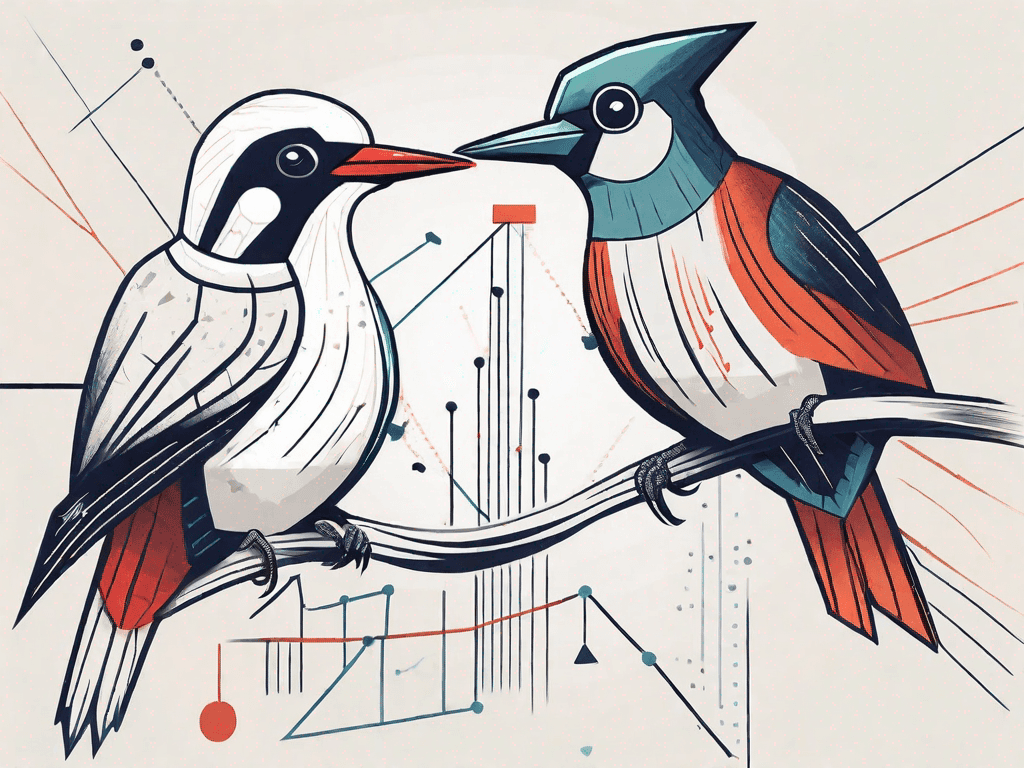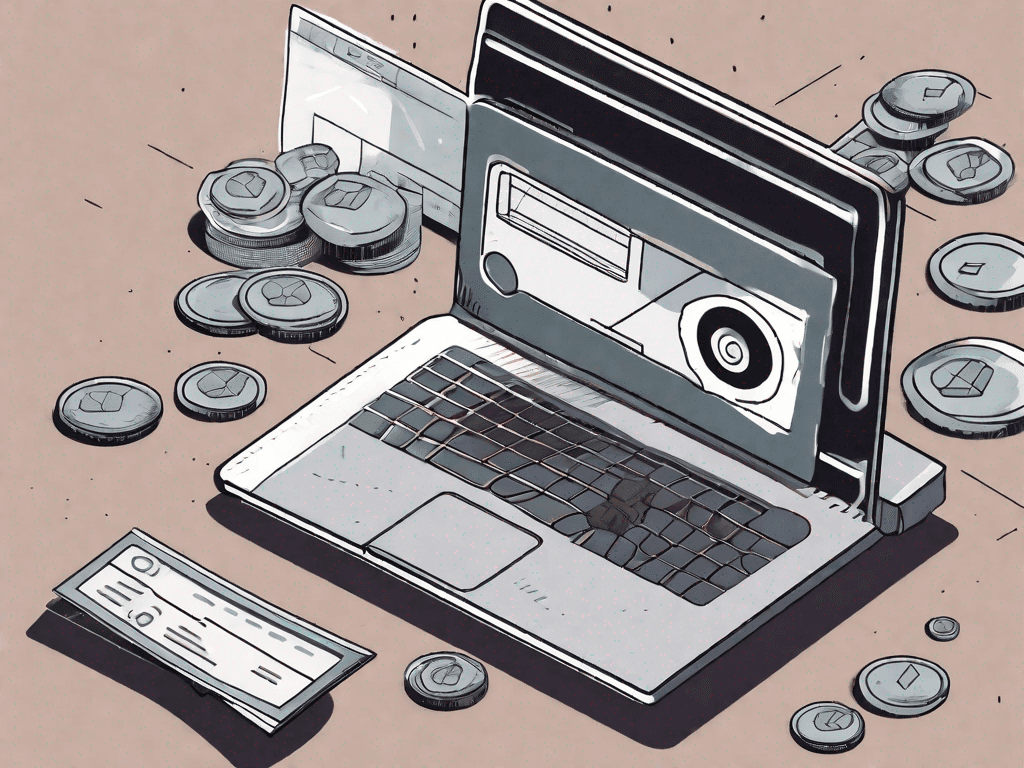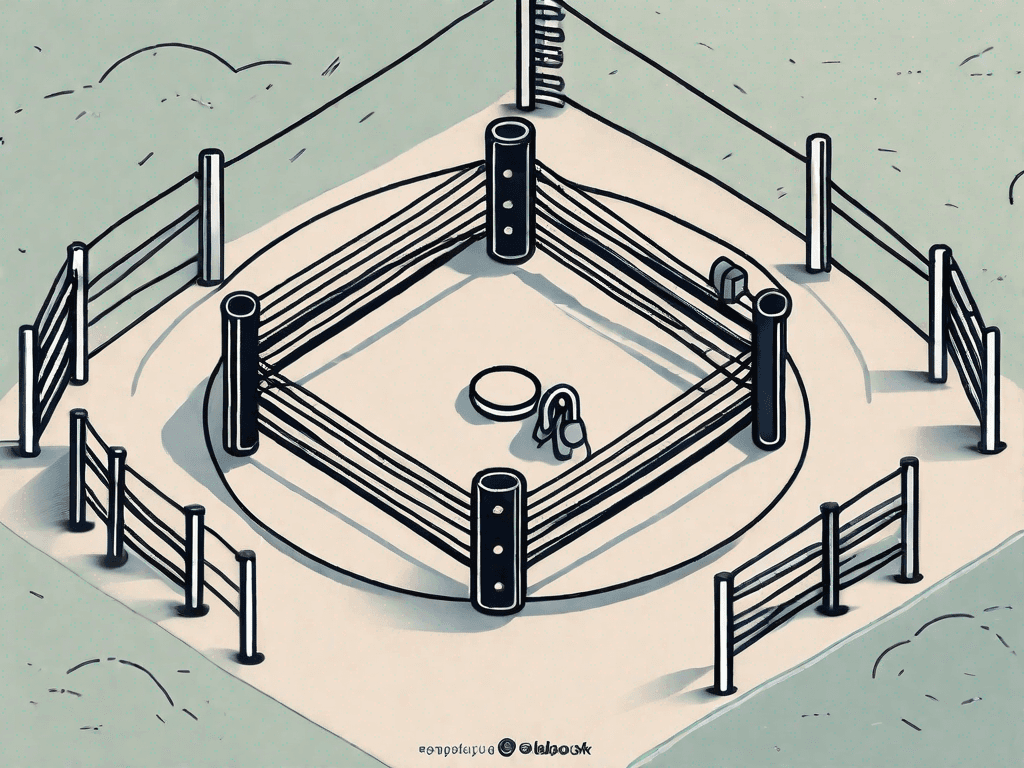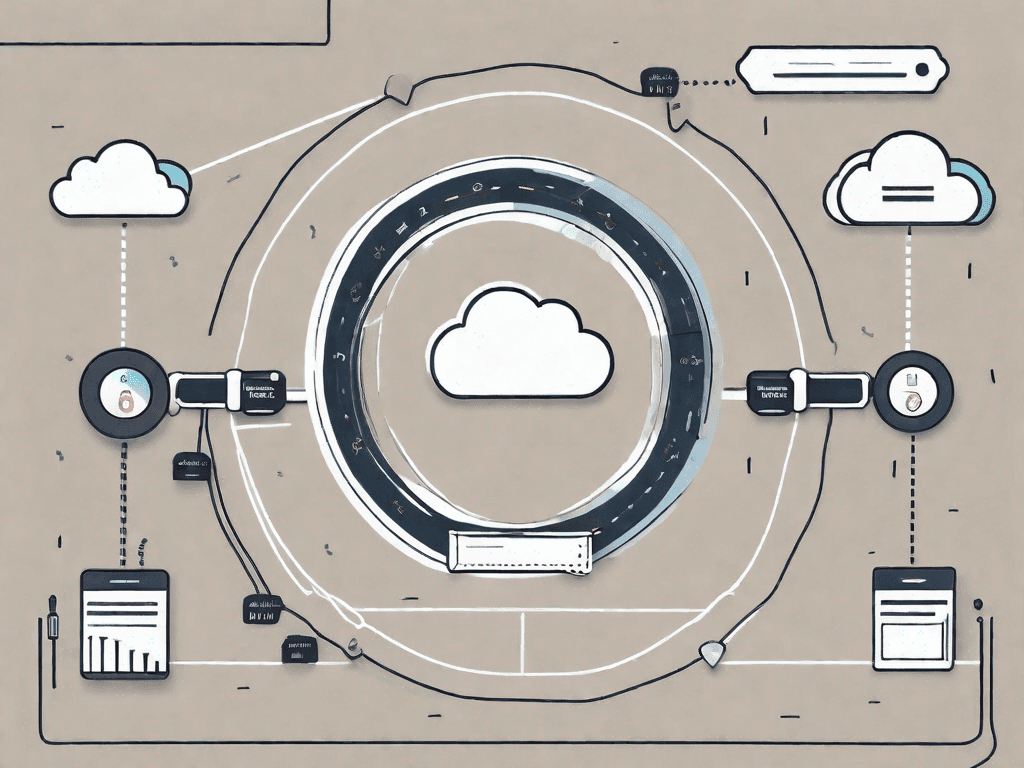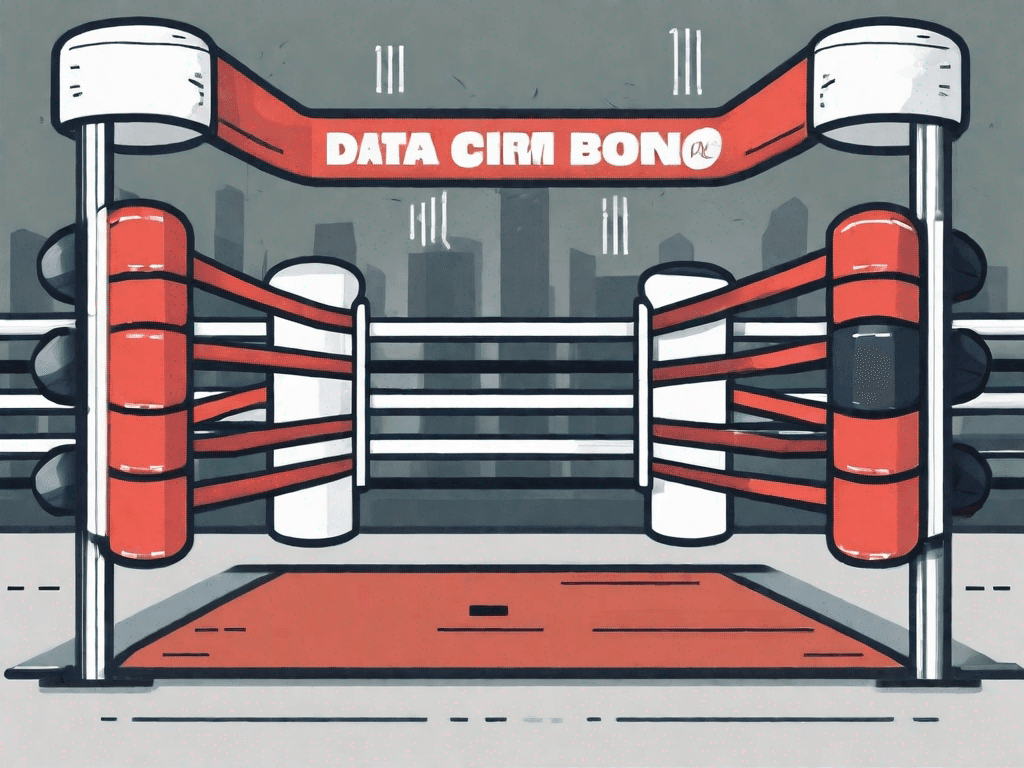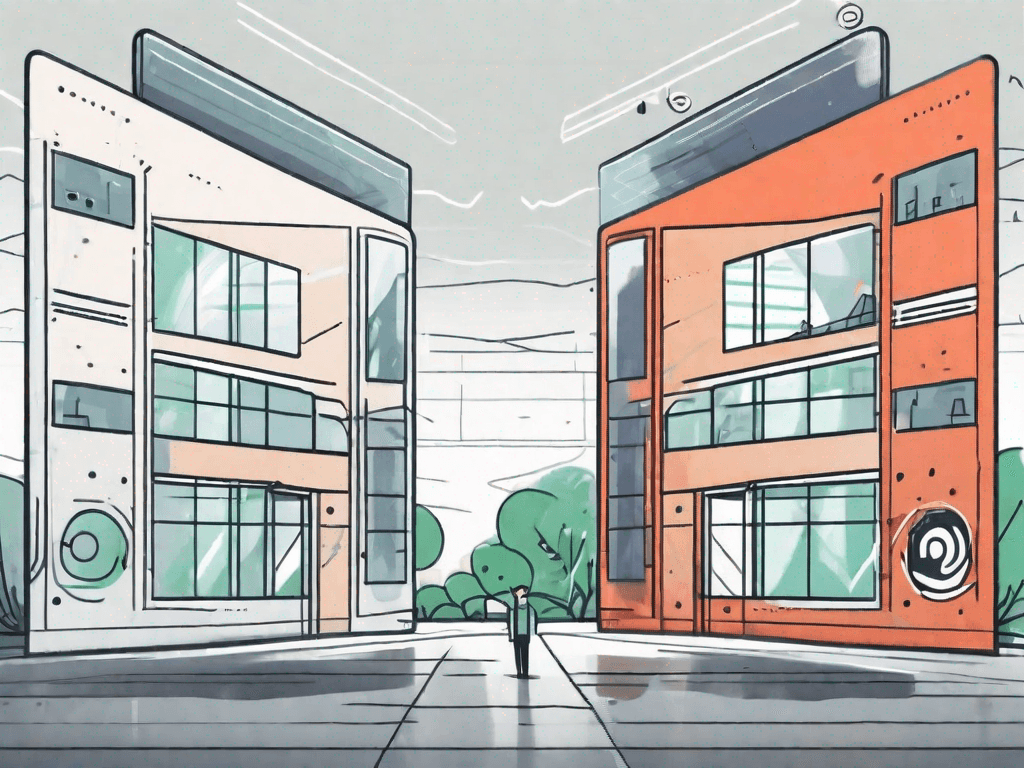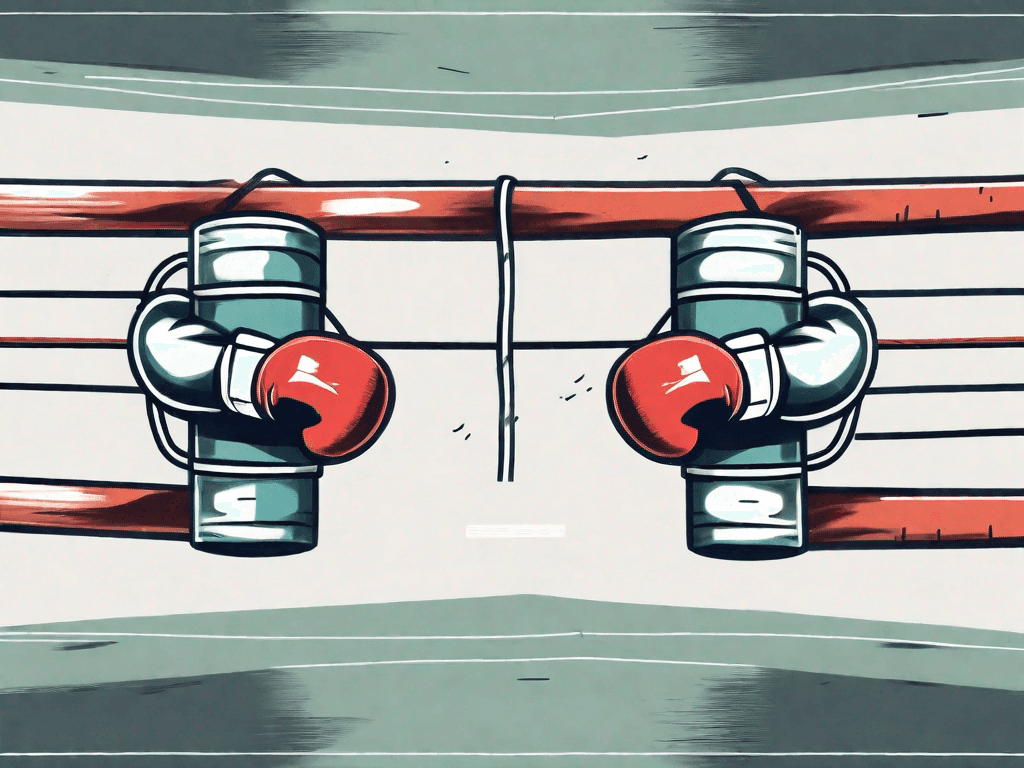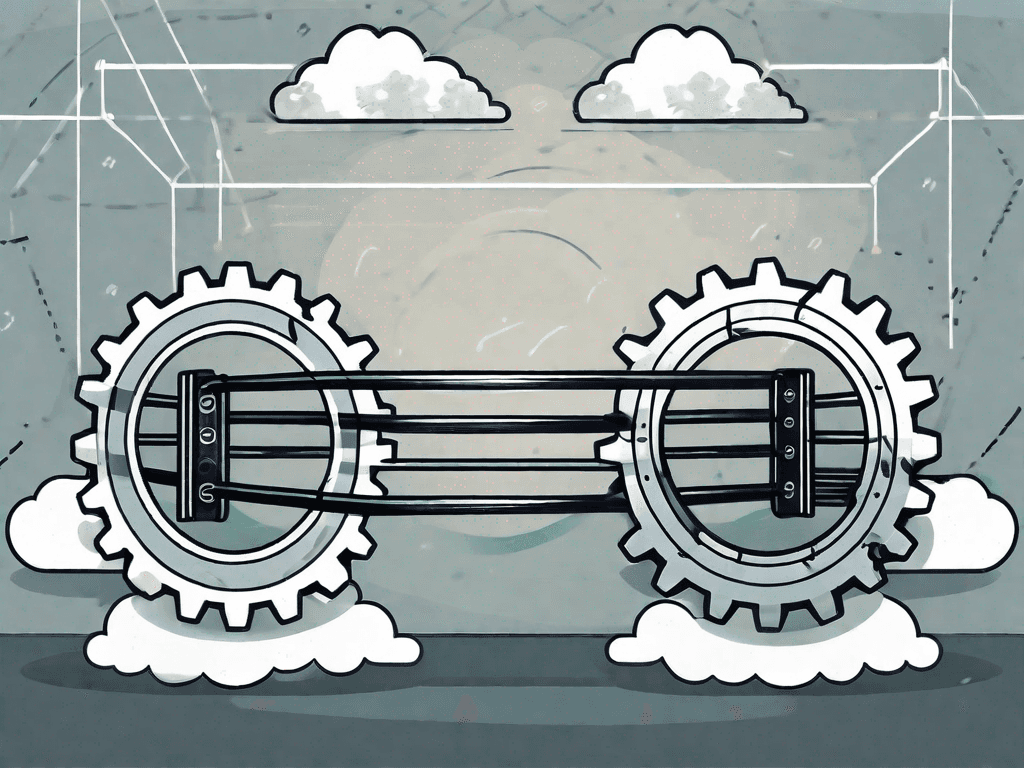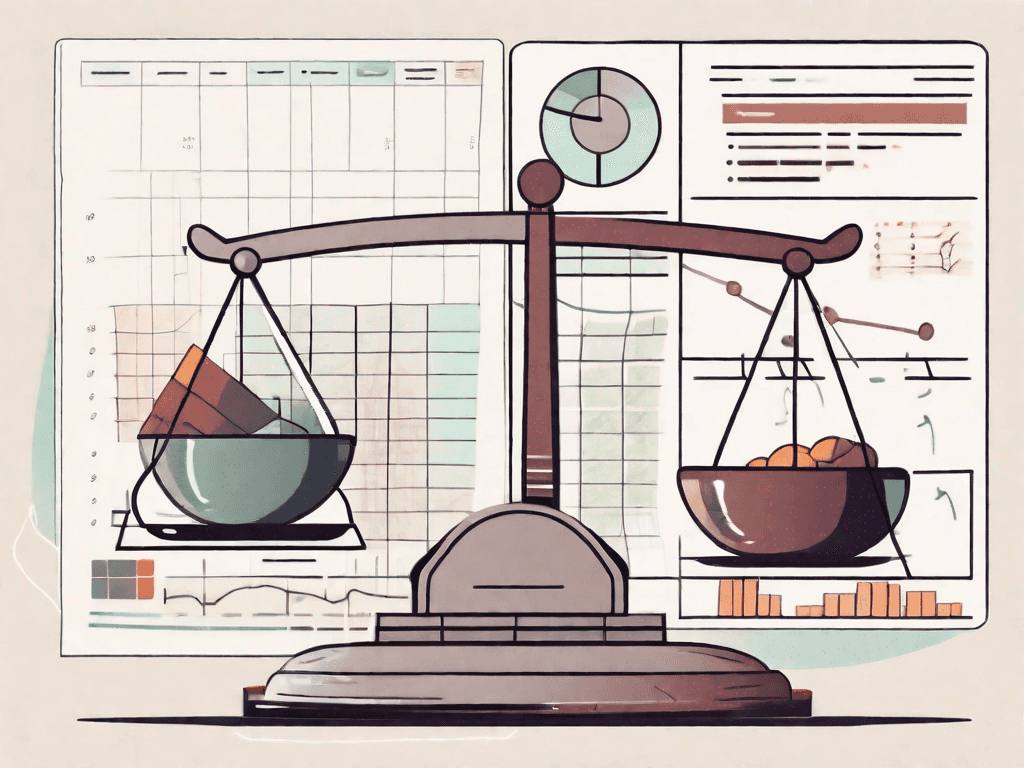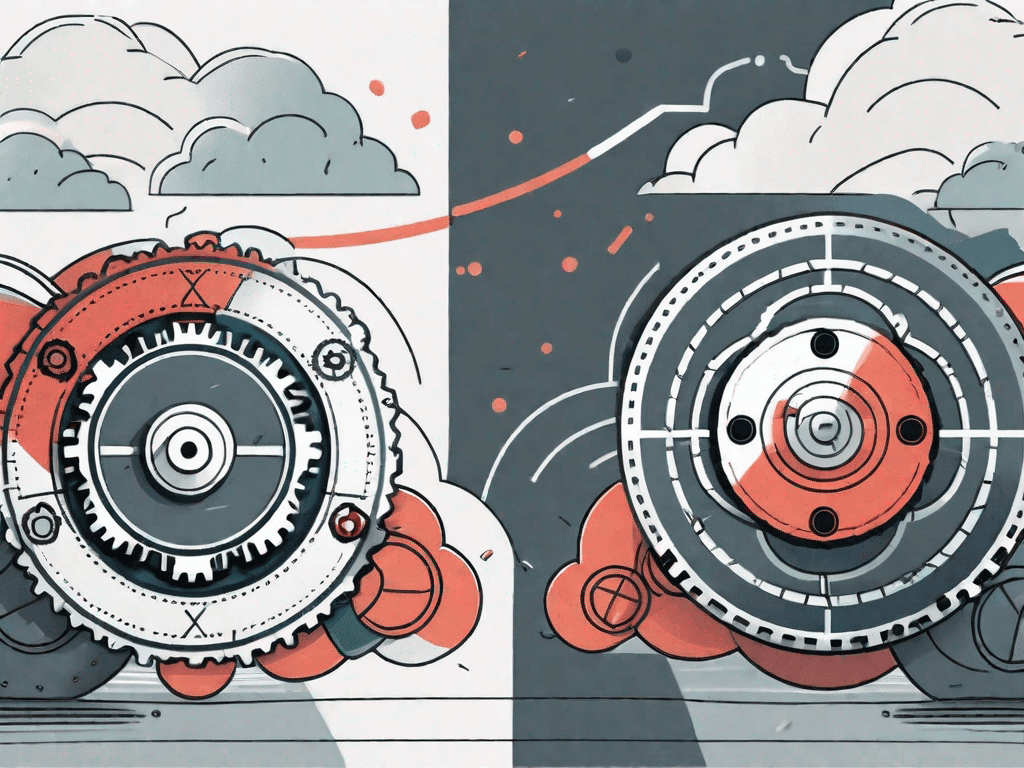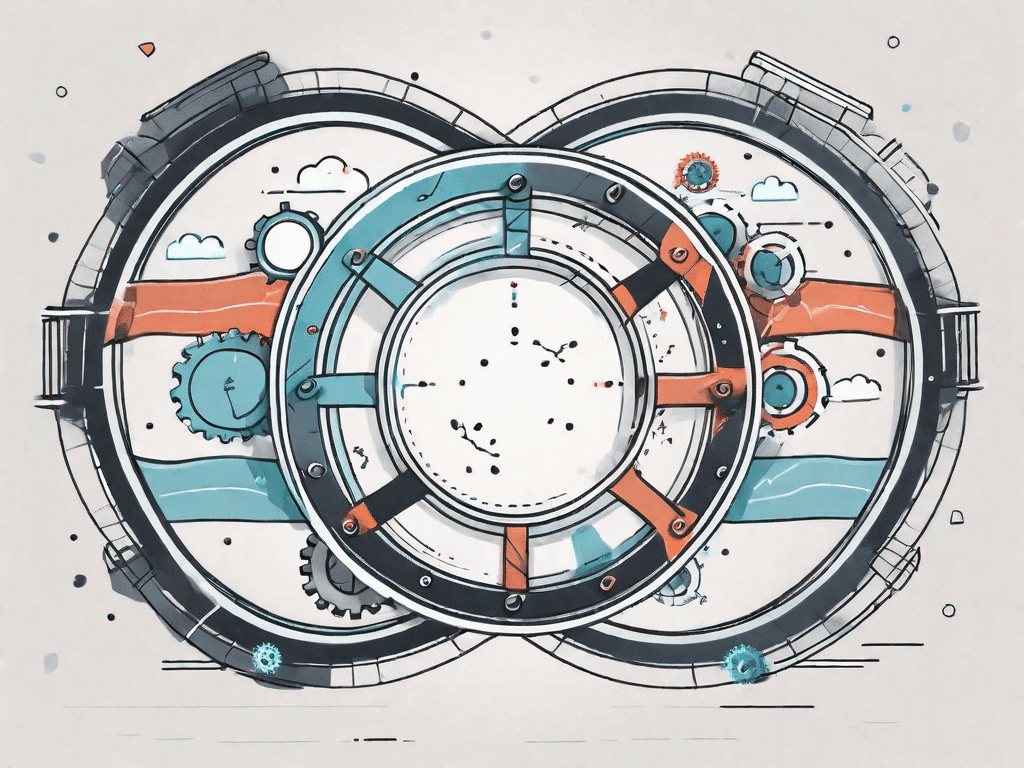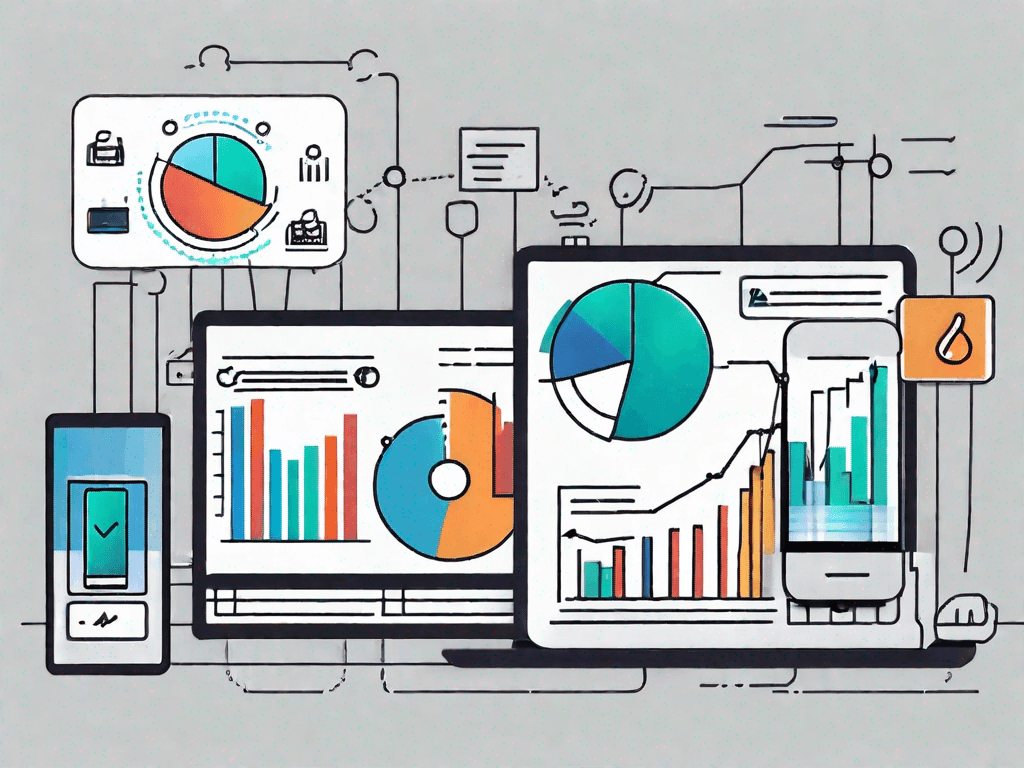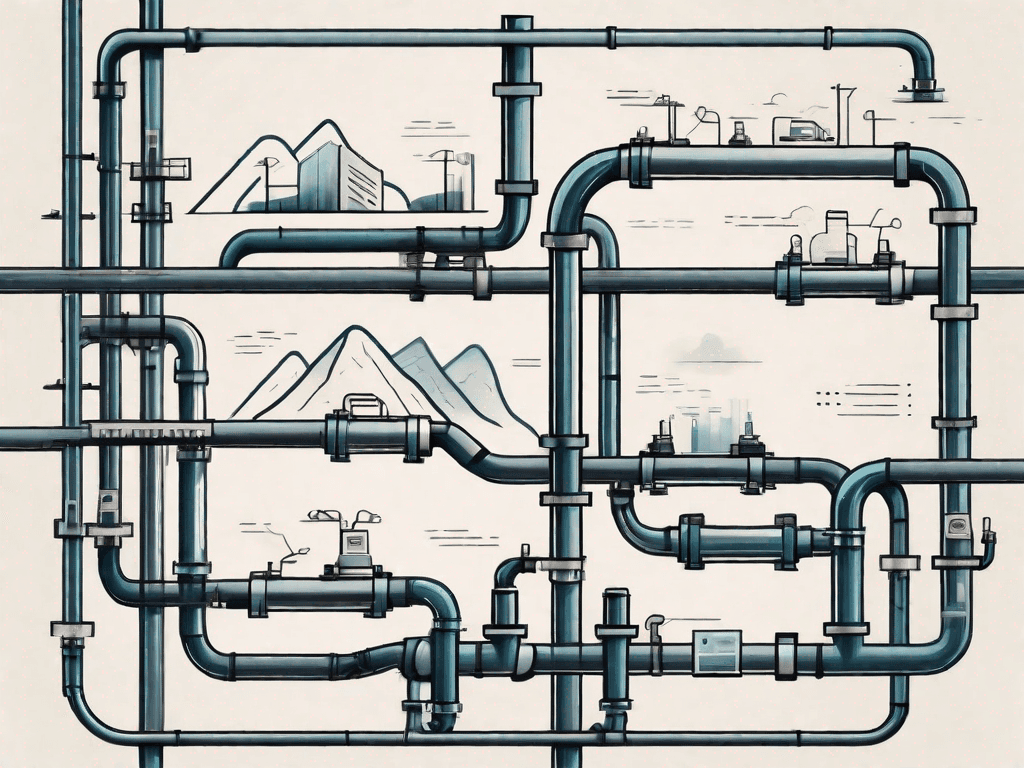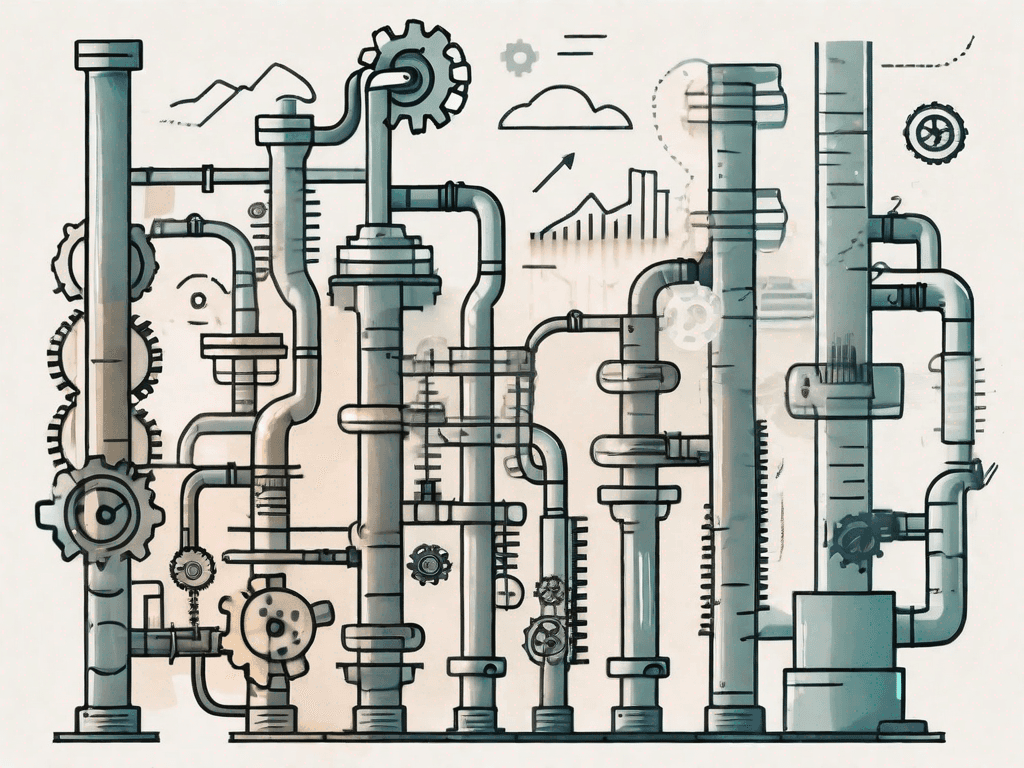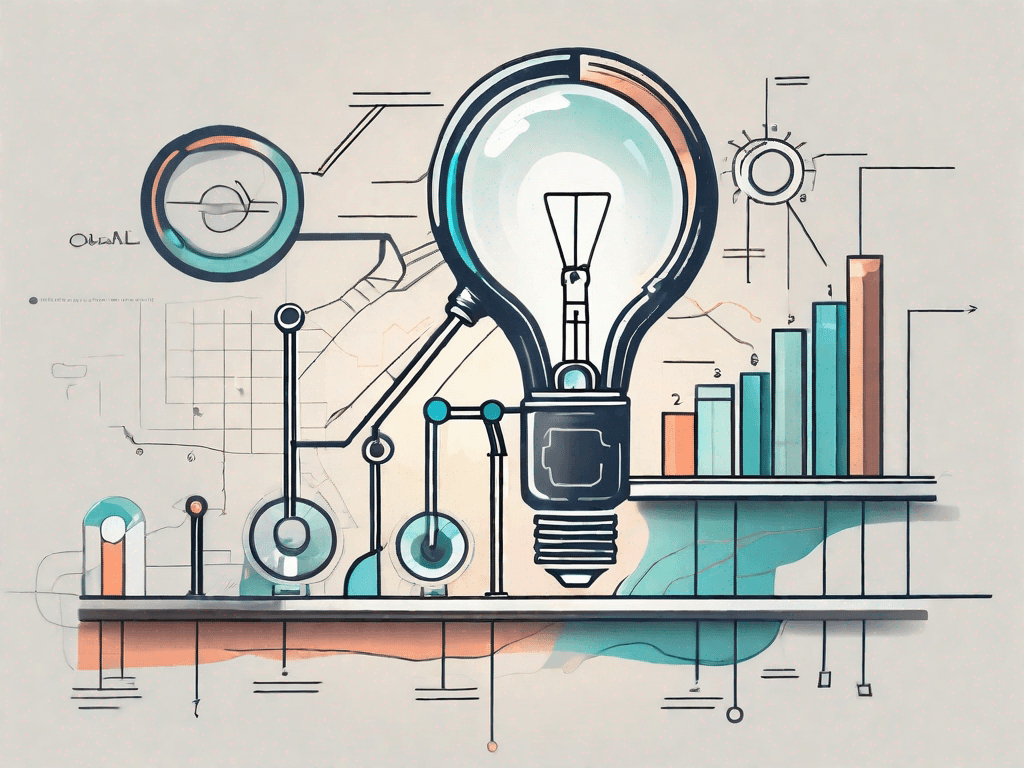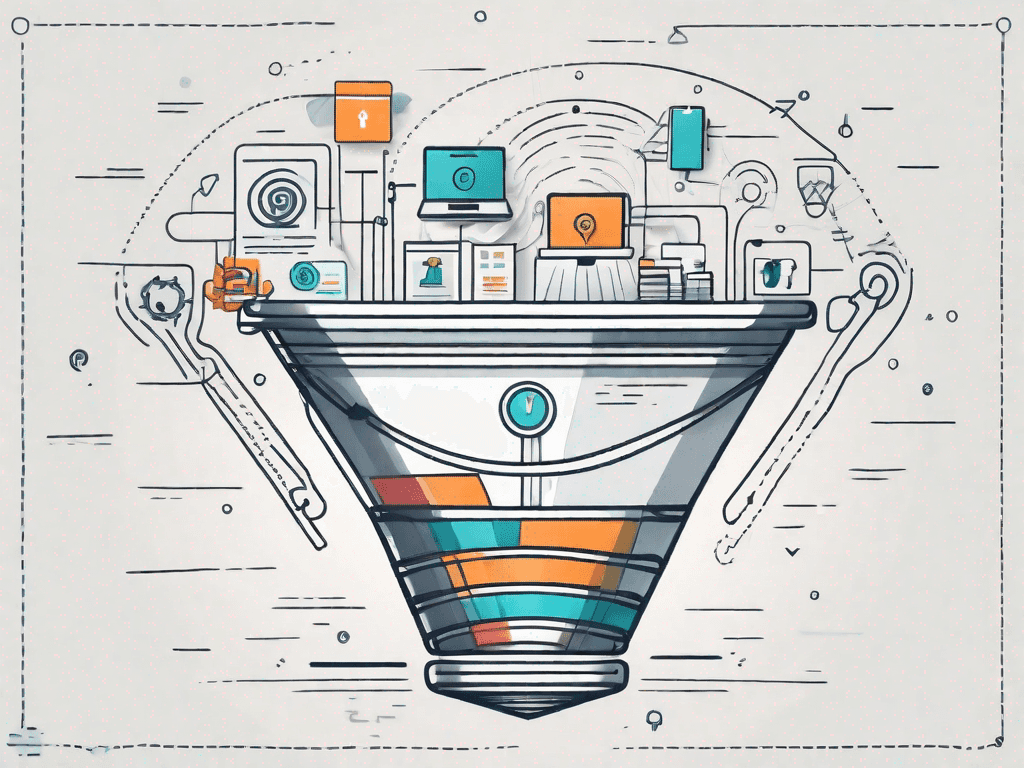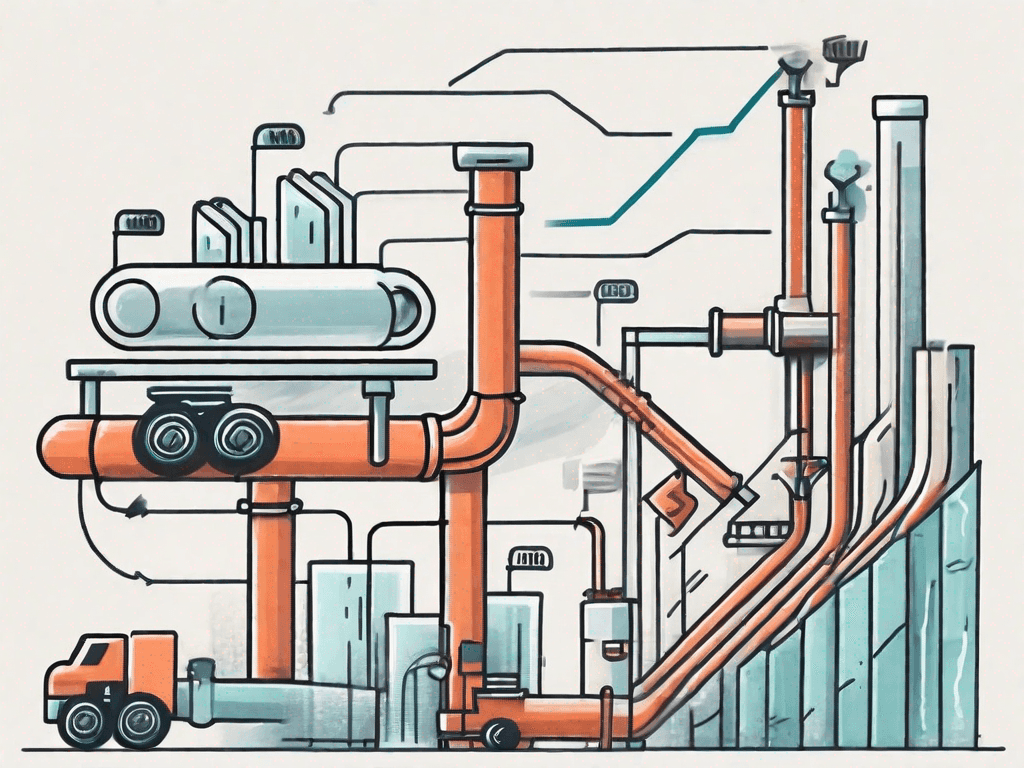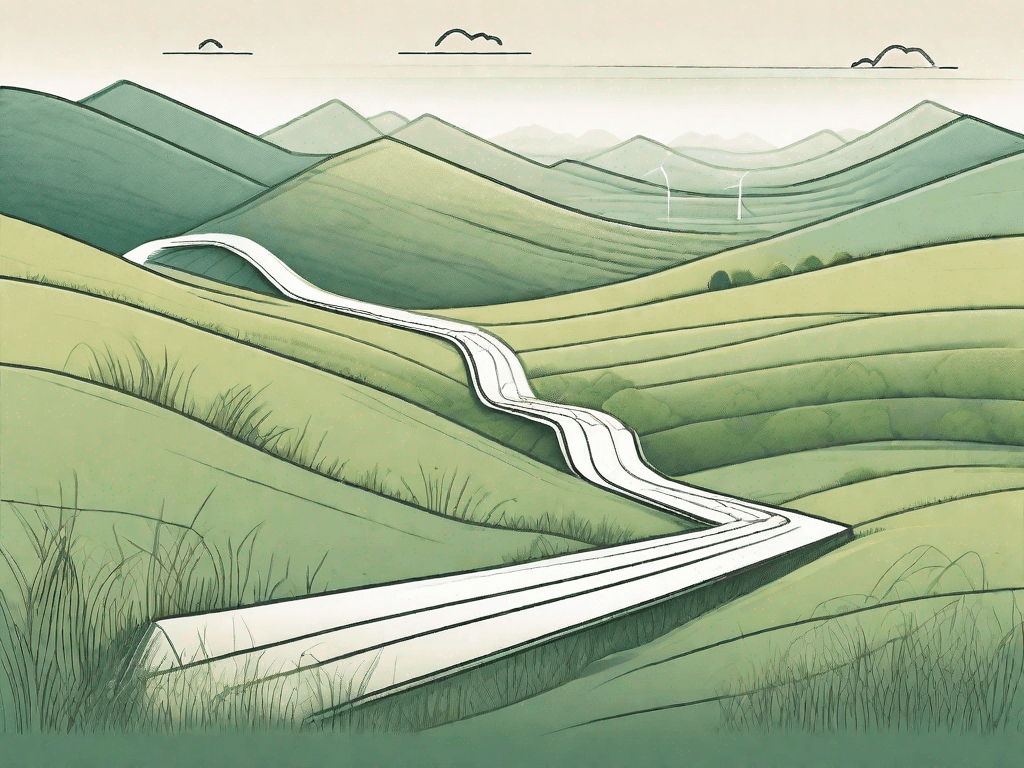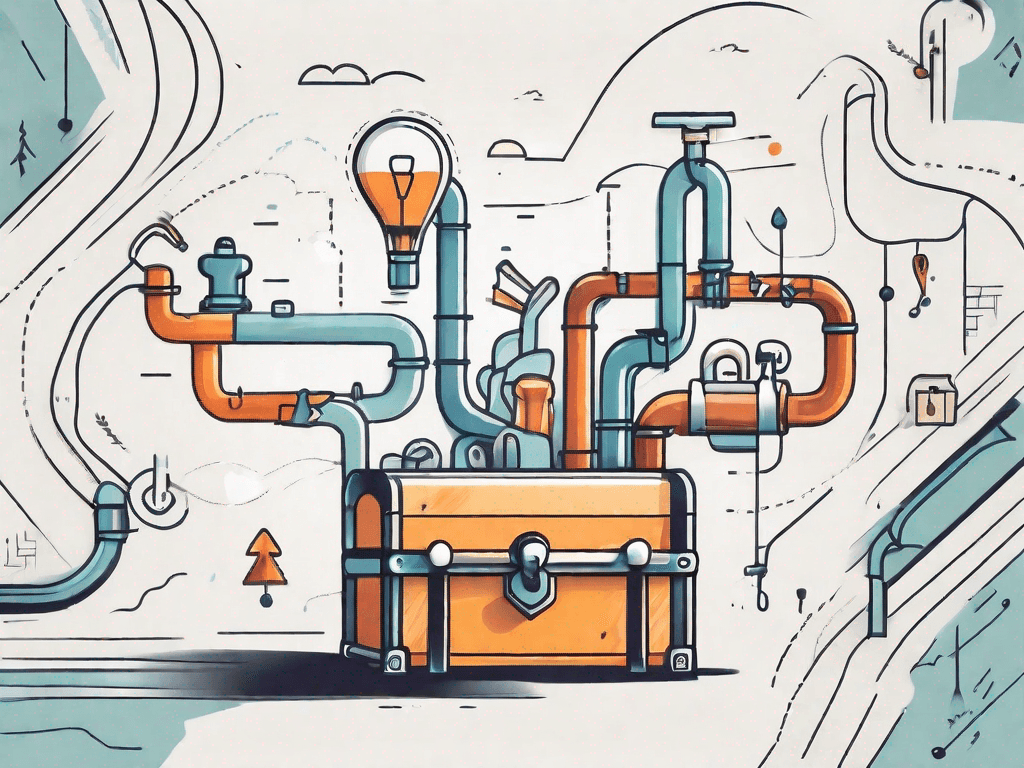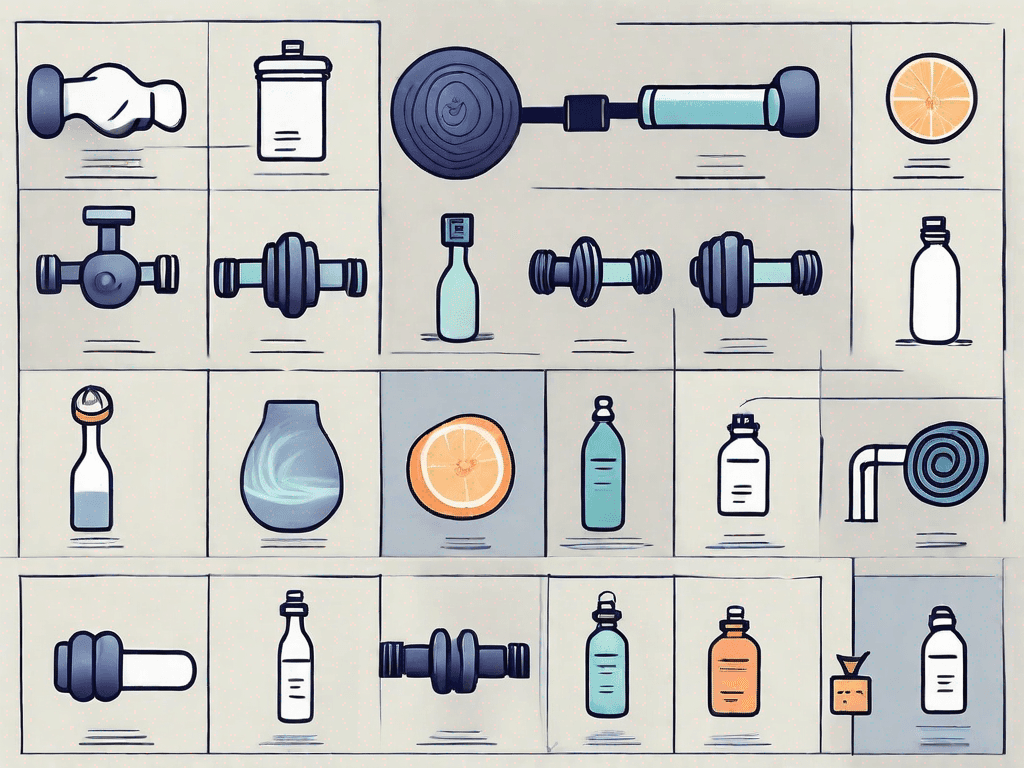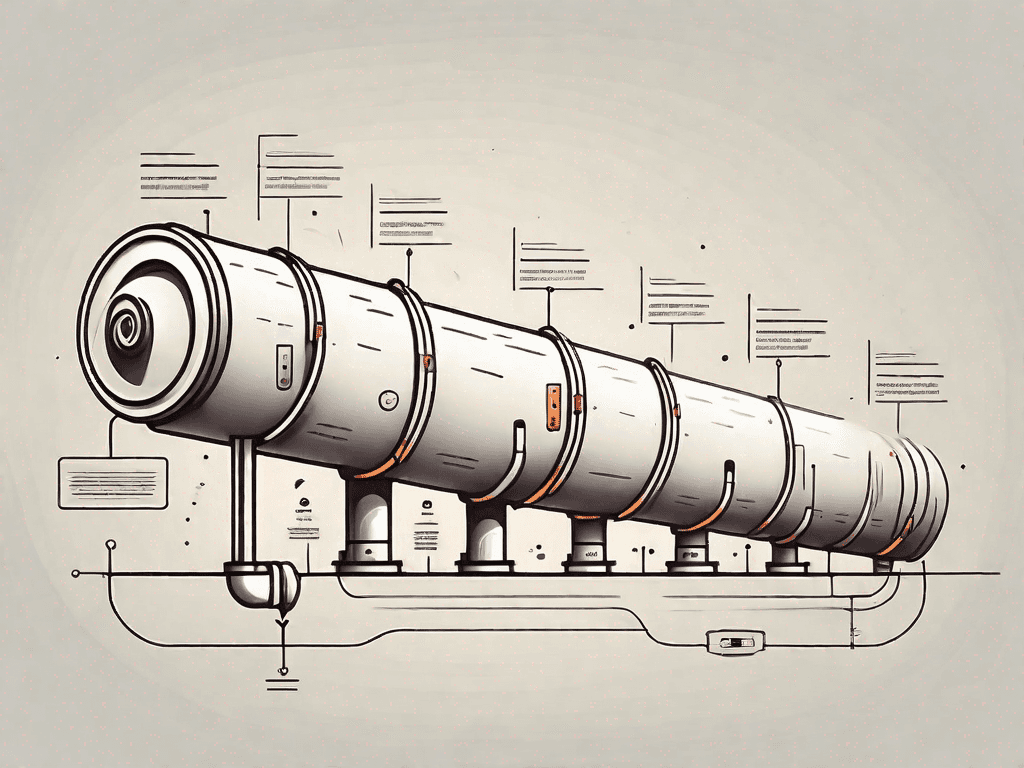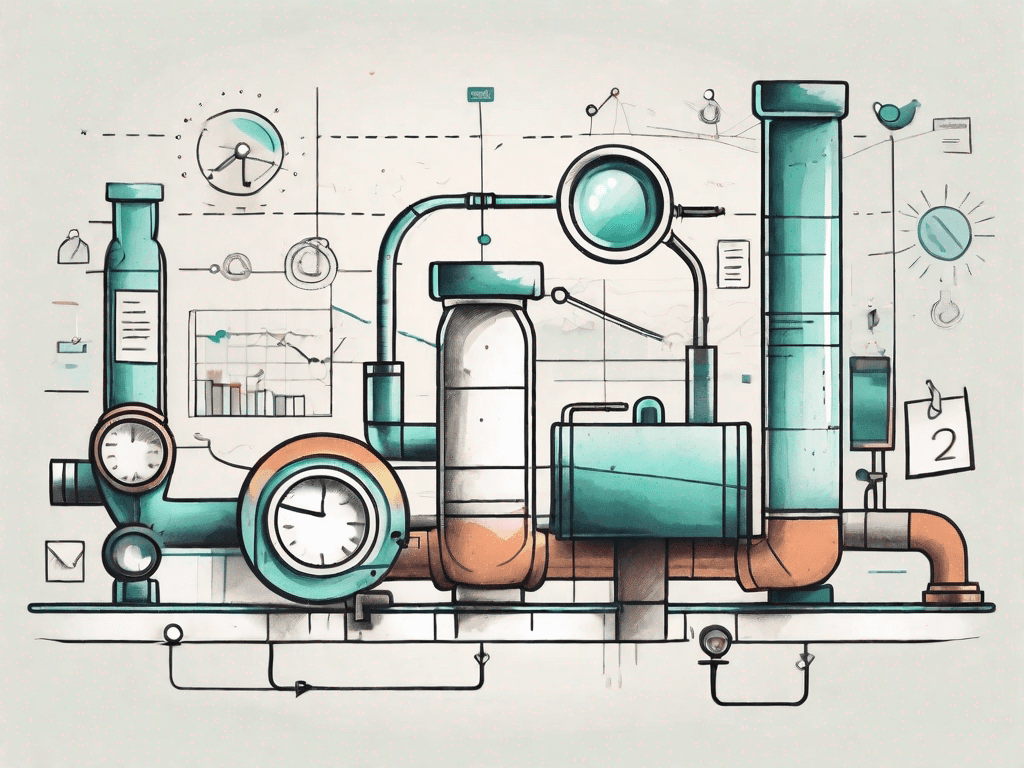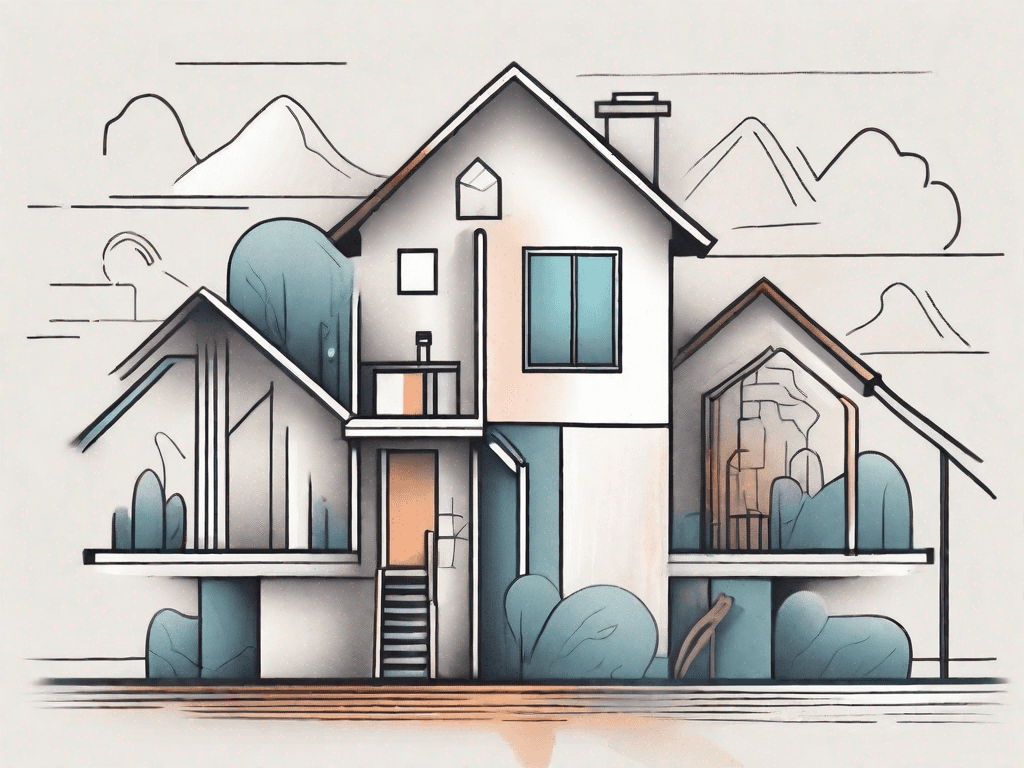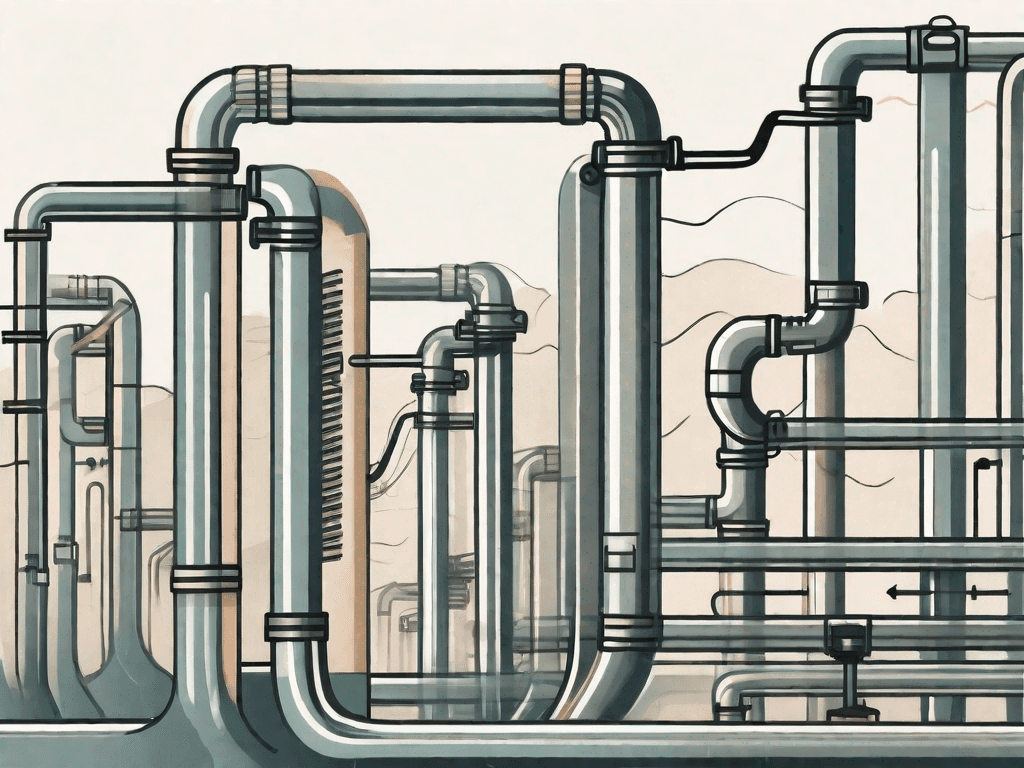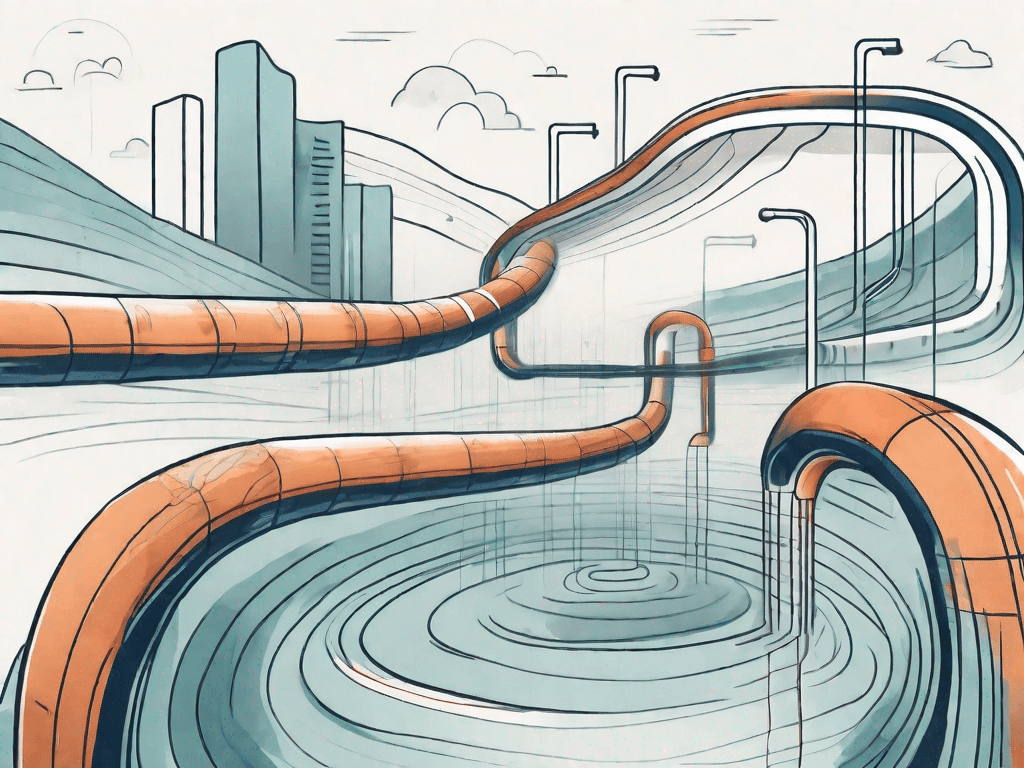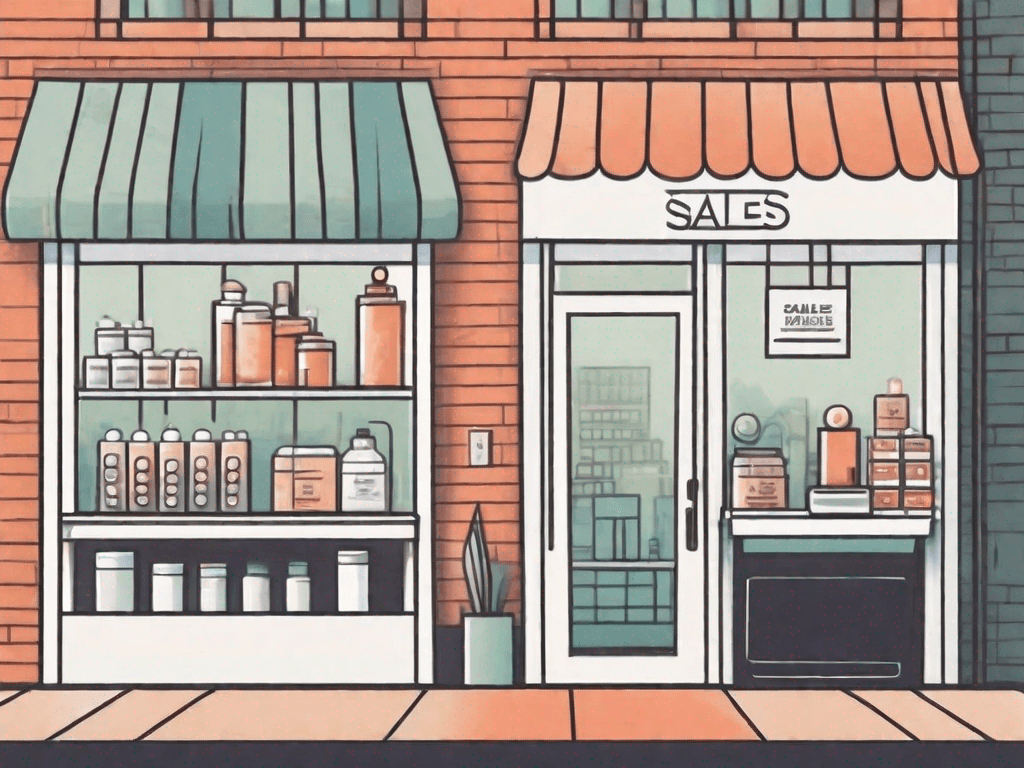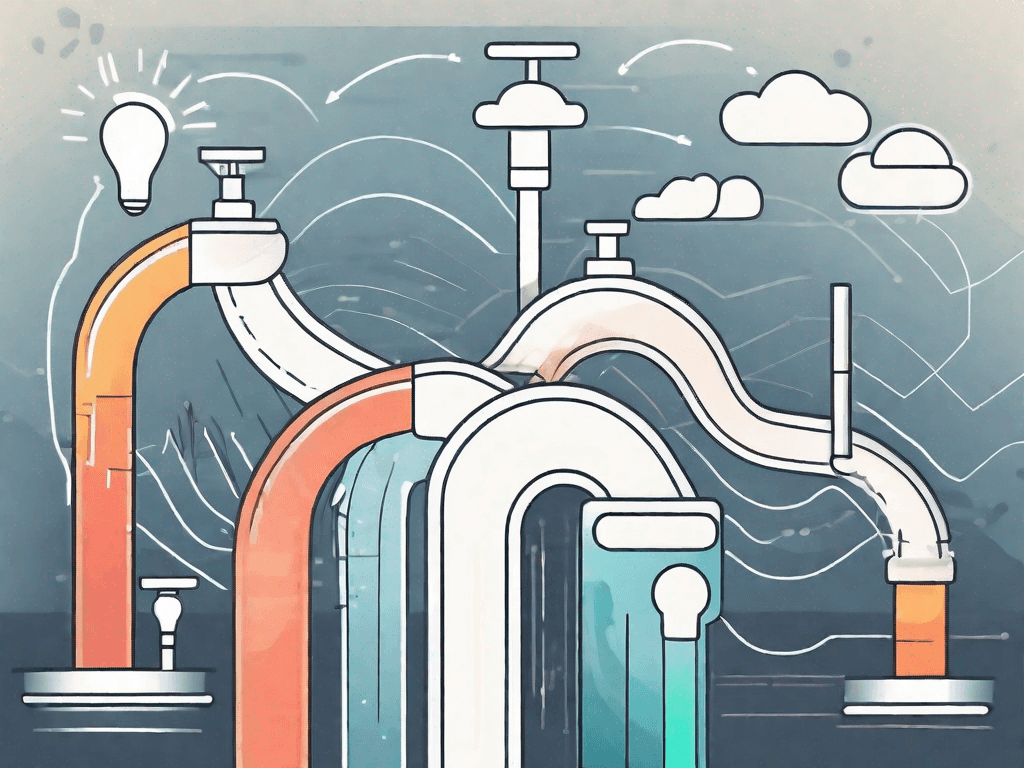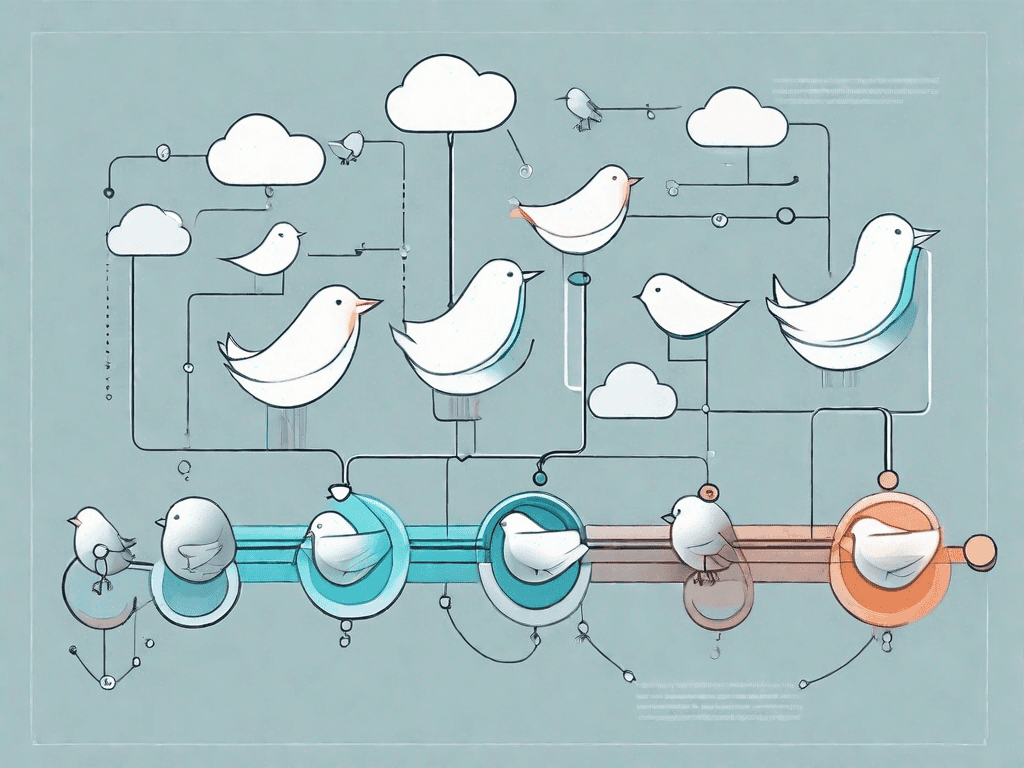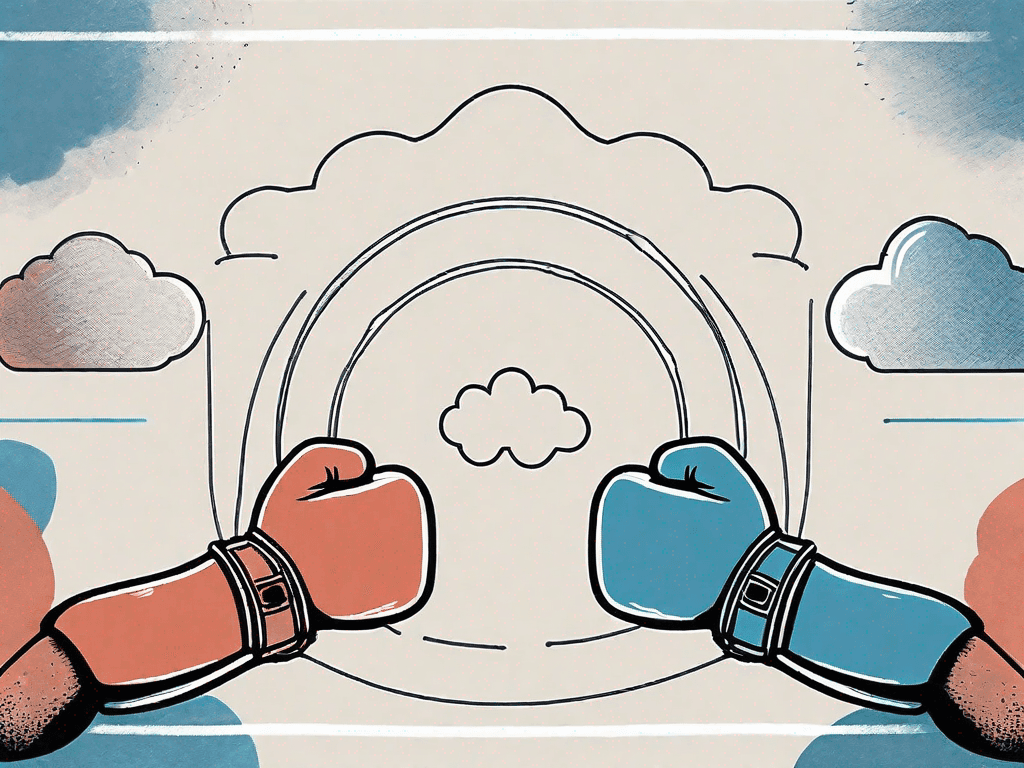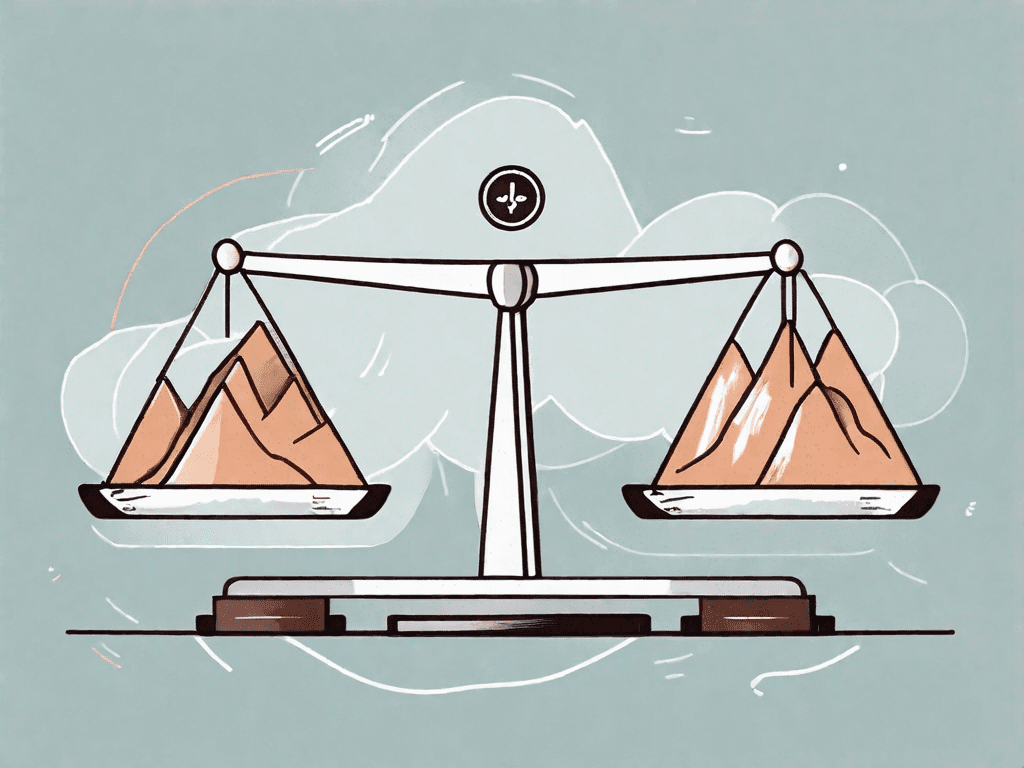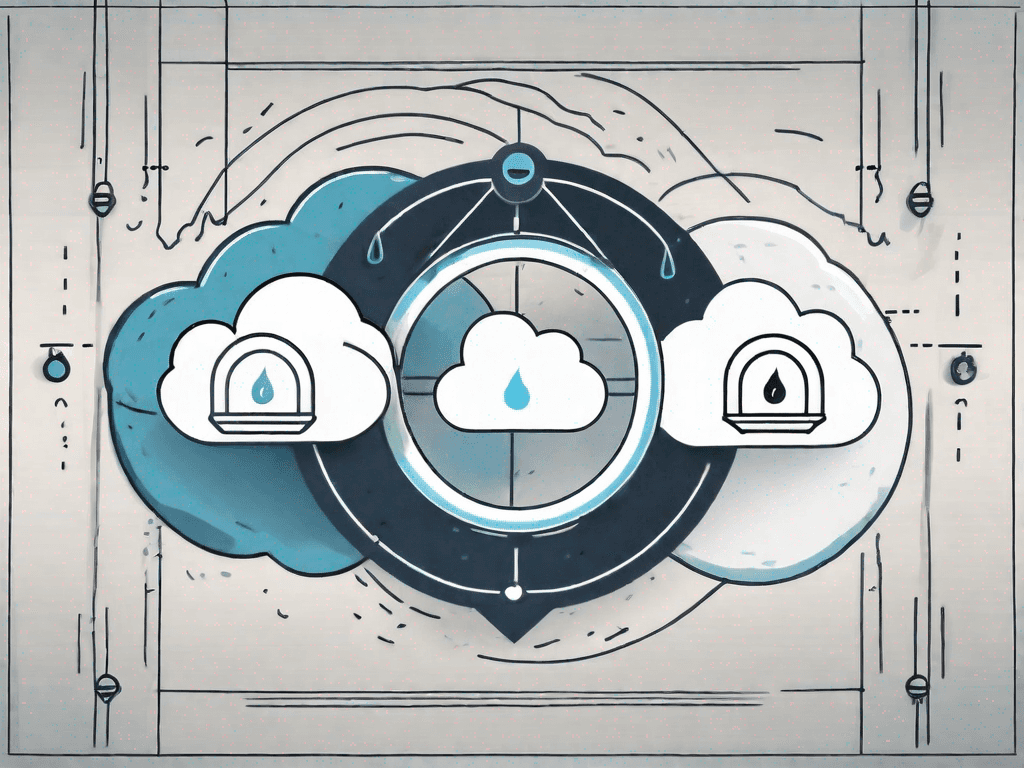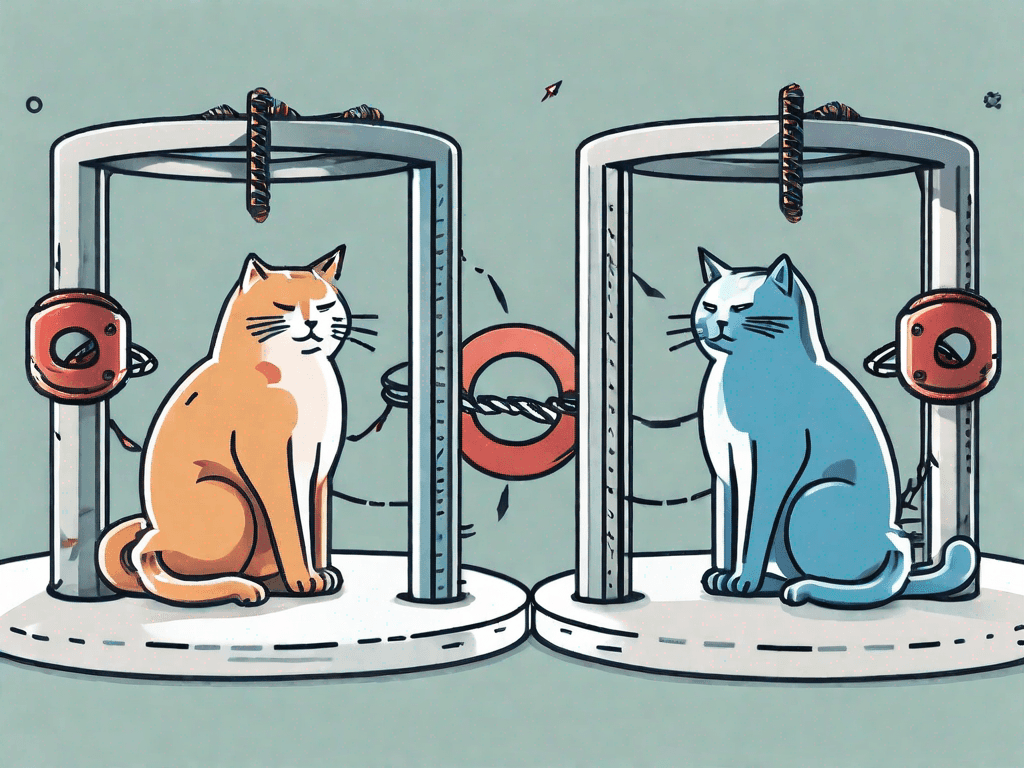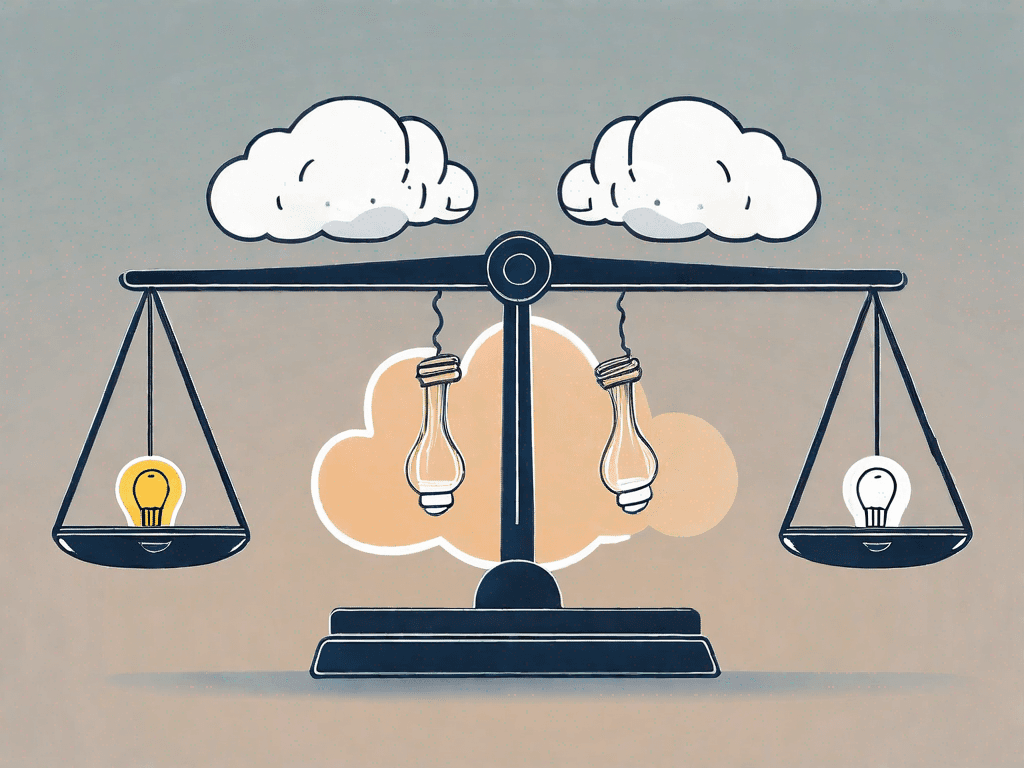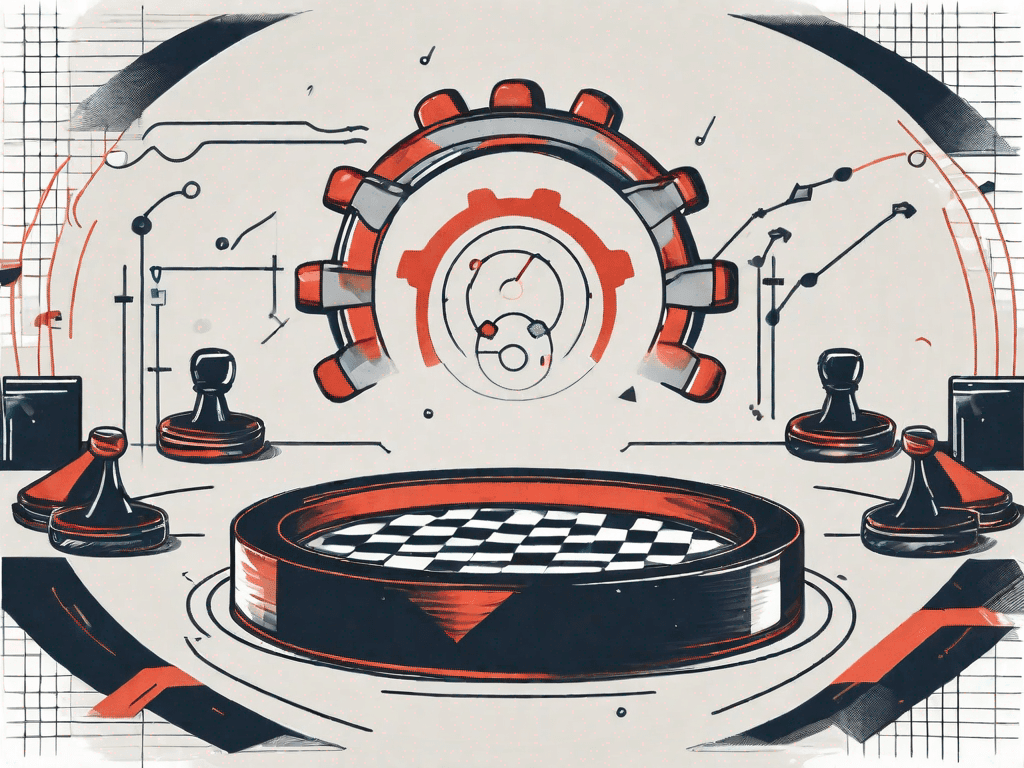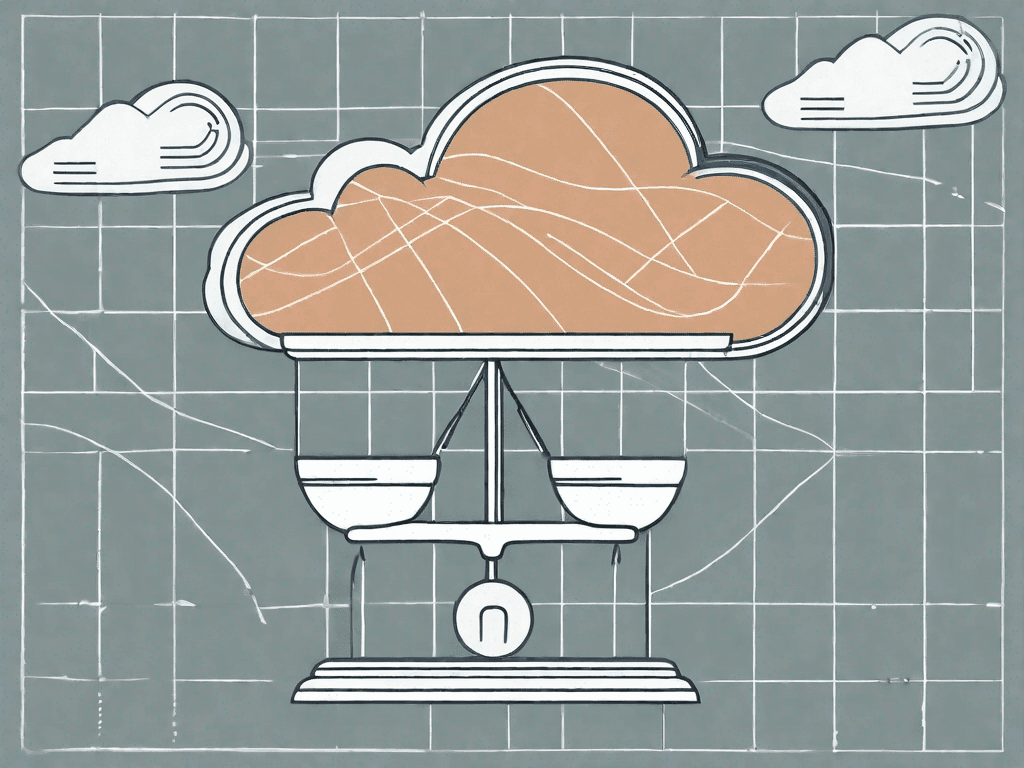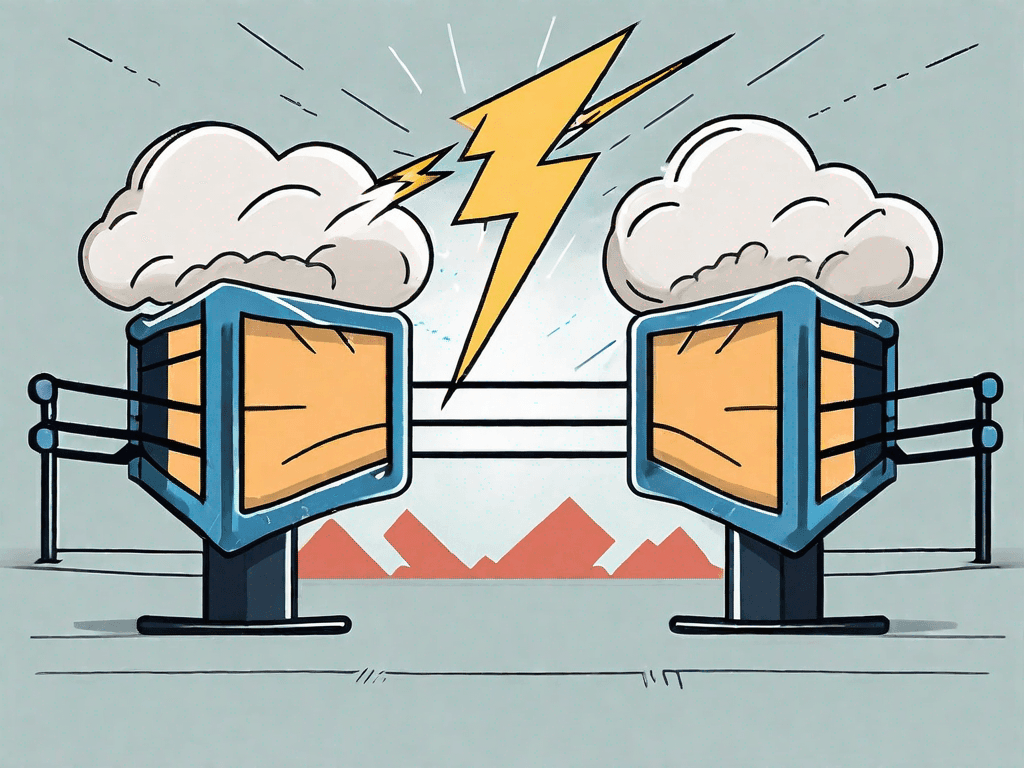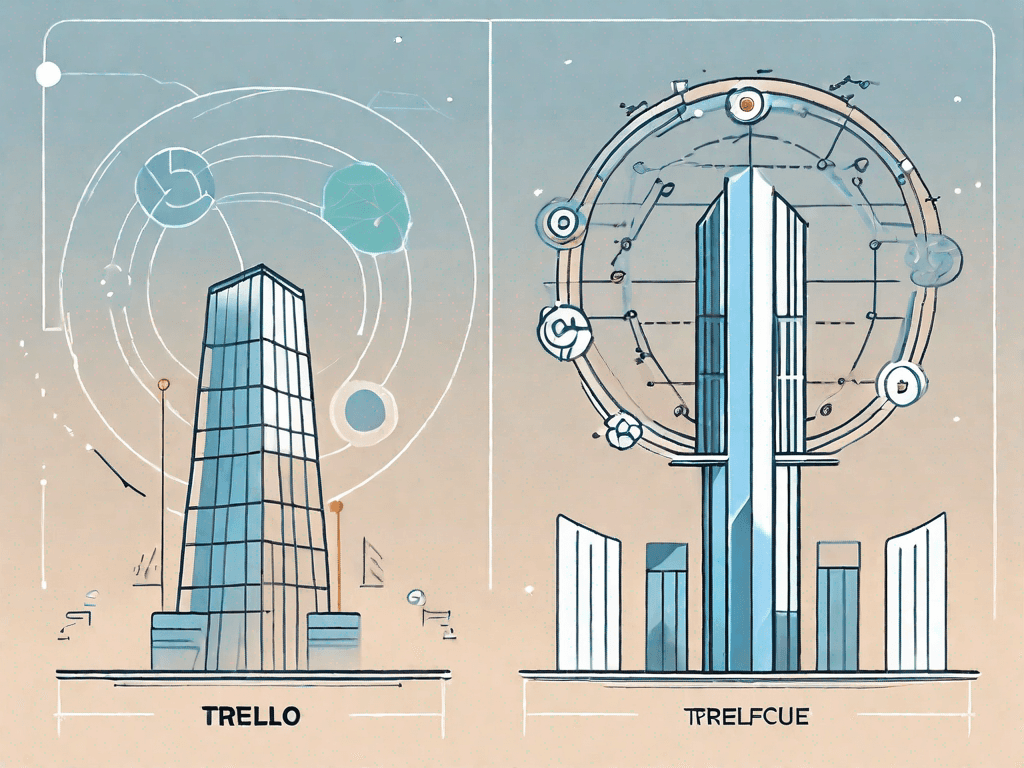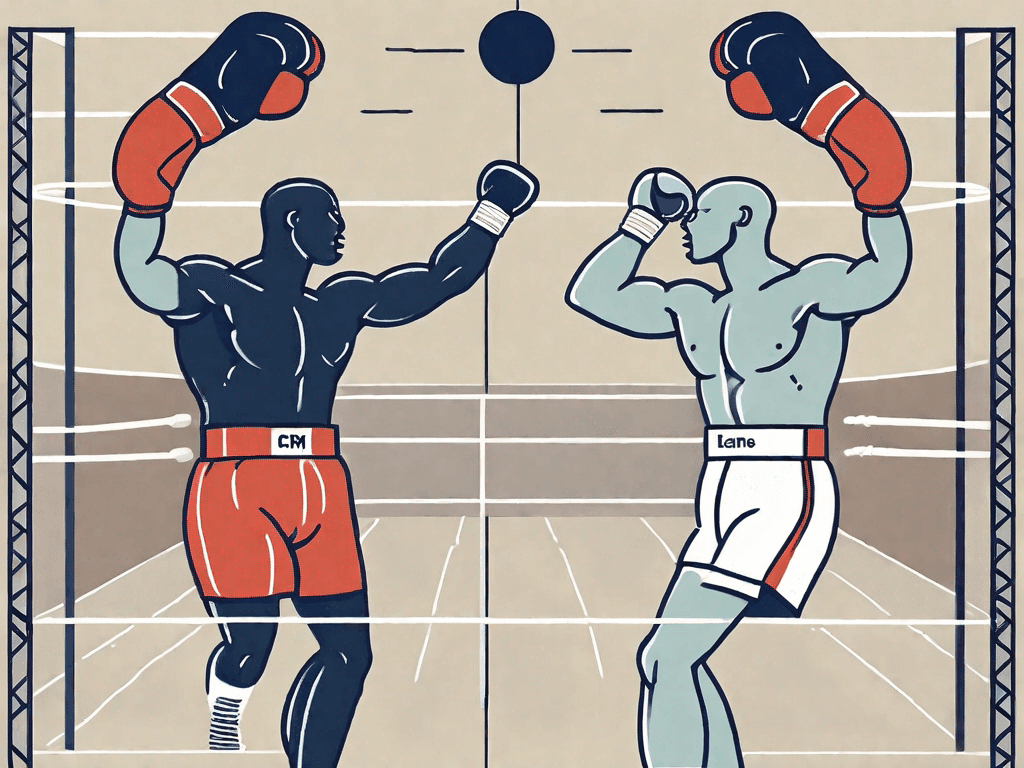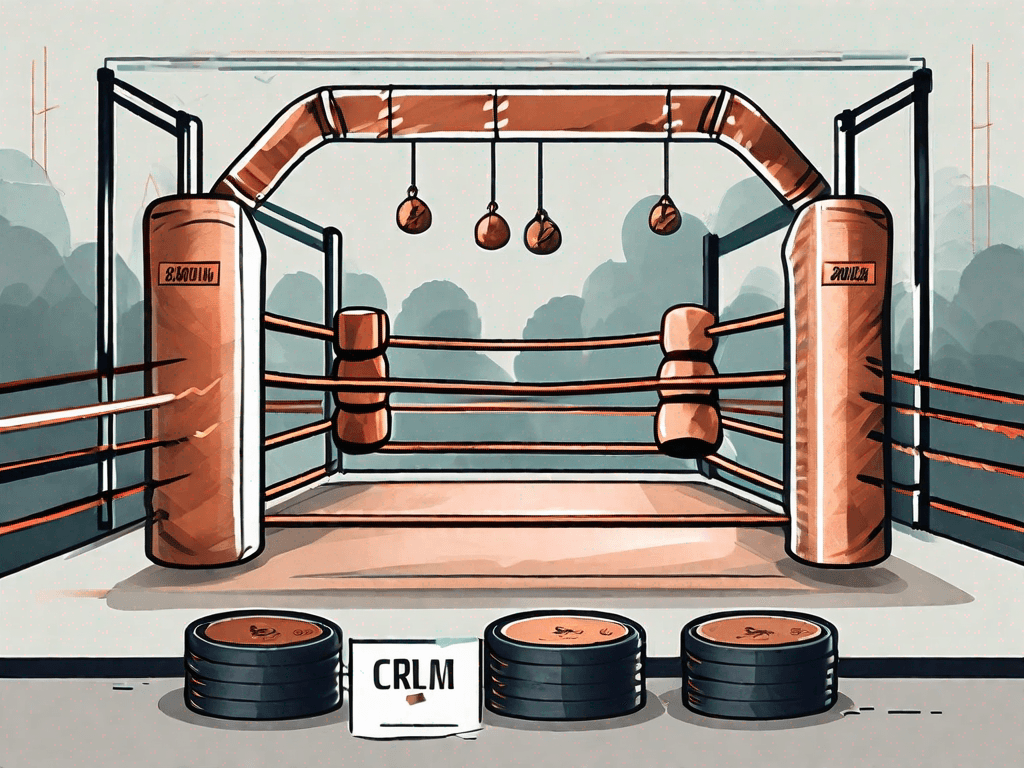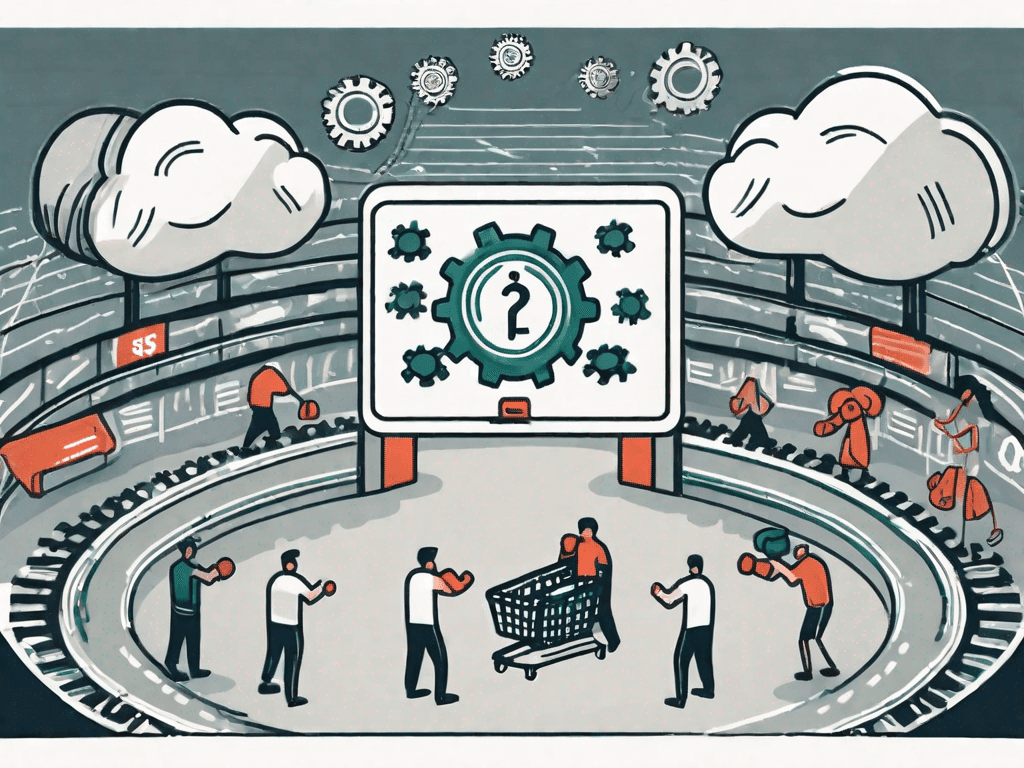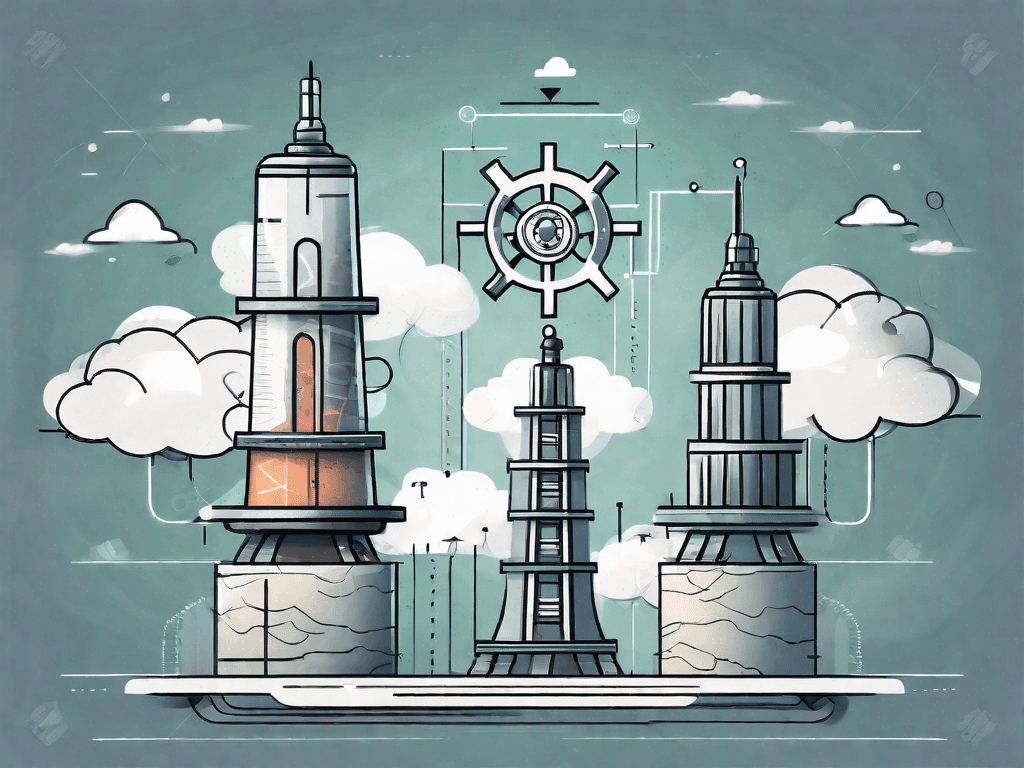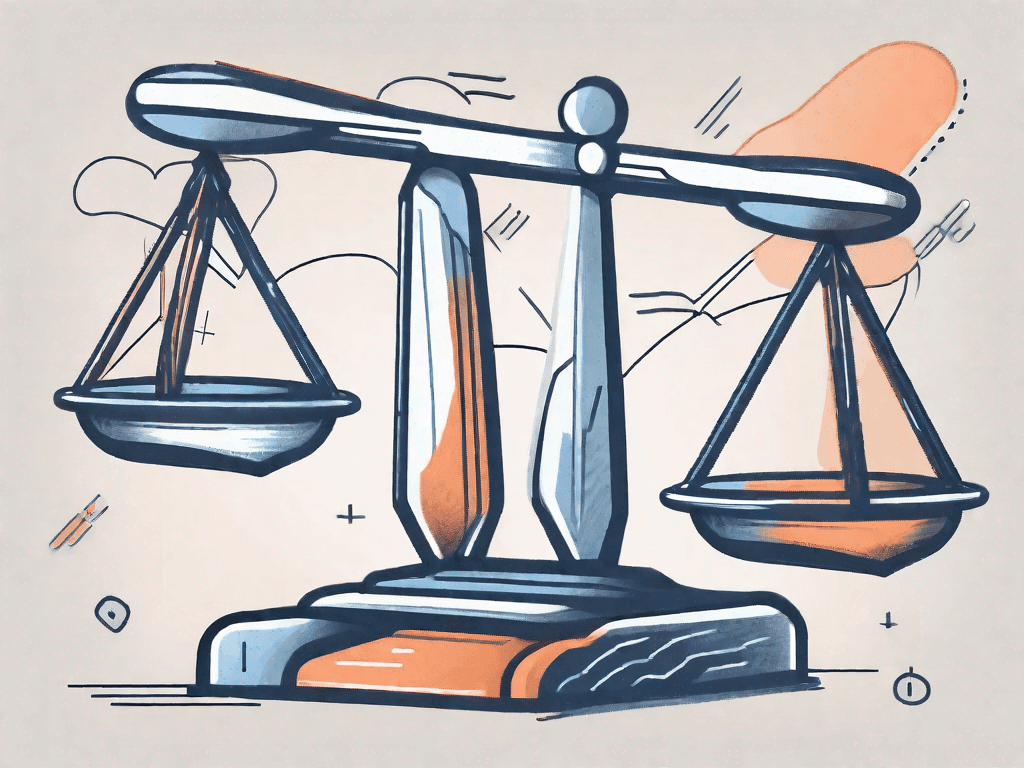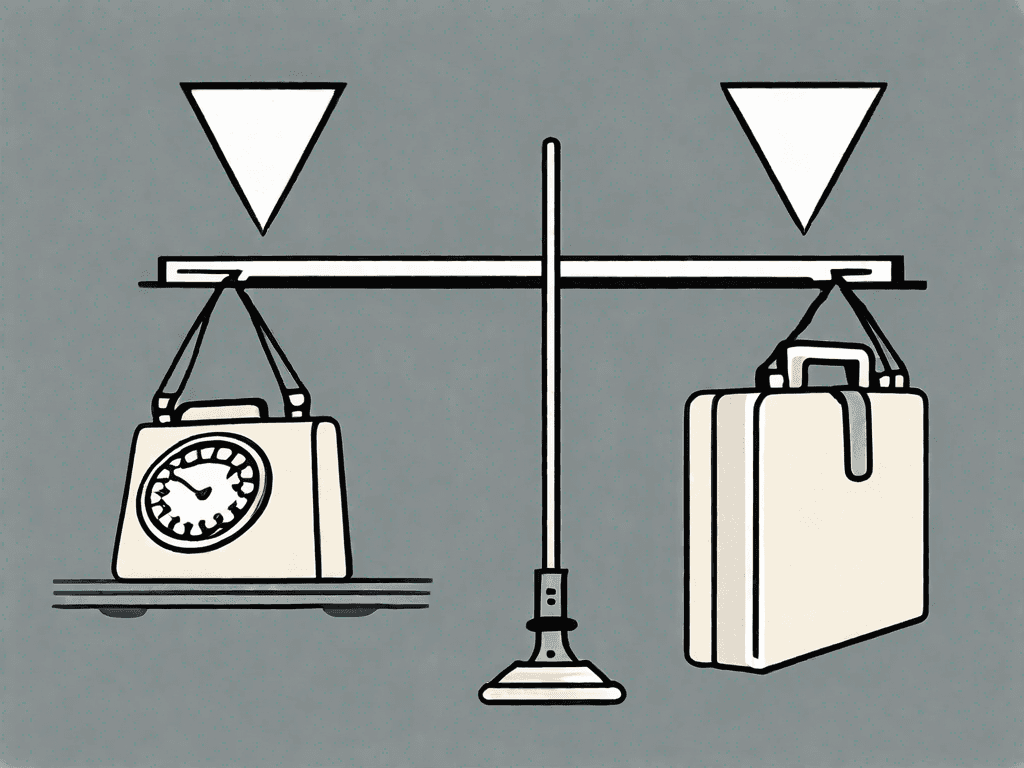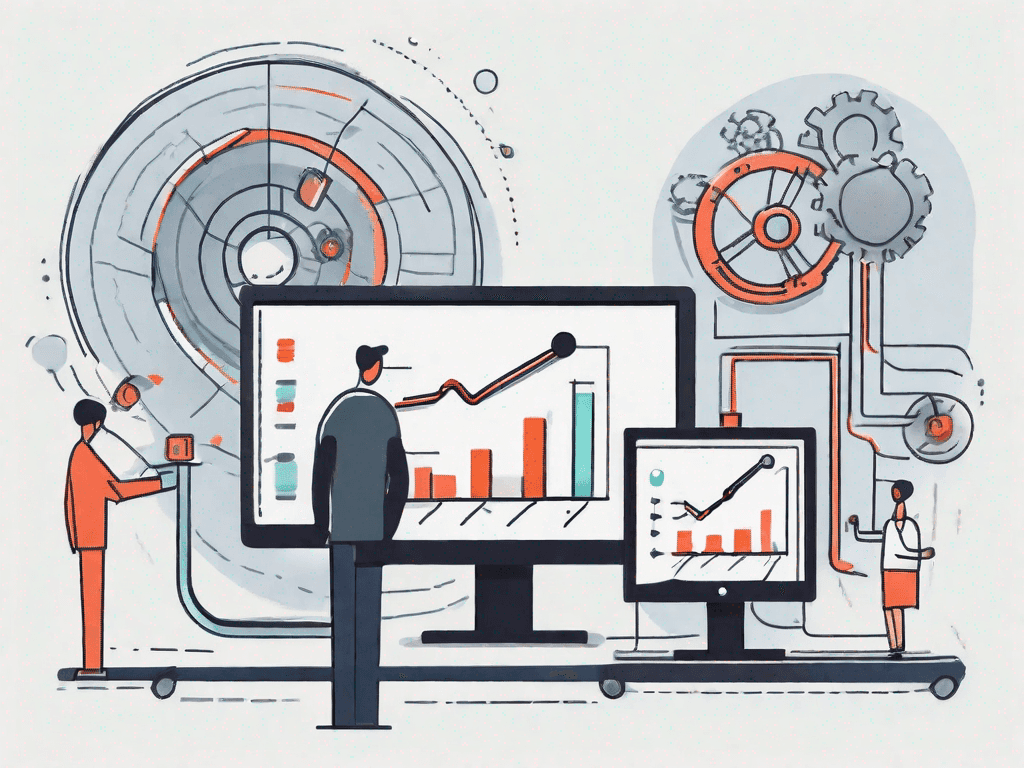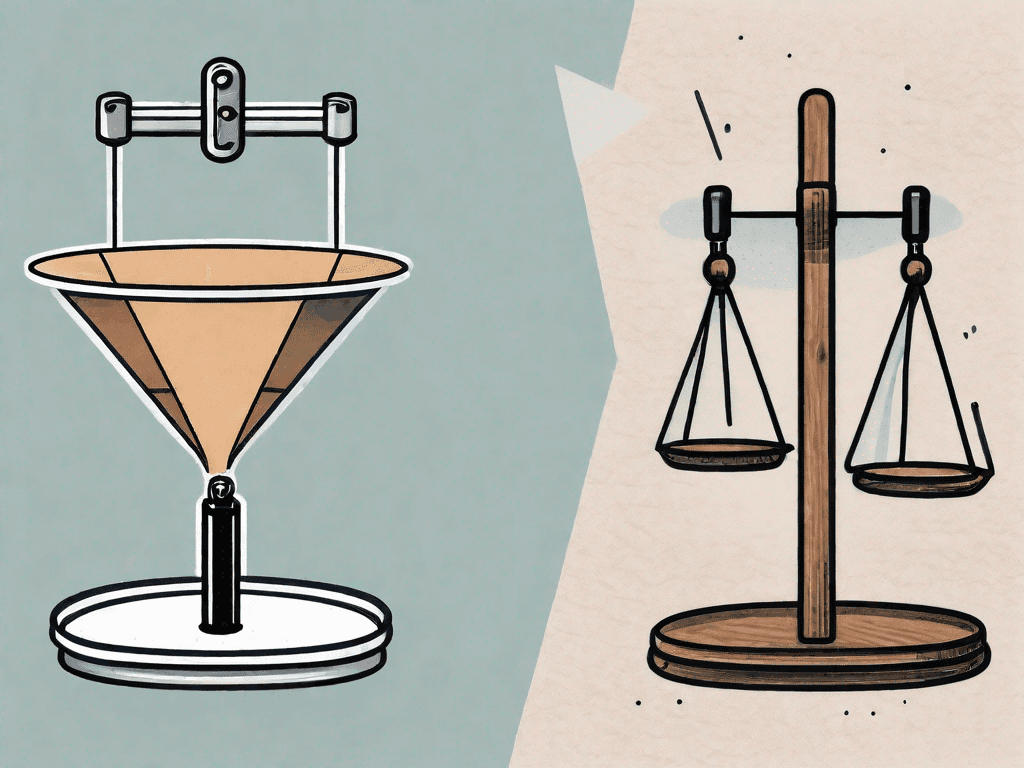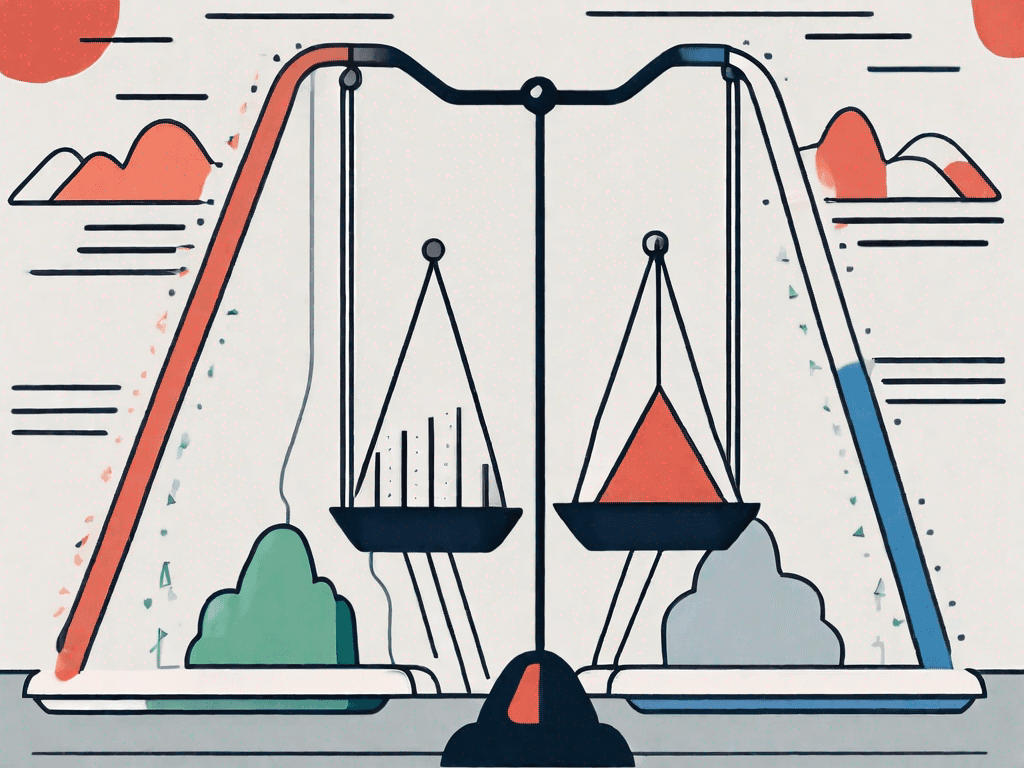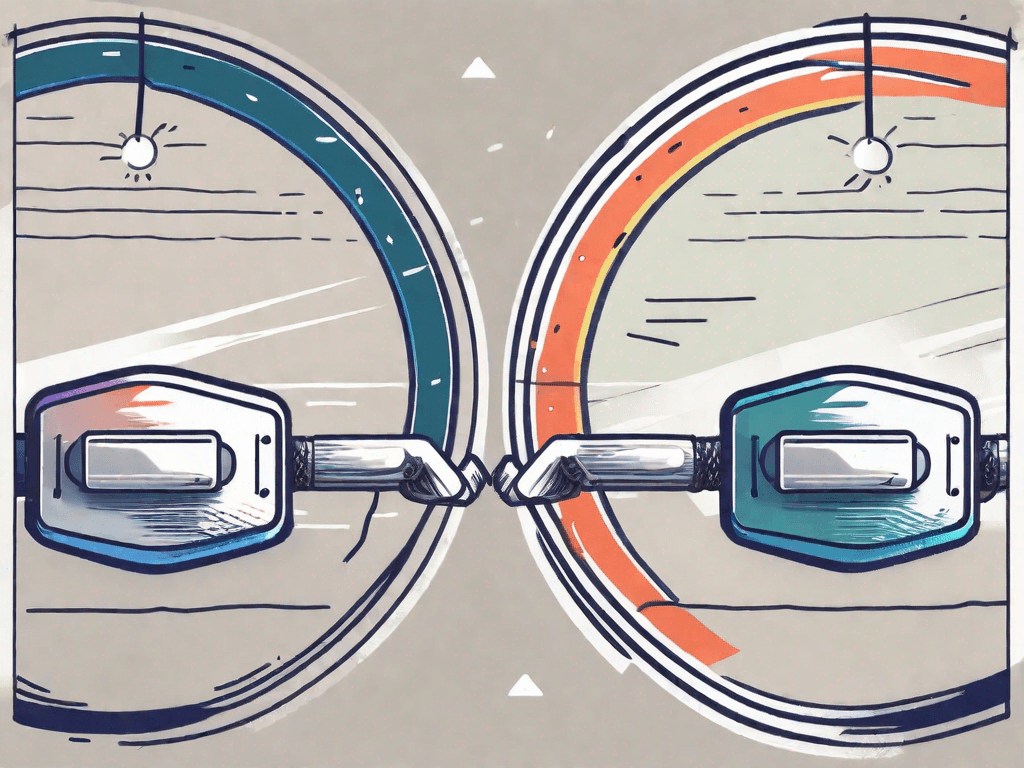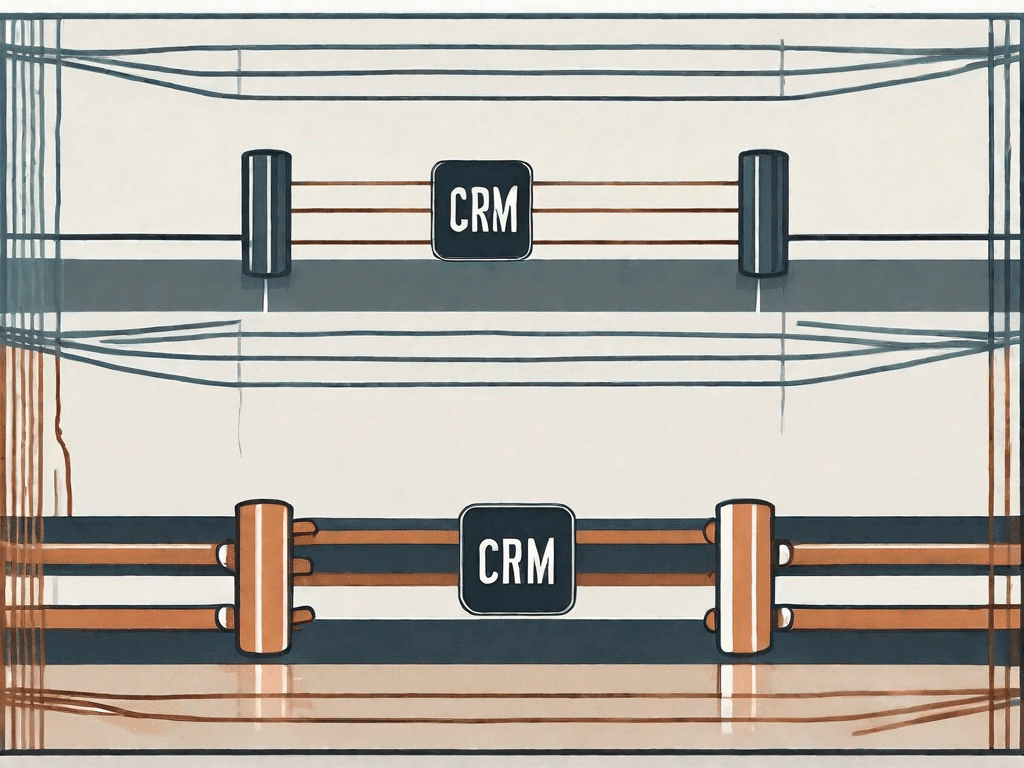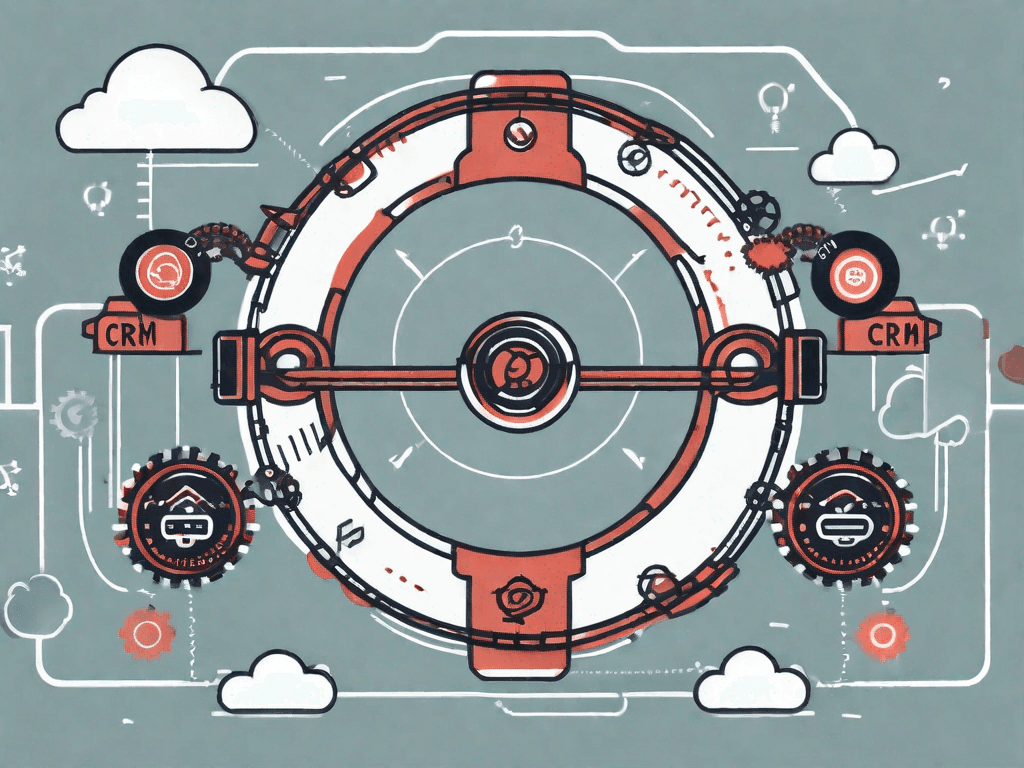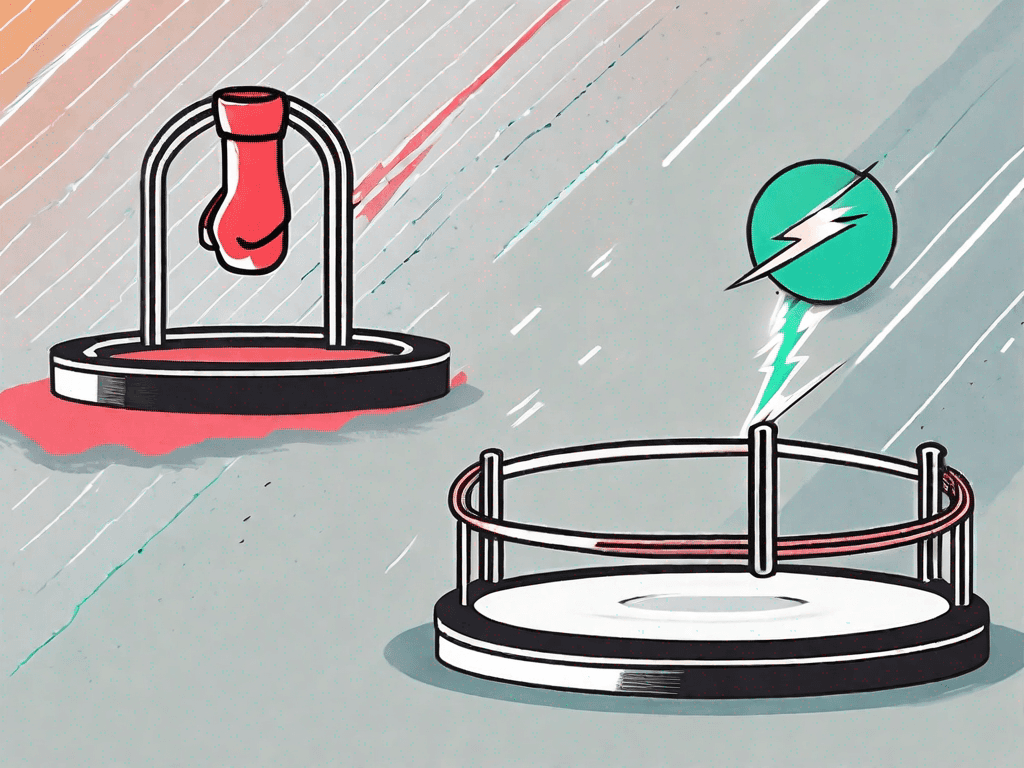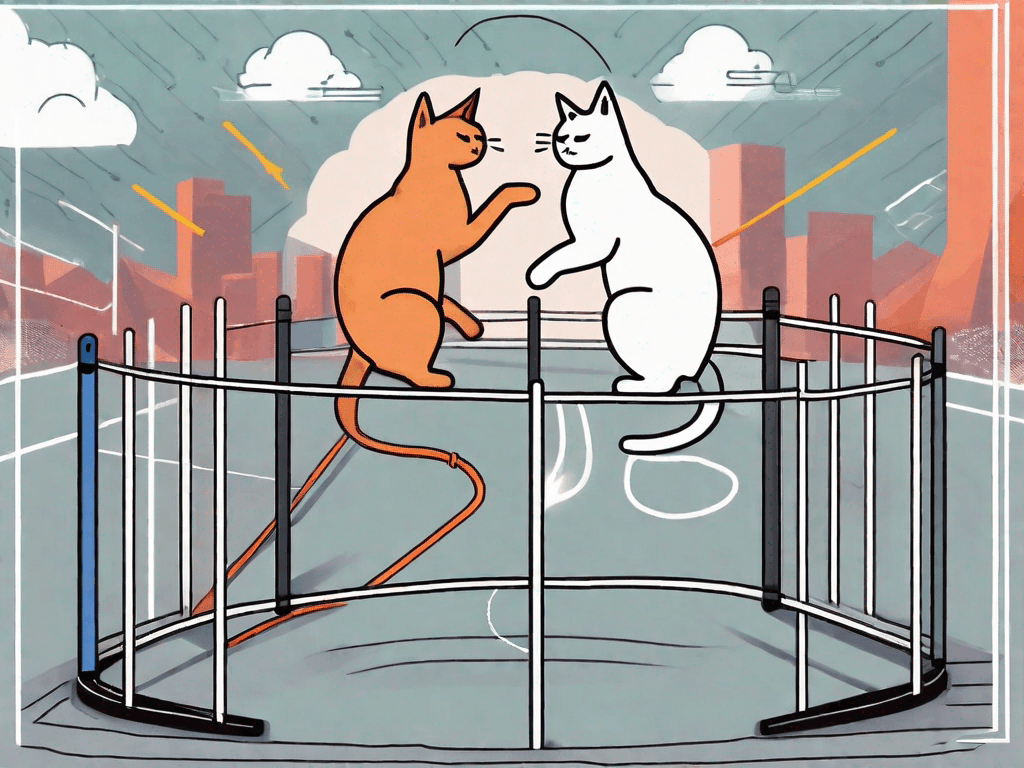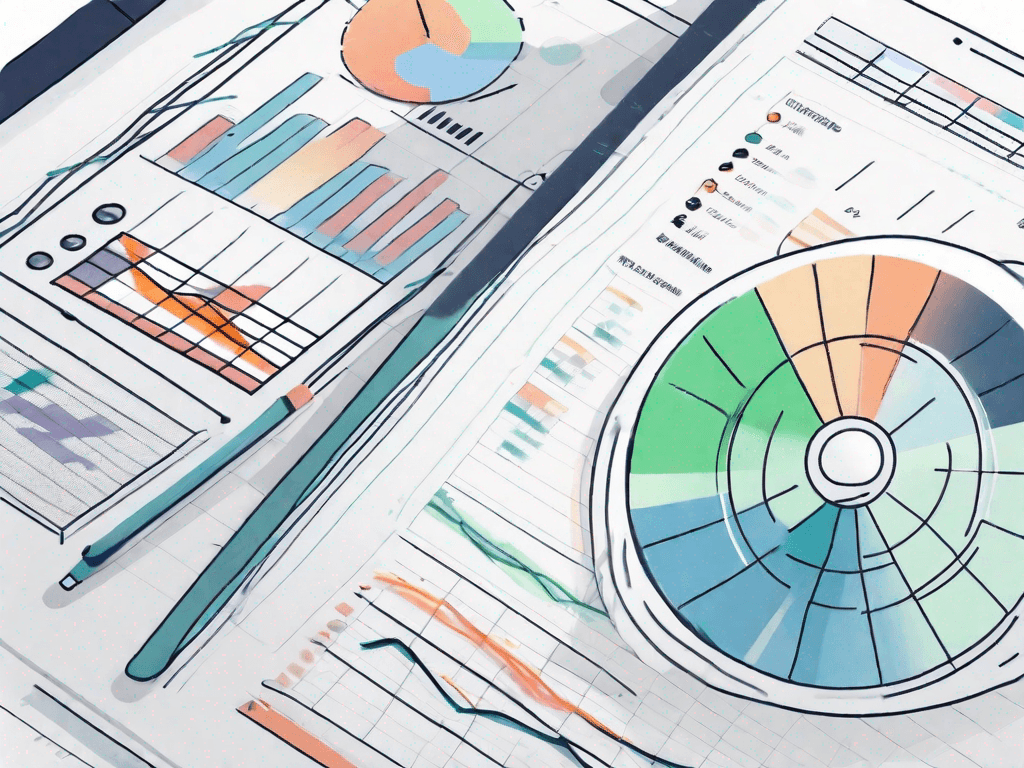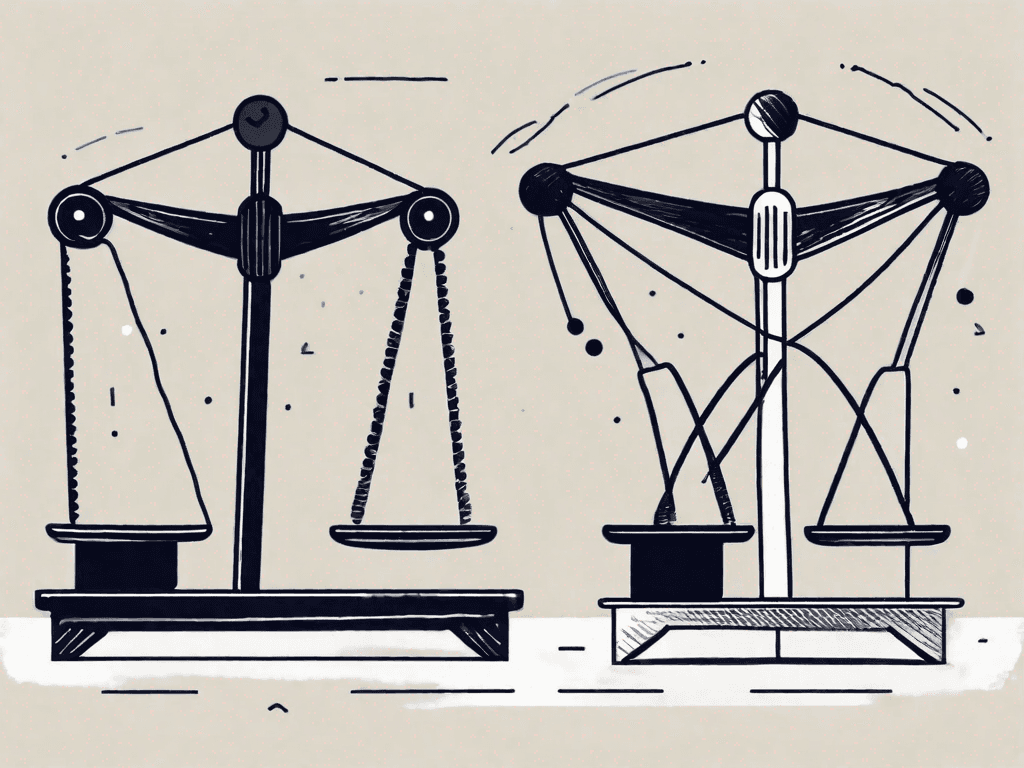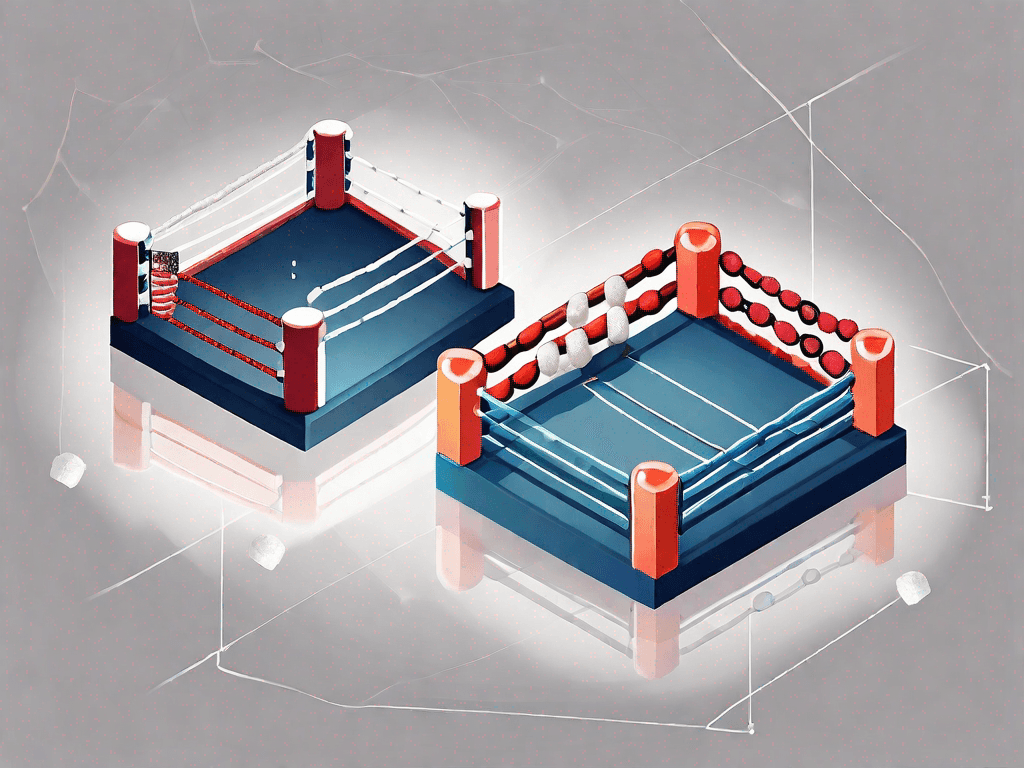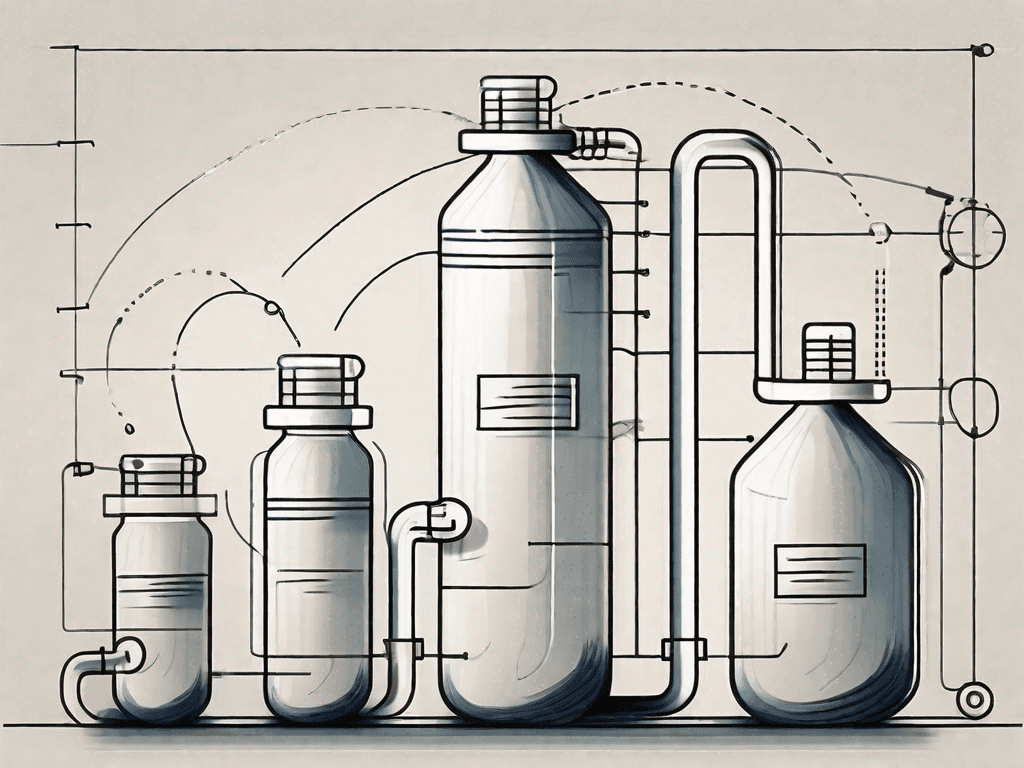
The Ideal Sales Pipeline Template for Sales Reps (SDRs)
The sales pipeline is a vital part of the sales process for any sales representative, especially for Sales Development Representatives (SDRs). It provides a structured framework that helps guide prospects through each stage of the customer journey, ultimately leading to the desired outcome of closing the deal. In this article, we'll explore the ideal sales pipeline template for sales reps (SDRs) and why it is essential for their success
The 7 Sales Pipeline Stages Sales Reps (SDRs) Should Have
Implementing a well-defined sales pipeline is crucial for sales reps (SDRs) to effectively manage their prospects and move them closer to the sale. Let's take a closer look at the seven key stages that make up an ideal sales pipeline:
Stage 1: ProspectThis is the initial stage of the sales pipeline, where sales reps (SDRs) identify potential leads and gather relevant information to qualify them. In this stage, it is crucial to have a targeted approach and focus on high-potential prospects.
During the prospecting stage, sales reps (SDRs) employ various strategies to find potential leads. This may include researching industry-specific databases, attending networking events, or leveraging social media platforms. By casting a wide net and conducting thorough research, sales reps (SDRs) can identify prospects who are most likely to be interested in their product or service.
Once potential leads are identified, sales reps (SDRs) gather relevant information to determine if they meet the criteria for a qualified lead. This information may include the prospect's company size, industry, budget, and pain points. By collecting this data, sales reps (SDRs) can prioritize their efforts and focus on prospects who are most likely to convert into customers.
Stage 2: QualifyOnce the leads are identified, sales reps (SDRs) need to qualify them further to determine if they are a good fit for the product or service. During this stage, it is important to gather additional details about the prospect's needs, budget, and timeframe.
Qualifying leads involves conducting in-depth conversations with prospects to understand their pain points and challenges. Sales reps (SDRs) ask targeted questions to uncover the prospect's specific needs and assess whether their product or service can address those needs effectively.
In addition to understanding the prospect's needs, sales reps (SDRs) also evaluate the prospect's budget and timeframe. This helps them determine if the prospect has the financial resources and urgency to make a purchase. By qualifying leads effectively, sales reps (SDRs) can focus their efforts on prospects who are most likely to convert, saving time and resources.
Stage 3: ConnectAfter qualifying the prospects, sales reps (SDRs) should now focus on connecting with them. This stage involves reaching out via email, phone calls, or social media to establish a rapport and understand their pain points more effectively.
Connecting with prospects requires a personalized approach. Sales reps (SDRs) tailor their communication to the prospect's preferred channel and craft compelling messages that resonate with their pain points. By establishing a genuine connection, sales reps (SDRs) can build trust and credibility, increasing the likelihood of a successful sales outcome.
During the connection stage, sales reps (SDRs) also aim to gather additional information about the prospect's challenges and goals. This helps them further refine their understanding of the prospect's needs and tailor their sales approach accordingly.
Stage 4: DiscoverOnce the connection is established, sales reps (SDRs) need to dive deep into discovering the prospect's challenges and goals. This includes conducting personalized demos or discovery calls to understand how the product or service can solve their specific pain points.
During the discovery stage, sales reps (SDRs) ask probing questions to uncover the prospect's underlying challenges and goals. They listen actively and take detailed notes to ensure a comprehensive understanding of the prospect's needs.
By conducting personalized demos or discovery calls, sales reps (SDRs) can showcase the unique features and benefits of their product or service. They align the product's capabilities with the prospect's pain points, demonstrating how it can provide a tailored solution to their specific challenges.
Stage 5: ProposeAt this stage, sales reps (SDRs) present a tailored solution to the prospect based on their discovered needs. The proposal should highlight the product's unique features and benefits, demonstrating value to the prospect.
When creating a proposal, sales reps (SDRs) ensure that it addresses the prospect's pain points directly. They outline how the product or service can solve the prospect's challenges and achieve their goals. The proposal may include case studies, testimonials, or relevant data to support the value proposition.
Furthermore, sales reps (SDRs) customize the proposal to align with the prospect's preferences and requirements. They consider factors such as pricing options, implementation timelines, and any additional services or features that may be relevant to the prospect's needs.
Stage 6: NegotiateAfter the proposal has been presented, sales reps (SDRs) may encounter negotiation and objections from the prospect. This stage involves addressing any concerns, offering incentives, or adjusting the proposal to meet the prospect's requirements.
Negotiation requires effective communication and problem-solving skills. Sales reps (SDRs) actively listen to the prospect's objections and concerns, seeking to understand their underlying motivations. They respond empathetically and provide solutions that address the prospect's specific needs.
During the negotiation stage, sales reps (SDRs) may need to make concessions or offer incentives to reach a mutually beneficial agreement. They collaborate with the prospect to find common ground and ensure that the proposal meets their requirements while aligning with the company's goals.
Stage 7: CloseThe final stage of the sales pipeline is closing the deal. This involves obtaining the prospect's commitment to move forward with the purchase and completing all necessary paperwork or contracts.
Closing a deal requires effective sales techniques and persuasive skills. Sales reps (SDRs) guide the prospect through the final steps, addressing any remaining concerns and providing reassurance. They emphasize the value and benefits of the product or service, reinforcing the prospect's decision to move forward.
Once the prospect is ready to commit, sales reps (SDRs) facilitate the necessary paperwork or contracts. They ensure a smooth transition from the sales process to the implementation or onboarding phase, setting the stage for a successful customer experience.
Example of the Customer Journey in a Sales Pipeline for Sales Reps (SDRs) Step-by-Step
Let's walk through an example of how the customer journey unfolds within a sales pipeline for sales reps (SDRs):
Jane, an SDR at XYZ Company, starts by identifying potential prospects who match their ideal customer profile (ICP). She gathers information such as company size, industry, and job titles to determine if they are a good fit.
Once qualified, Jane reaches out to the prospects via personalized emails and follow-up phone calls. She establishes a connection with them and sets up discovery calls to understand their challenges better.
Based on the information gathered during the discovery calls, Jane prepares a tailored proposal that showcases how XYZ Company's product can address the prospects' pain points. She highlights specific use cases and success stories from similar clients.
During the negotiation stage, Jane addresses any concerns or objections raised by the prospects. She offers incentives, such as a limited-time discount or additional features, to sweeten the deal and overcome objections.
Finally, Jane secures the commitment from the prospects, guiding them through the necessary paperwork and ensuring a smooth transition to the next stage of the sales process, which involves the account executive taking over to close the deal.
Why Sales Reps (SDRs) need this Sales Pipeline Template?
Implementing an effective sales pipeline template can greatly benefit sales reps (SDRs) in several ways. Let's explore some of the key reasons why every SDR should use a well-defined sales pipeline template:
3.1 - You'll save time prospecting and nurturing leads as Sales Reps (SDRs).
With a structured sales pipeline template, SDRs can streamline their prospecting efforts and focus on high-potential leads. Each stage of the pipeline serves as a guide, ensuring that prospects are qualified before investing valuable time in nurturing them.
3.2 - You'll grow revenues faster by increasing your sales outreach.
A well-defined sales pipeline enables SDRs to identify bottlenecks and areas for improvement. By optimizing each stage of the pipeline, SDRs can improve their sales outreach, resulting in higher conversion rates and increased revenues for the company.
In conclusion, a well-defined sales pipeline template is essential for sales reps (SDRs) to efficiently manage their prospects and drive sales. By implementing the seven key stages of the sales pipeline and leveraging it as a roadmap, SDRs can navigate the customer journey successfully and close deals effectively.



